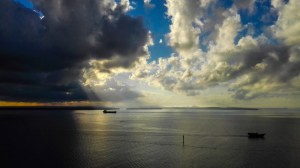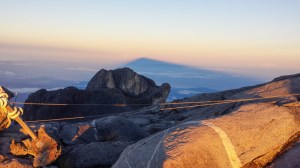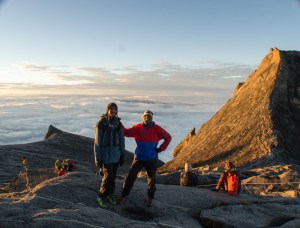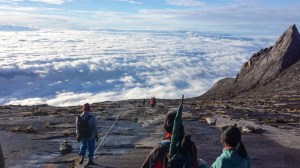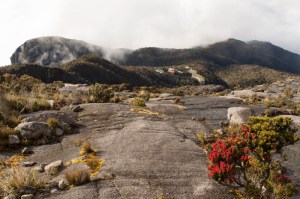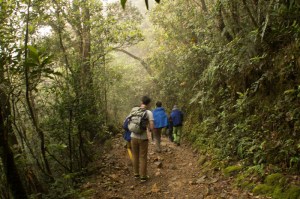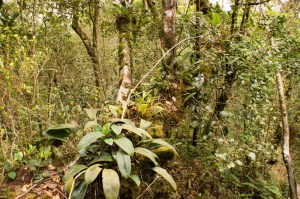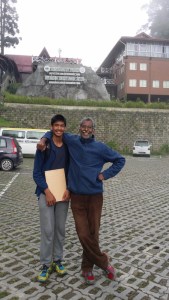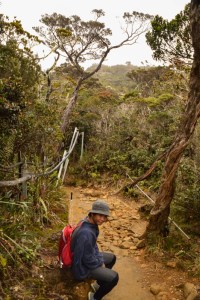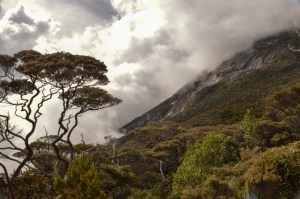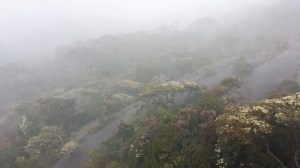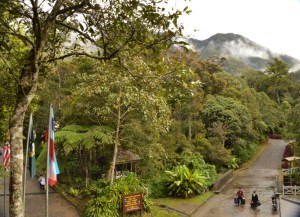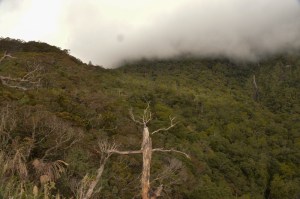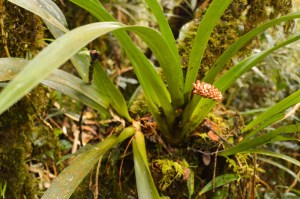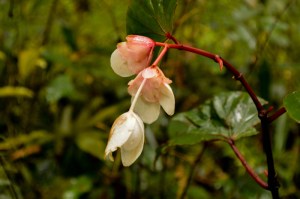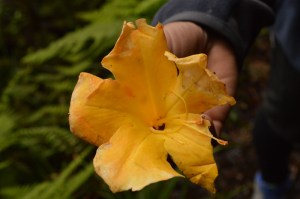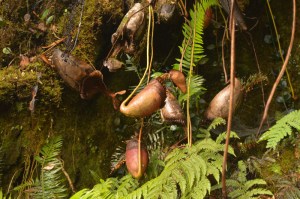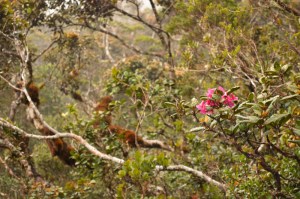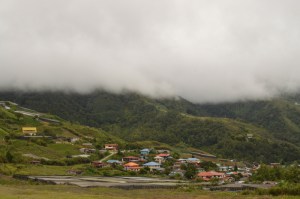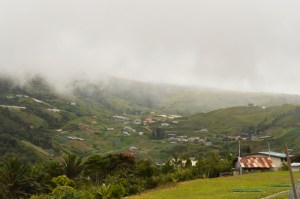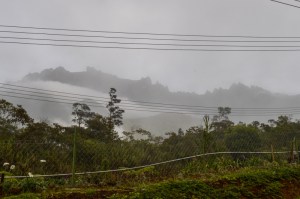- Introduction
- Getting there
- Accomodation
- How many days do you need
- My journey
- Things to do in Taman Negara
- Other things to do
- Summary
Introduction

Taman Negara, in Gunung Tahan Range between the great Titiwangsa and Eastern Ranges, established around 1939 covered over 4300sq km encompasses three states – Kelantan, Pahang and Terengganu. Its tropical rain forest jungle is estimated to be over 130 million years old. Everything about this park spells nature – flora, fauna and culture. One of the most biodiverse on the planet. Plus a variety of adventure and exploration. The highest mountain is Gunung Tahan. Native tribes (orang asli) live within the park. Kuala Tahan is the entry point into Taman Negara. The park boast a spectrum of native animals, both rare and endemic, including Elephants, Tigers, Gaur, Tapir, Seladang, Serow, Barking Deer and many more. Besides elephants and deer, nearly all are rarely seen. There are over 360 species of birds. The most noticeable are the stately hornbills. Then, there are a diverse flora evolving over 130 millions with no disturbances.

Getting there
Taman Negara/Kuala Tahan is easily accessed from Jerantut (arrive by train from Gemas or Tumpat on the “Jungle Train”). From Kuala Lumpur to Jerantut, buses (4hrs) are available. I prefer the train. Two journeys are required, KL to Gemas (2.5hrs) and another from Gemas to Jerantut (3.5 hrs). I would highly recommend taking the 2 hr boat ride from Kuala Tembiling (30 minutes from Jerantut) to Taman Negara/Kuala Tahan, if they are operating. Otherwise, buses or private shuttles.
Accomodation
Mutiara Resort (luxury) is the only accommodation (with restaurant) within the park. However, several budget to mid-range places can be found in Kuala Tahan. Visitor numbers can be high, so early booking is recommend.
How many days do you need
At least 2 nights to do several activities listed here. Anyone keen to spend more time jungle trekking or birding, 3 nights would be ideal.
My journey
Due to covid (about 2 years), many establishments had ceased. My original plan was to arrive in Jerantut by train (as part of my ‘jungle train’ experience) and make my way to Kuala Tembeling. Then catch a 3 hour boat ride to Kuala Tahan. The boats were not operating. This would have been an adventurers way to get into the park. Even public transport by local bus was non-existent. I managed to contact NKS (a local private road transport and tour operator). As expected, the cost was high with no other travellers. I took it with no options left.
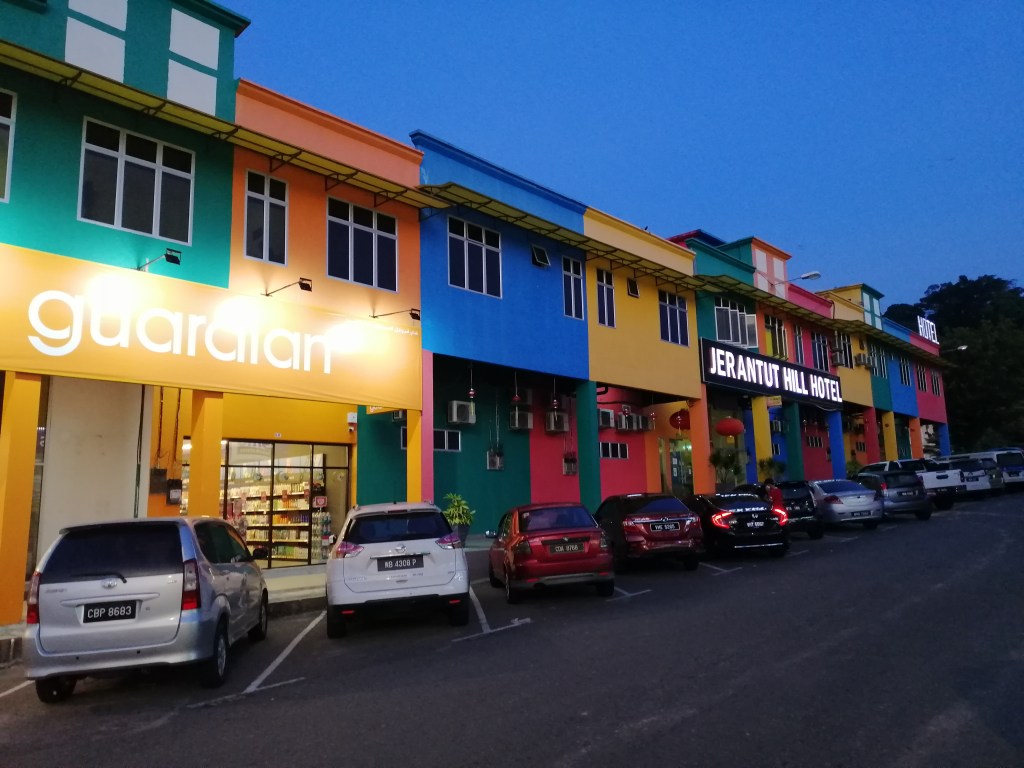
Jerantut was cool and quiet at dawn. I was the only passenger today when the NKS shuttle arrived at 7am (cost RM$80). We initially took the 58km journey to Kuala Tahan on the Jerantut-Maran Road. After a while we crossed a bridge over a very muddy Pahang River and veered off into route 2308 towards Padang Piol Felda Settlement. I was excited to be here. However, on the road, we passed several timber lorries loaded with logs and huge acreages of palm oil cultivation. I was completely perplexed (or rather utterly deflated) with venturing into a National Park! It was quite ironic. Forest appeared sporadically. It was quite stunning when the sun filtered through the mist around the tree canopies.

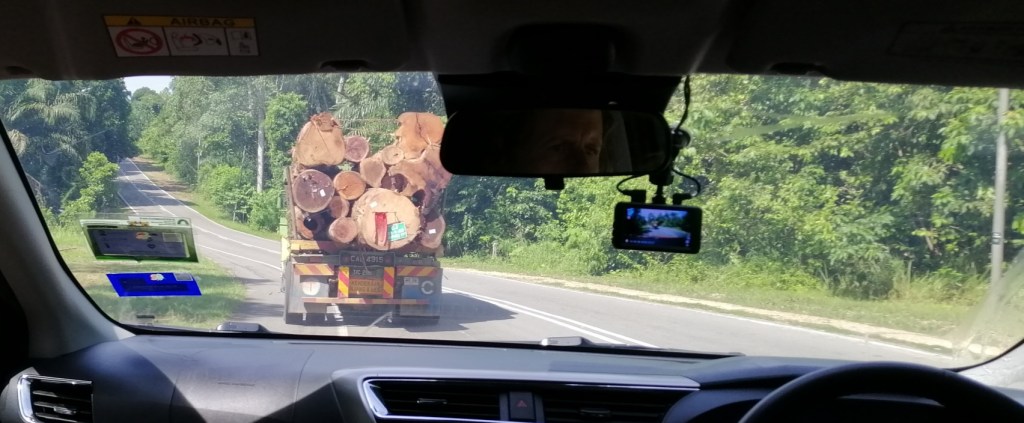
I could see tall trees in the horizon as we crossed a bridge over Tekai River. My spirits lifted with the sight of the dense tropical forest. We passed an assemblage of street stalls, mostly operated by Malays. I finally reached the roads end – Kuala Tahan, the gateway to Taman Negara. The tea coloured Tembeling River was high, with the banks nearly overflowing, and fast flowing resulting from recent rains. A collection of rustic floating boat houses were anchored to the shore. Only 3 were operating with a small canteen. I was overwhelmed to be here. Circumstances had prevented me from venturing here when I was younger and living in Malaysia. Long boats with outboard motors and brightly coloured life vest lined the shore. The terracotta roofs of Mutiara Resort, the only accommodation within the park, laid amongst lush green trees.
Kuala Tahan, at the confluence of Tahan and Tembiling Rivers, is a ramshackle of accommodation and street stalls. Malays and mix of aborigines lived on the outskirts of town dotted along the river. Tembiling River is the pulsating heart of this village. Taman Negara is its economic provider.


After breakfast – roti canai and kopi tarik at a floating restaurant, I jumped into a small boat (RM$1) and crossed the swollen dark tea-coloured Tembiling River. I booked my accommodation at Mutiara Resort. I taught I’d enjoy some luxury this time. Several packages were offered but I choose room only and organised selected activities at the resort. It worked out to be cheaper. The resort itself had only just opened for business. Perhaps 2-3 weeks, due to covid restriction. There are several accommodations in Kuala Tahan and they also organised activities and boat rentals.


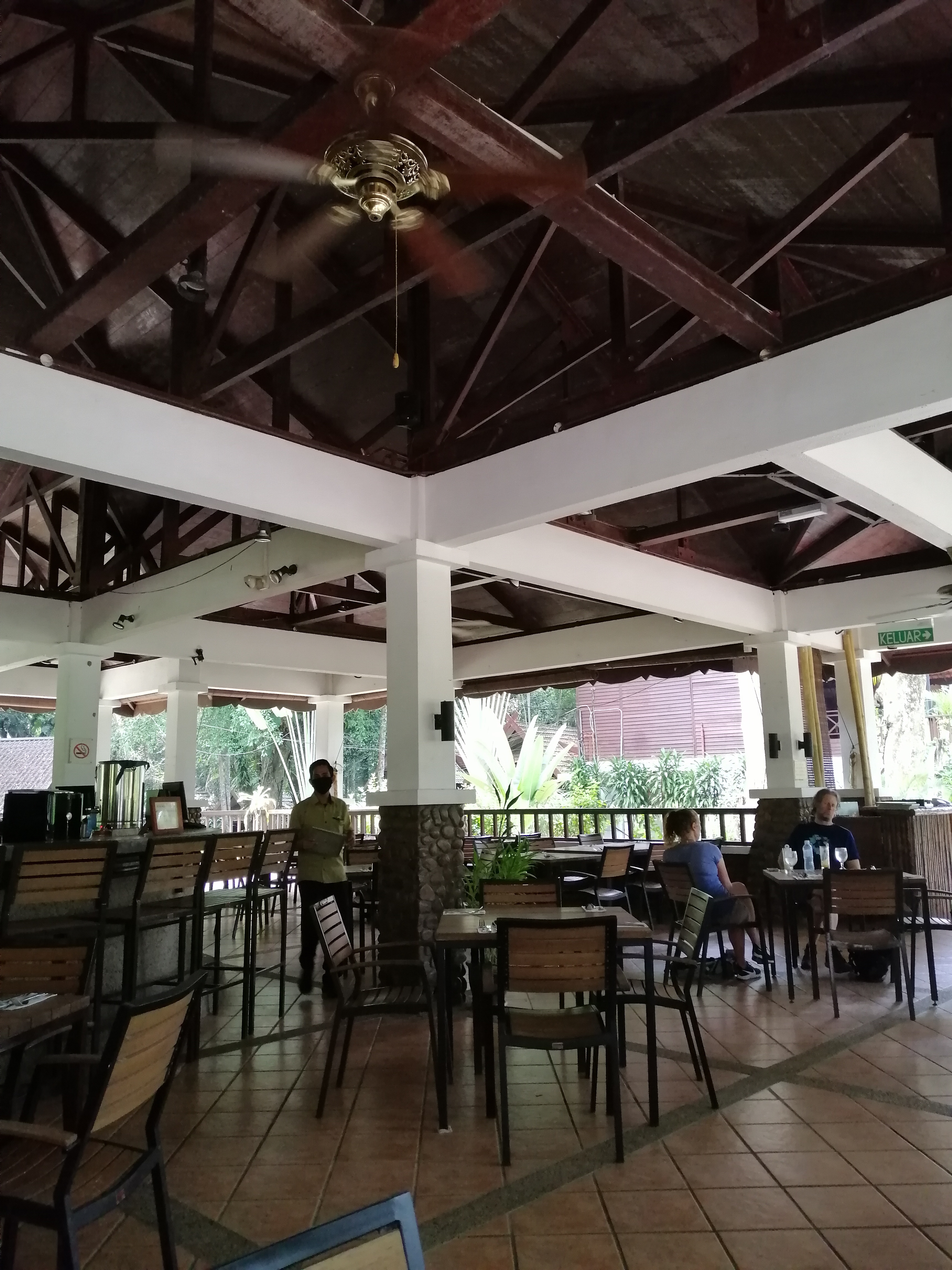

From the jetty, up a flight of steps, I entered Taman Negara at 9am. Permit cost RM$1 purchased at the Park HQ (RM$5 for camera). Mutiara is a collection of chalets set within the jungle. The staff here also organised several activities. My stay is 3D2N. At the top of the steps, I watched boats ply across the fast flowing muddy river. Boat operators busily prepared for afternoon tours. It was such a tranquil environment – sweet smell of damp earth; deafening cacophony of creatures of the jungle; breath of fresh oxygenated air; calming sights of flowing water and absence of traffic noise. Positive effects of being in nature.
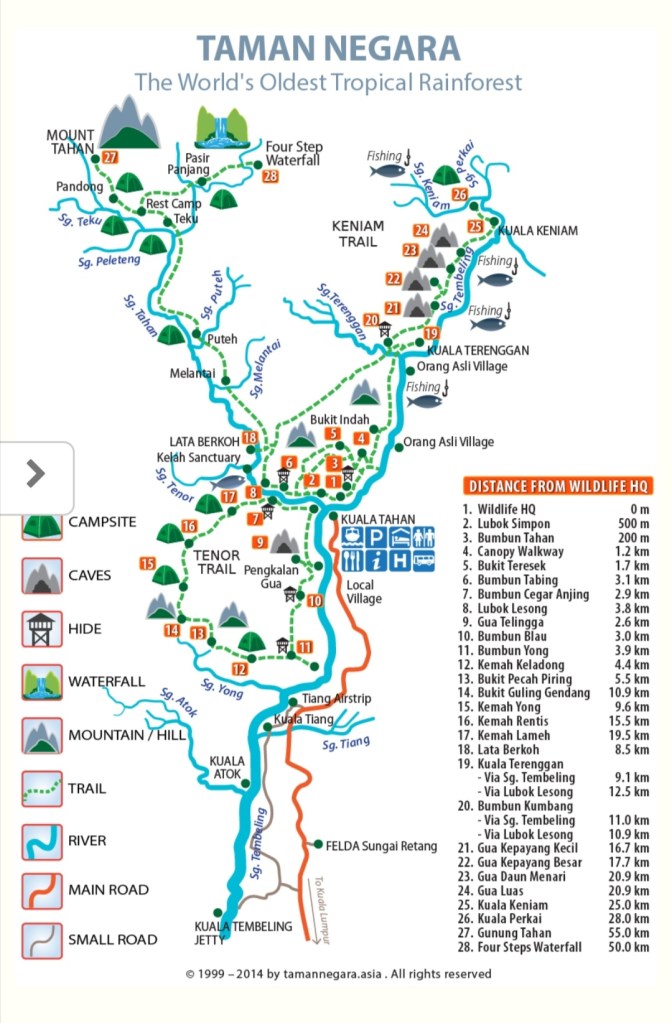
Things to do in Taman Negara
A variety of activities is on offer by Mutiara Resort, Tour agents and local residents (local accommodations in Kuala Tahan and boatman). Most activities can be organised on the day of arrival. However, some activities require a minimum number of participants or paid in full.
Hike to Teresek Hill
Having arrived too early, I decided to jump into an activity – guided (included with my room) hike to Teresek Hill followed by Canopy Walk. Hiking in NZ is quite different to tropical Malaysia – not only to contend with slippery and muddy tracks, high humidity but worst – leeches! The wetter the season, the higher the numbers. I was prepared. A bar of 555 soap and detol. I applied both-onto my shoes and socks. The jungle sound in the morning is loud. The initial part of the track is walking on wooden pathways surrounded by dense forest. Elephant path and dung laid strewn only half hour outside Mutiara. The ground is littered with leaves in various stages of decomposition. Amongst them, torch ginger with their unique flowers.


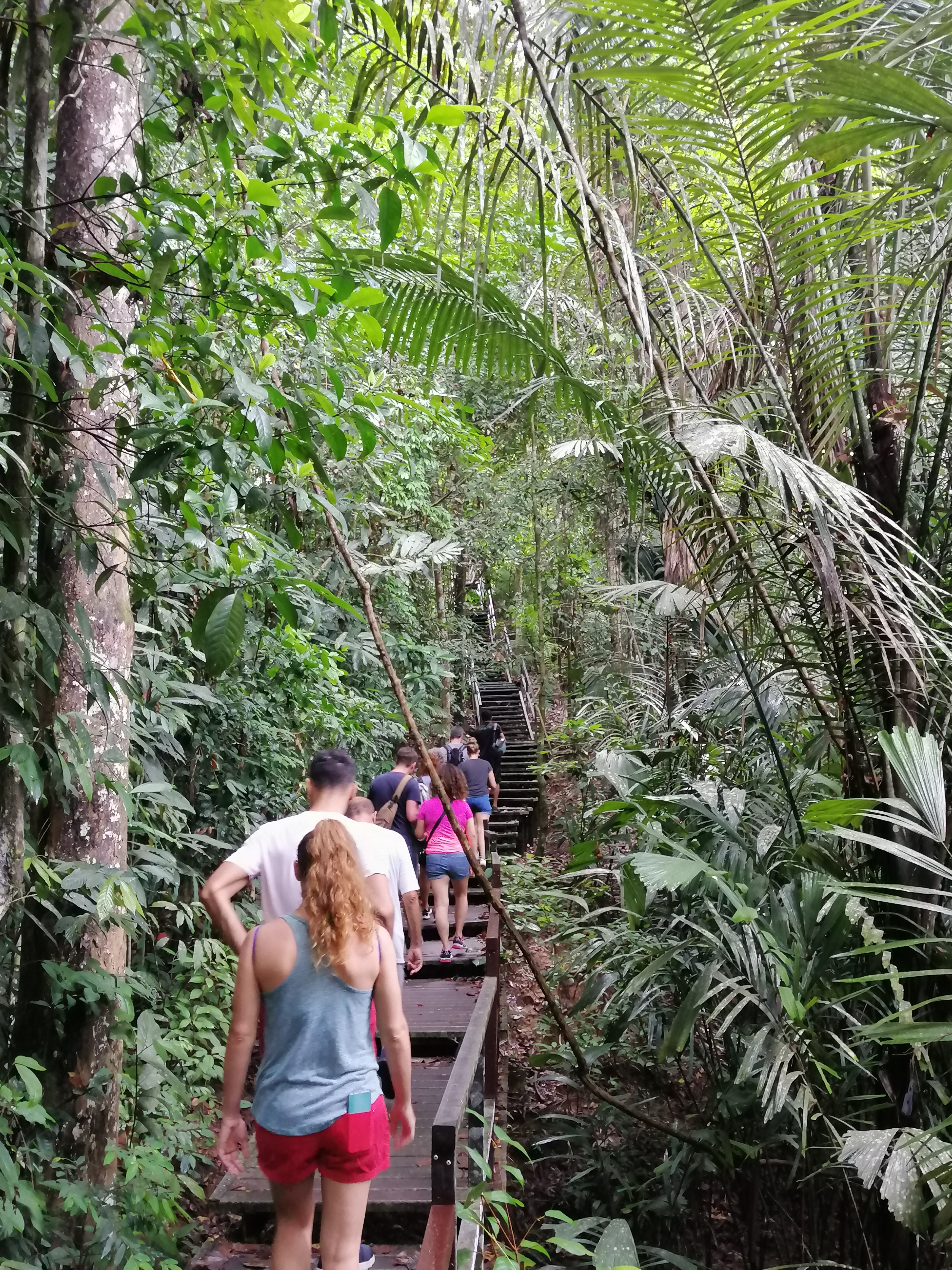
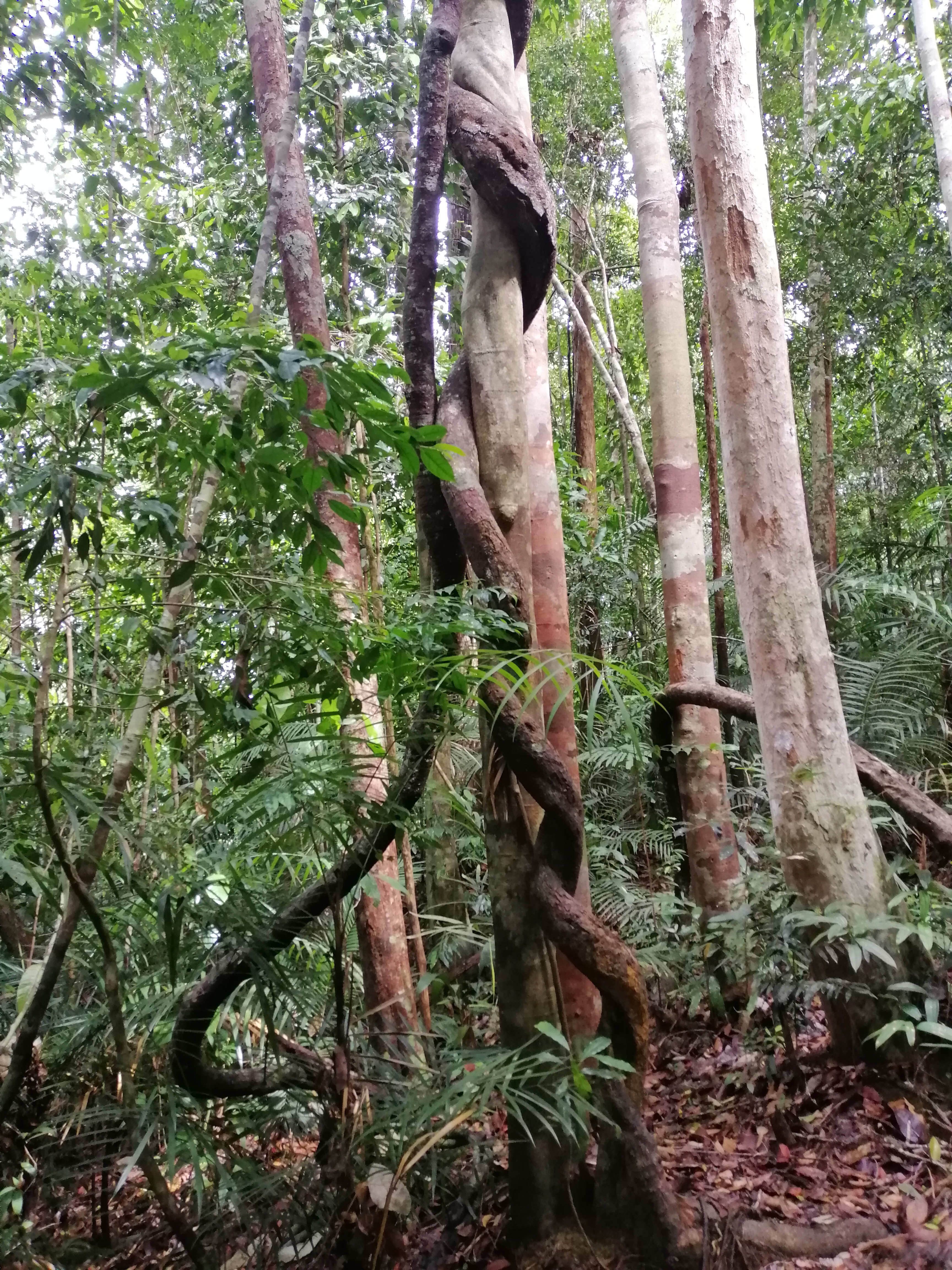
The sounds of the jungle is constant. The creatures, well camouflaged. Trees in the jungle grow straight for the light. The undergrowth is generally bare. Fungi played an important role in breaking down decaying materials and feed the jungle. Palms are plentiful. Prickly thorn of the rattan crept up trees. We came upon a magnificent specimen of Mengkudor tree. By looking at its impressive buttress roots, this tree is old. Ficus trees, clang up a tree trunk. An Ipoh tree with several cut marks indicate the poisonous sap had been ‘harvested’ by the Orang Asli (indigenous) for hunting. Walking on boardwalks under a filtered sun and surrounded by lush greenery was enjoyable. Gradually, with about 900 meters to go, steps appeared as elevation increased. The sharp thorns of the creeping rattan should be given a wide berth. Boardwalk ended with another 500 metres.
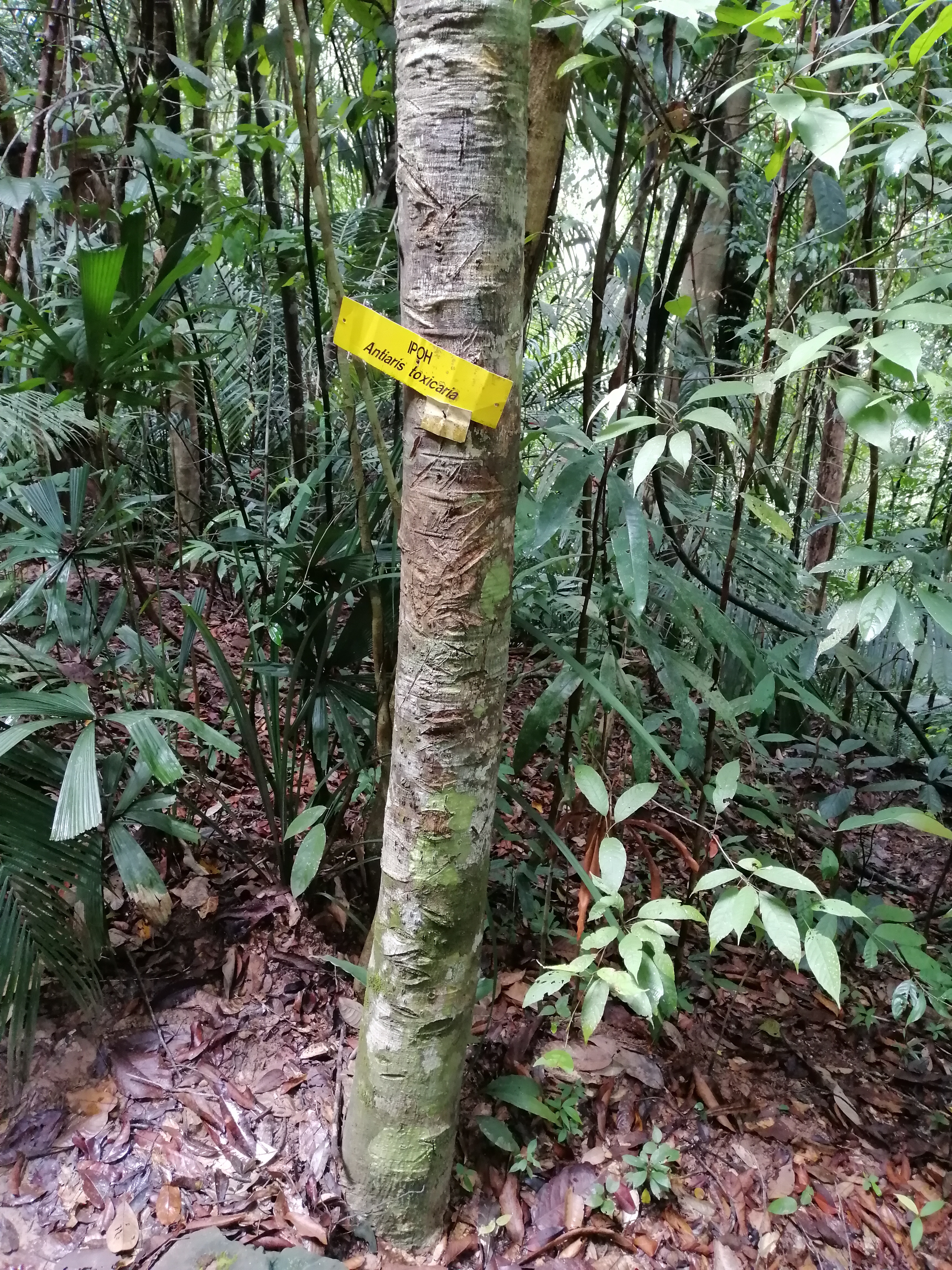
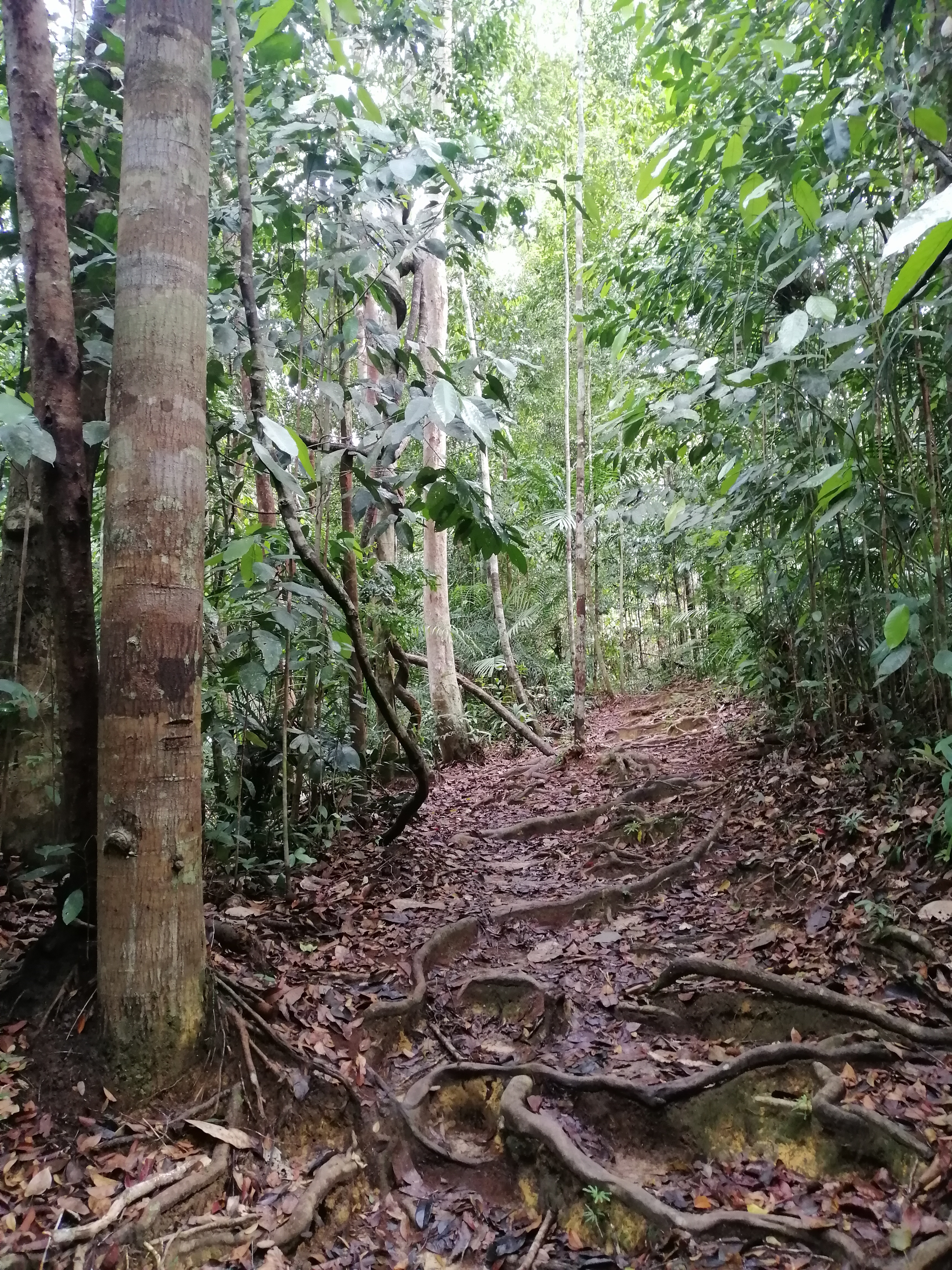
The track is now earth with exposed tree roots and rotting leaves. Industrious ants formed a line across the path. Some do bite inducing terrible pain. Best left undisturbed. At the first view point, fast flowing muddy Tembiling River and hazy tree canopies and outcrops were visible. Fortunately the heavy rains that flooded Tembeling River had retreated. The track was dry and encountered very few leeches. Towards the top of the hill, juvenile trees stood like sentinels in numbers. We reached a clearing – Teresak Hill, at 344 meters, after 1.5 hours hike. Drenched from the humidity.

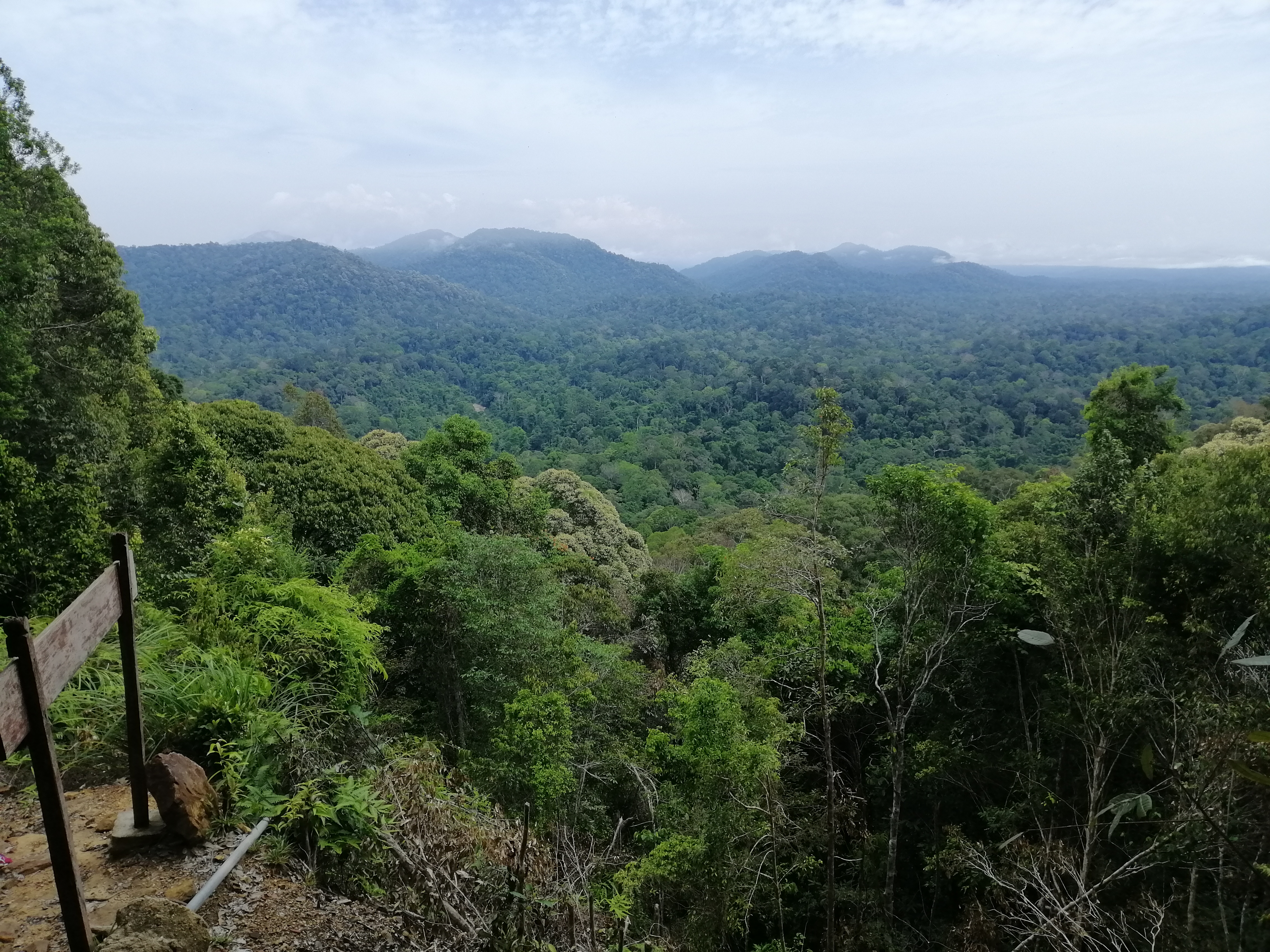
The grandeur of Taman Negara is on display – lush dense virgin jungle as far as the eyes can see. The textures, colours and structures created a mosaic of green. Several peaks appeared in the distance including Gunung Tahan, highest in peninsular Malaysia. Tahan River slithered under the tree canopies. A variety of bird calls including hornbills are heard but not seen. The walk here is easy with, surprisingly, very few leeches. Another track led downhill towards Tahan River completing a loop back to Mutiara. However, we returned the same way and proceed towards the Canopy Walk.
Canopy Walk
Descending from Teresek Hill, we made our way on mostly boardwalks towards the Canopy Walk. A series of suspension rope bridges and platforms, 40m above ground and stretching about 530m. The bridges are tied around tree trunks. The issue with the canopy walk is crowds. The rope bridges can only be accessed by a few at any given time. Therefore, waiting time is long if big crowds. Not the best for viewing, if any, wildlife. It opens at 10am with RM$5 charge. Get here early, 0930, to avoid crowds especially tour groups.


My group of 15 were the only ones here today. I walked last and managed to get plenty of time observing, always optimistic, of seeing something. The feeling of being amongst tree canopies gave a bird’s eye view of the forest floor. Bird songs are within earshot but mostly hidden. The moisture laden air is fresh. The perspective changes from one platform to another. Then is a short 1.7 km walk back to Mutiara/Park HQ.
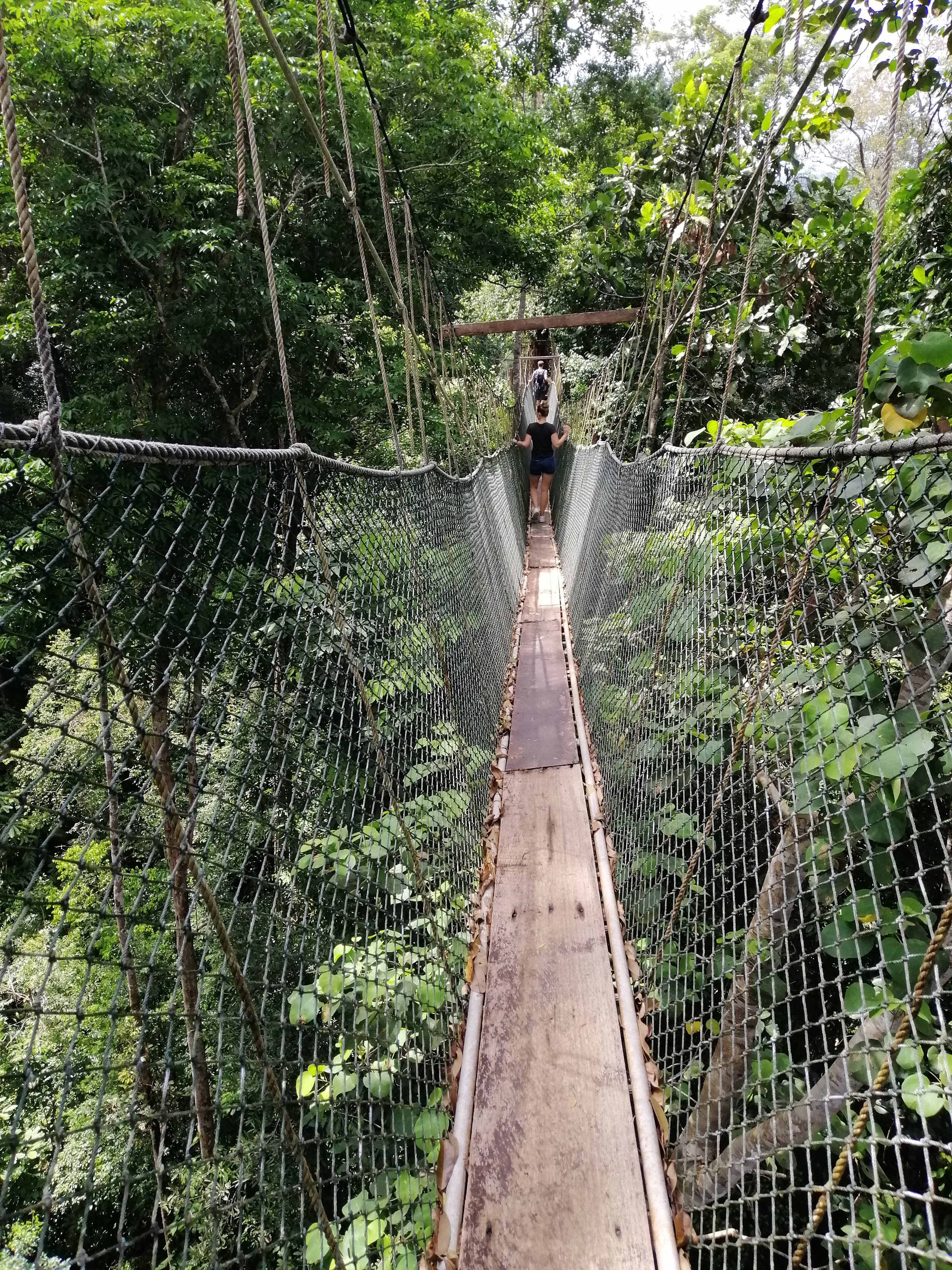

Lata Berkoh and Kelah Santuary
After a typical nasi lemak lunch at Mutiara’s restaurant, I organised a boat trip to Lata Berkoh. It cost RM$240 (4 pax)/boat. I signed up with just me hoping to get a few more. This trip can also be organised through the boatmen at the jetty. Eventually, there were three of us. We departed at 2.30pm. Just a short distance on the swollen and muddy Tembiling River, we travelled upstream into Tahan River.
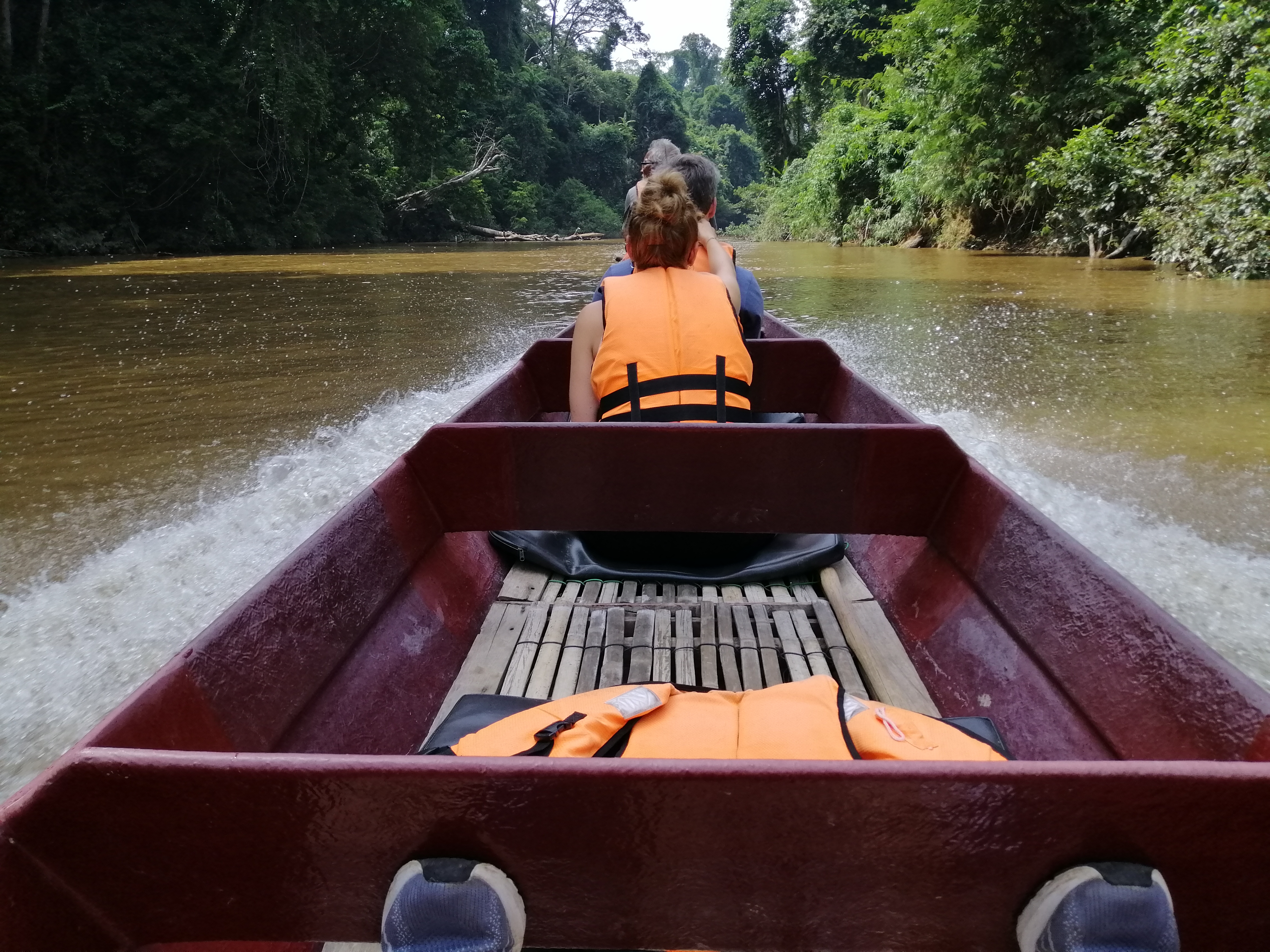
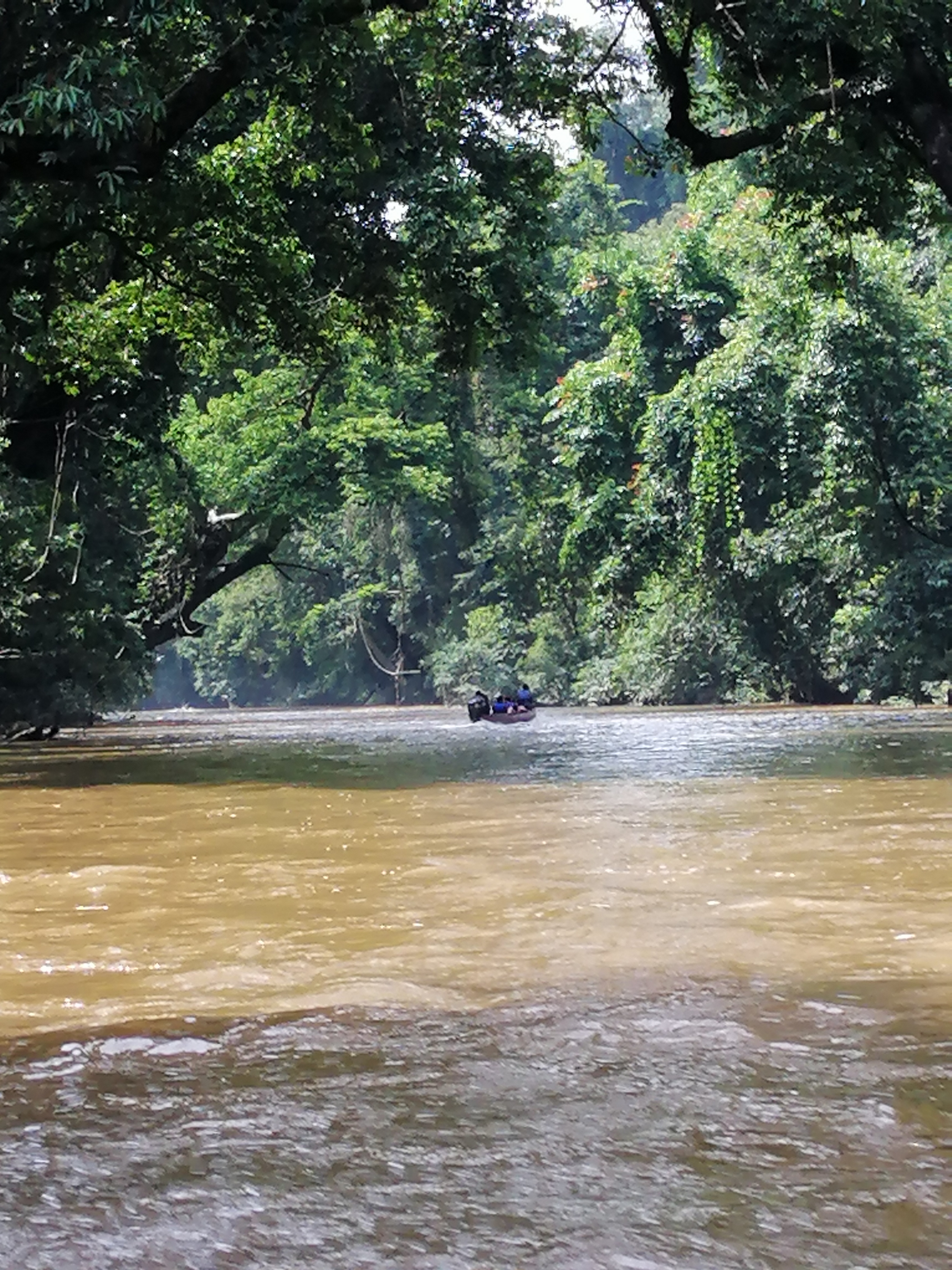

It was shallow, clearer and much calmer. We immediately entered the dense tropical rain forest. Trees were so dense beyond the shores. Trees hung over the meandering river. In several area, the water flow over rapids were fast. However, our experienced boatmen expertly managed to get through with little incident other than water splashing onto the passengers. The fast ride over a swift river was exhilarating. Sharp manoeuvres were employed to negotiate the rapids on this winding river. Some places were so shallow, the pebbles were churned up.
Stopped at a grand old, est 700 yrs, Tualang tree. It is a stunning specimen. There are several around but this one is closest to the river. Its straight trunk is perfectly round supported by a wide buttress root. Next stop, Kelah (type of fish) feeding and watching. With opaque and high water level, only the dives were observed. Back on the river, several manoeuvres over fast flowing rapids gave me an adrenaline rush. Away from the fast flowing waters, tannin – leeching of organic forest materials, gave rust coloured surfaces. The filtered sun gleamed against this tanin rich waters.
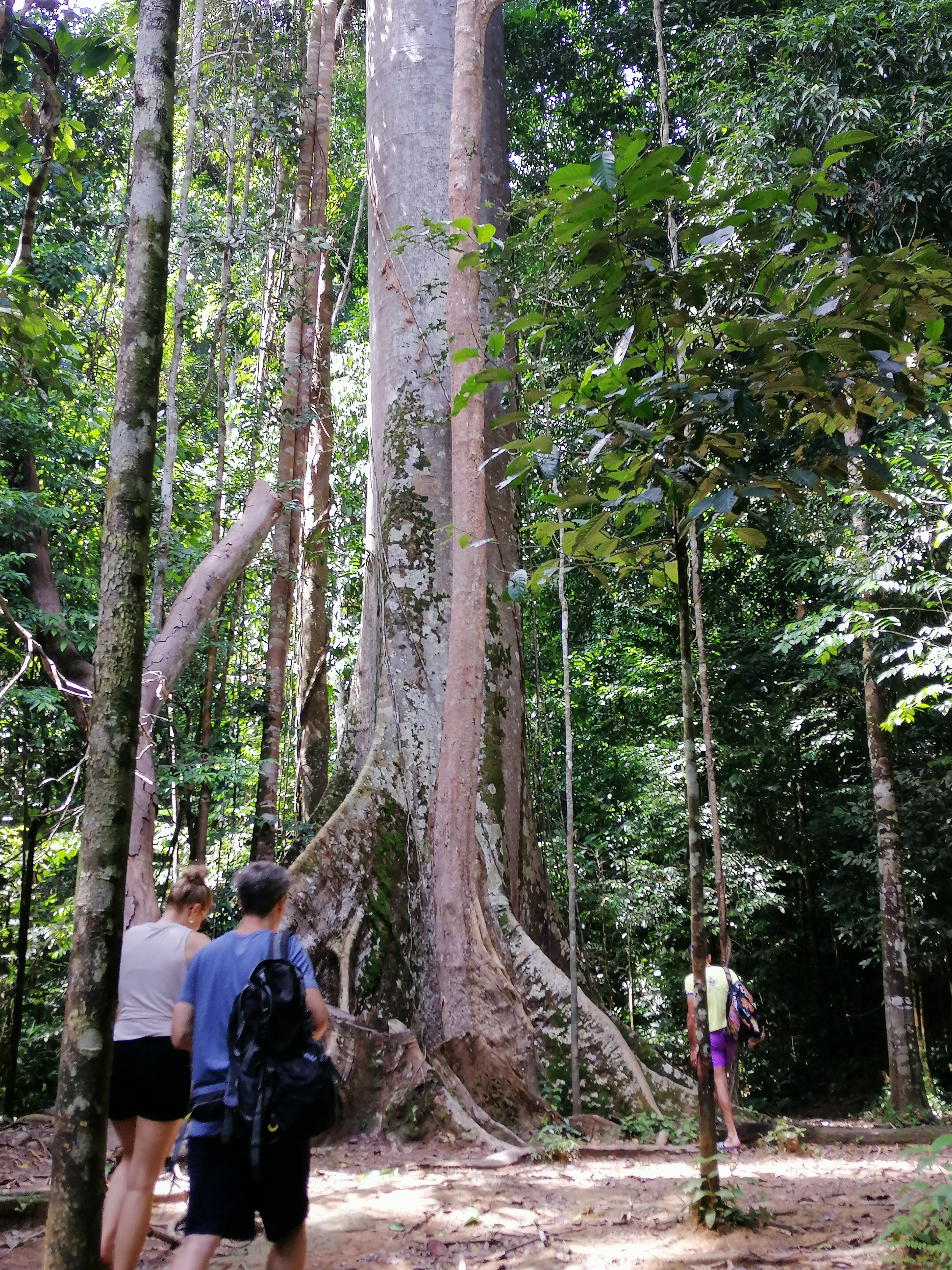
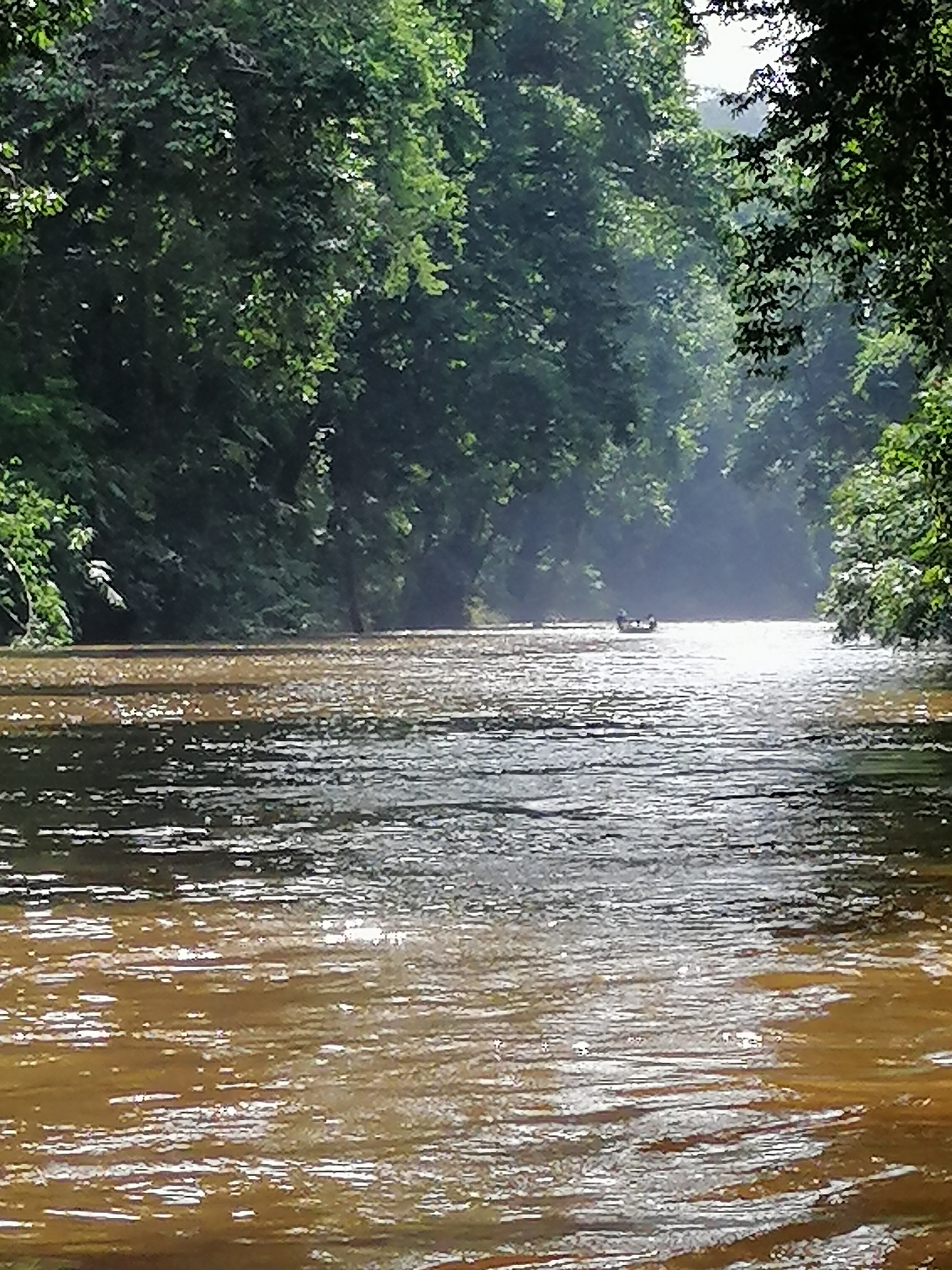
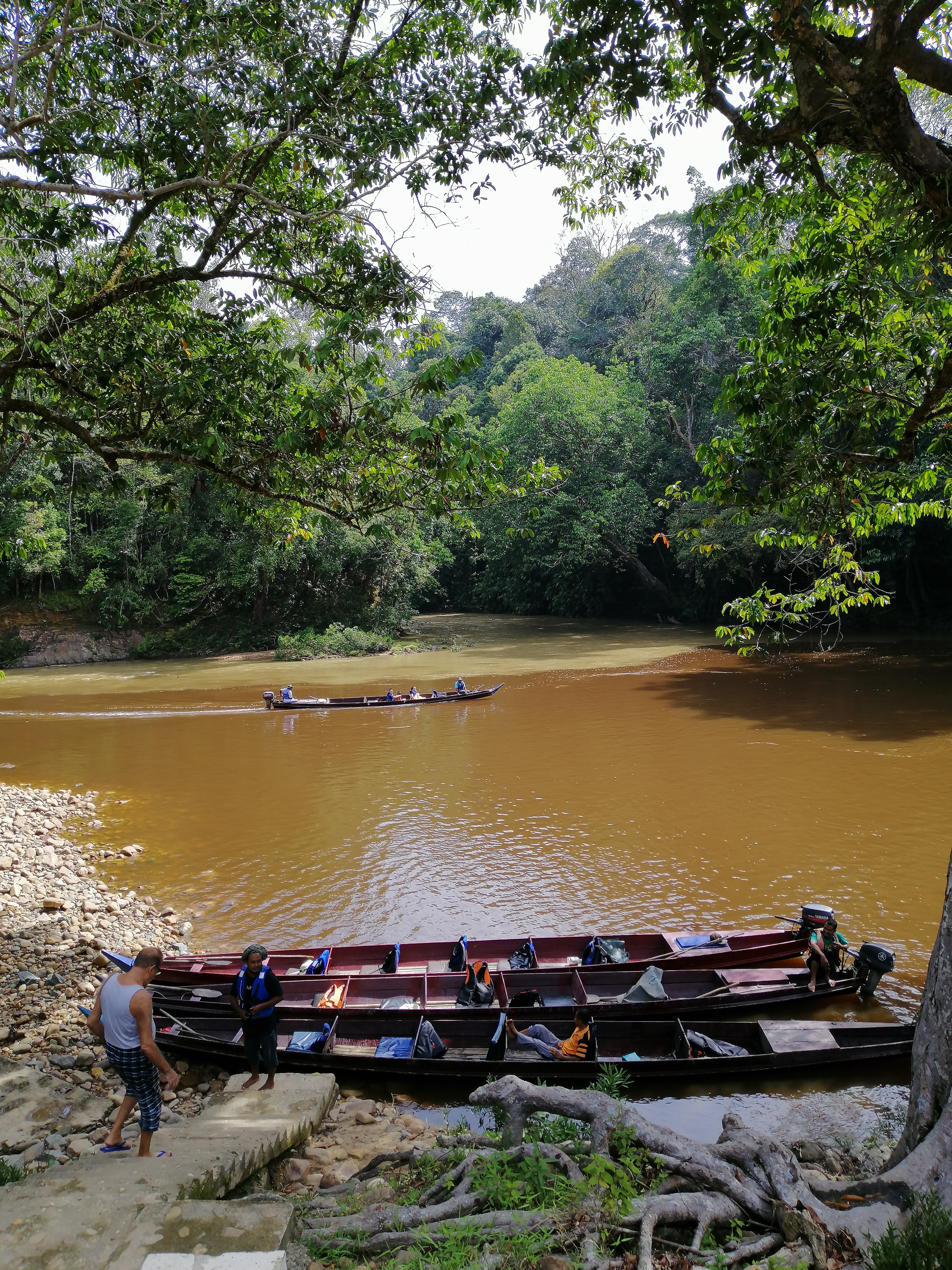

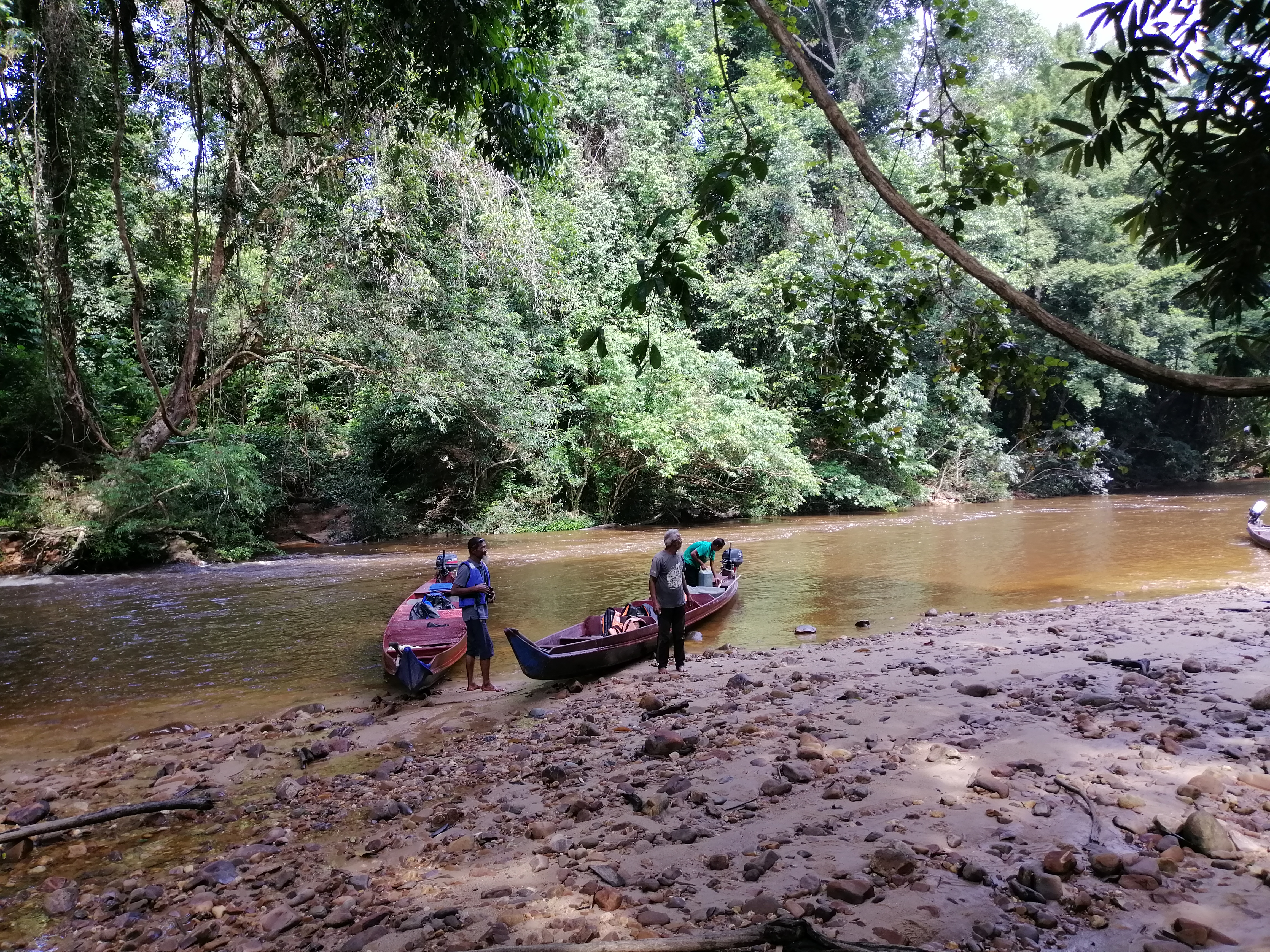
After an hours’ ride, we stopped on a sandy shore. Trees branches hung low over the river with creepers dangling down. As the boatmen anchored the boats, we walked for 30 minutes upriver towards Lata Berkoh.
The roar of the falls was loud as we approached. It was not exactly a waterfall but a violently cascading water over a series of boulders in the river. Nevertheless, it was impressive today with the high water level. Swimming is not recommended. We returned the same way but this time a little easier as we headed downstream. The ride was just as exciting. For me, the highlight was the wild fast boat ride over the rapids surrounded by lush ancient rain-forest. Be prepared to get wet. We returned to the resort around 5pm, just in time for tea.
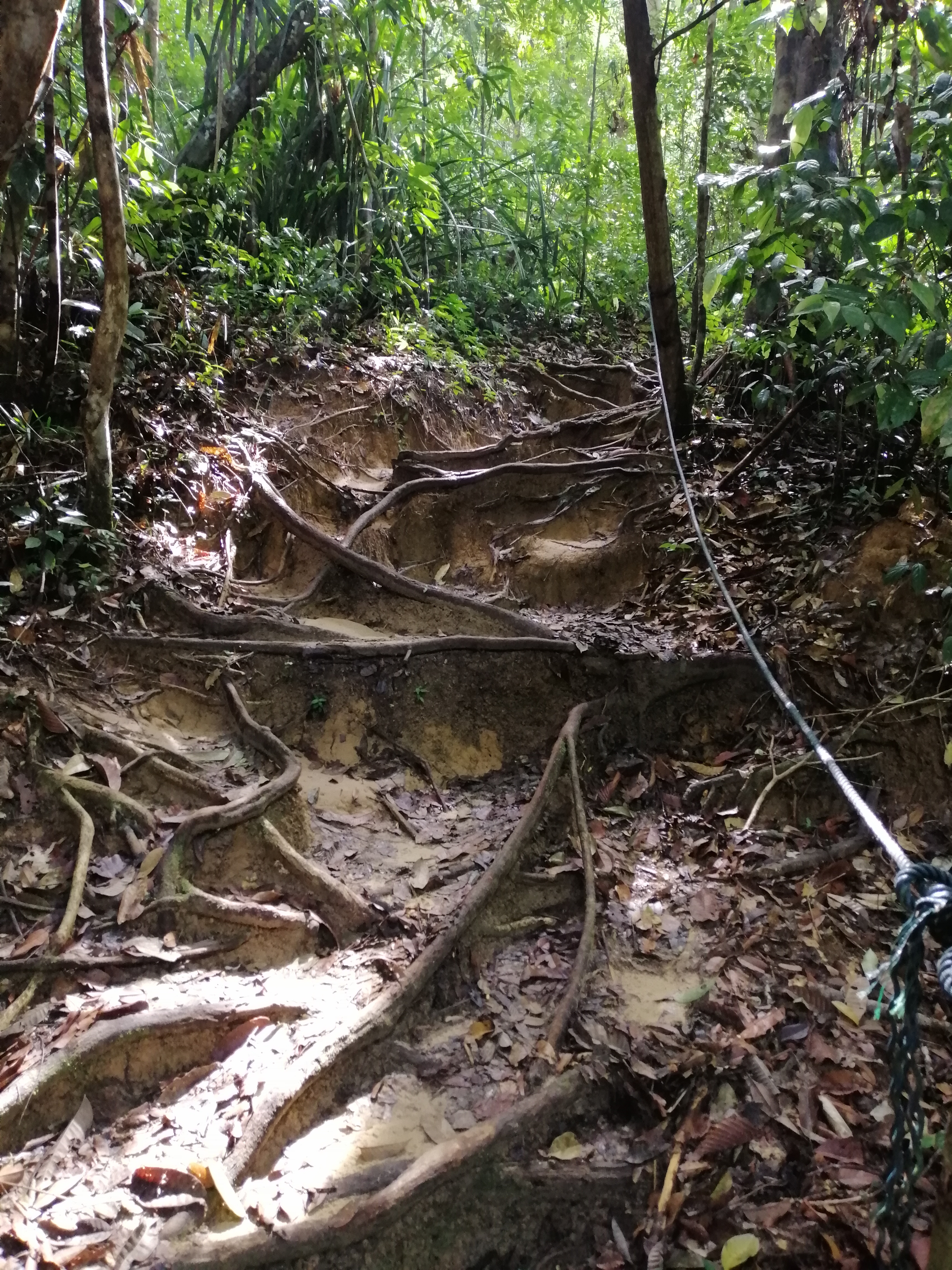
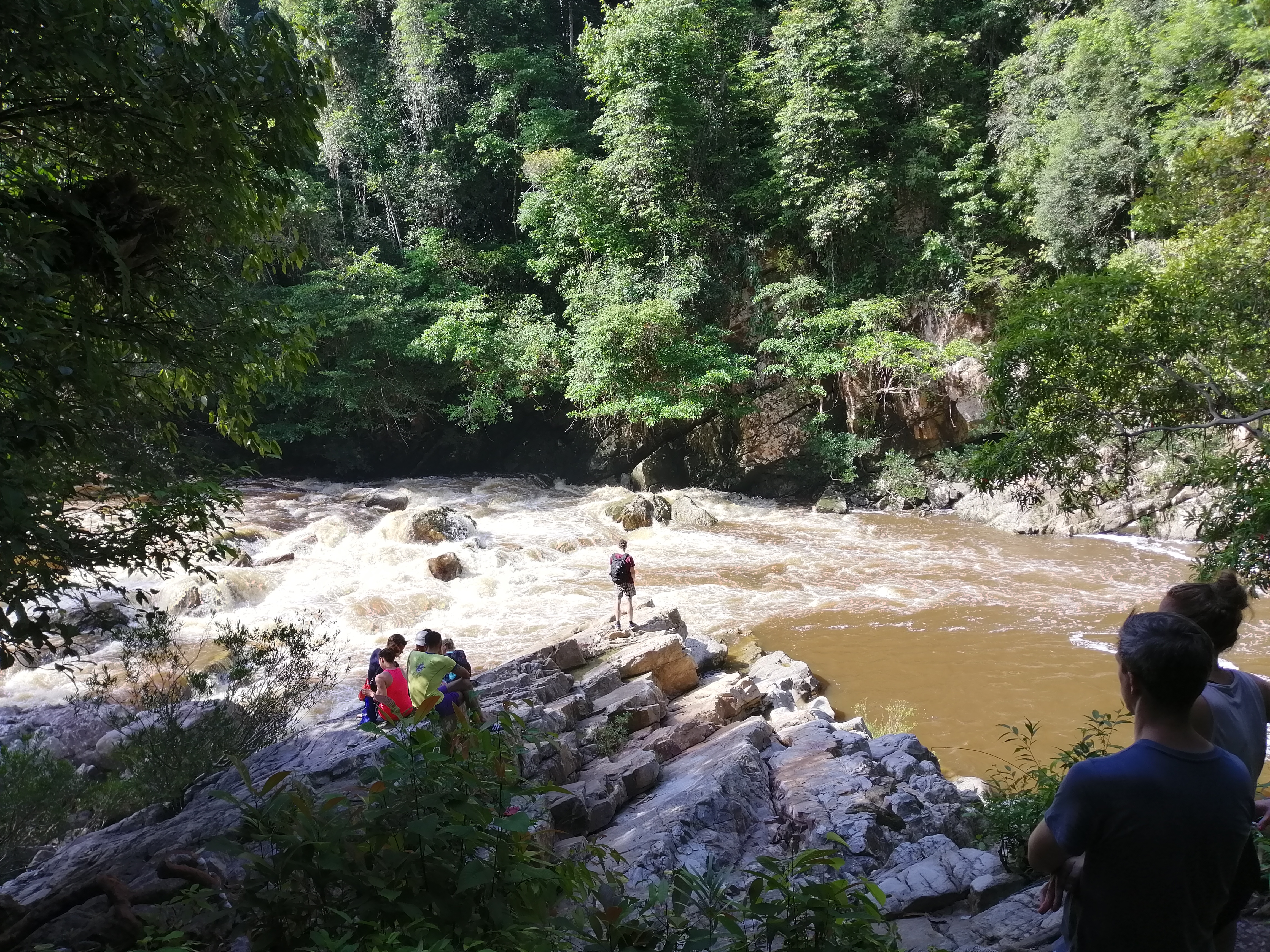
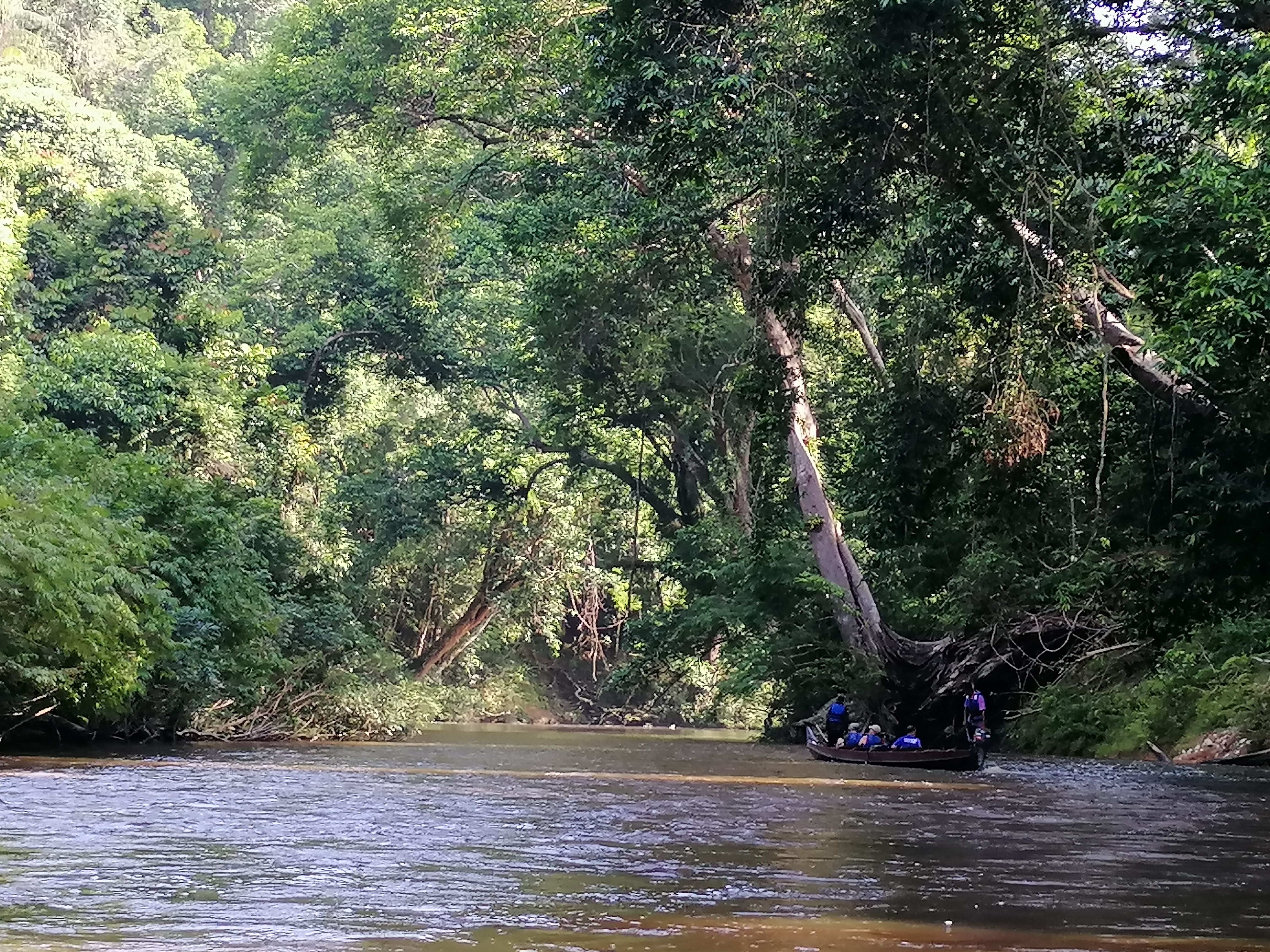

Watching daily river life
This evening, after coffee and snacks, I headed down to the boat jetty. The sun shined brightly. Locals plied across the river. Mutiara staff giggled as they jumped into a boat to head home. Forest Rangers headed into the jungle to start their shift. It was quite meditative to watch the water churn and flow downstream. Bird songs everywhere.
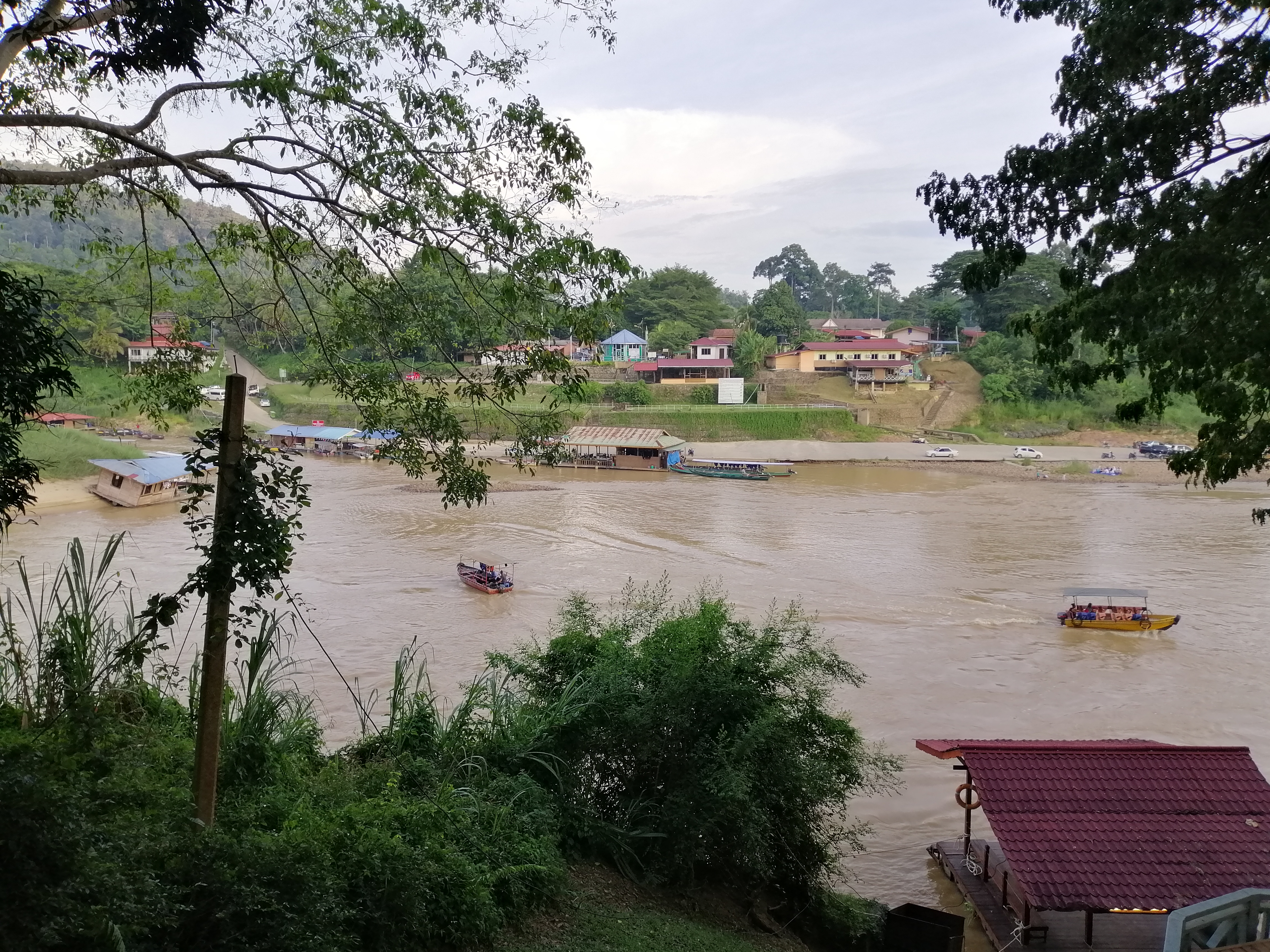
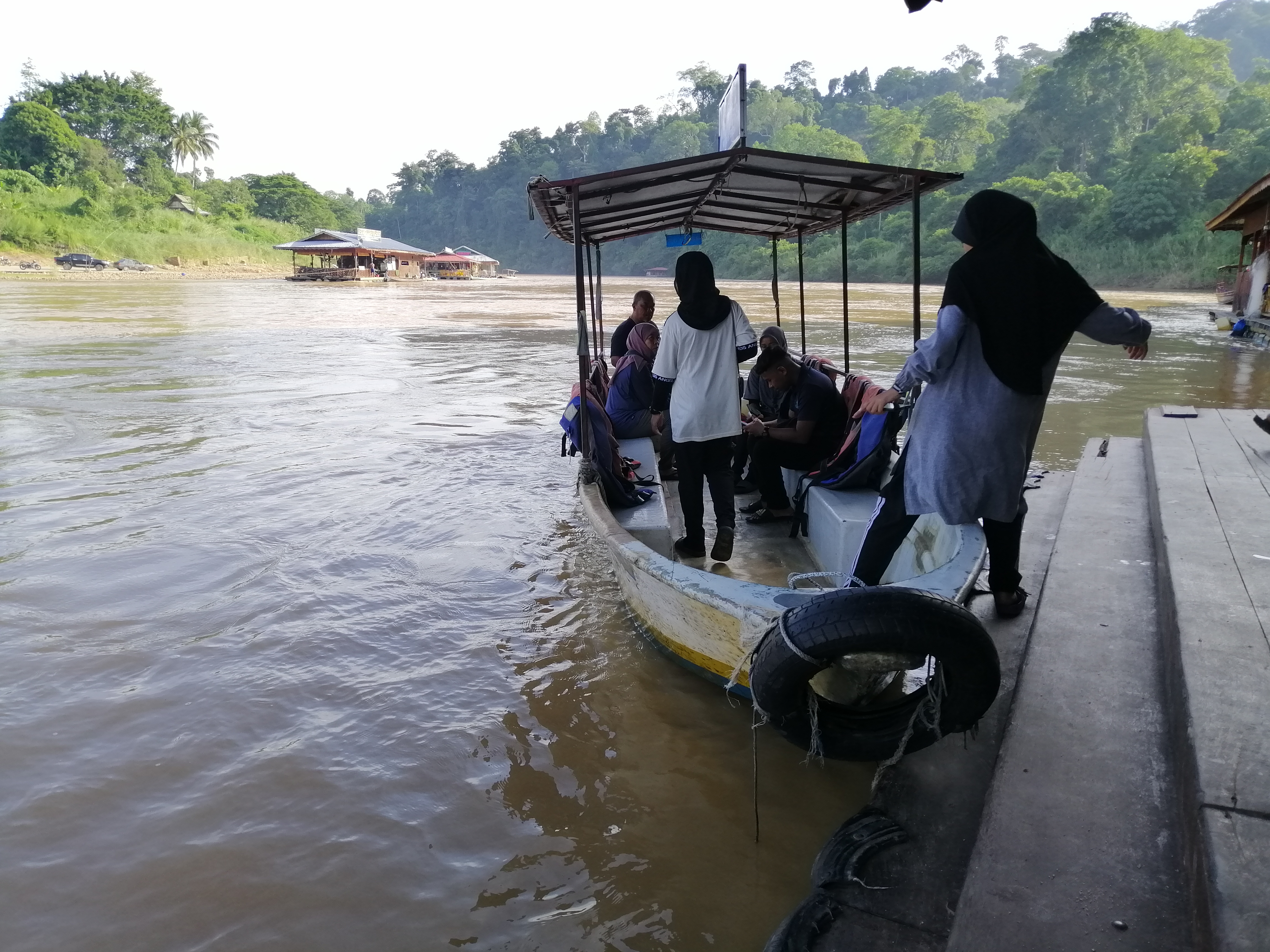
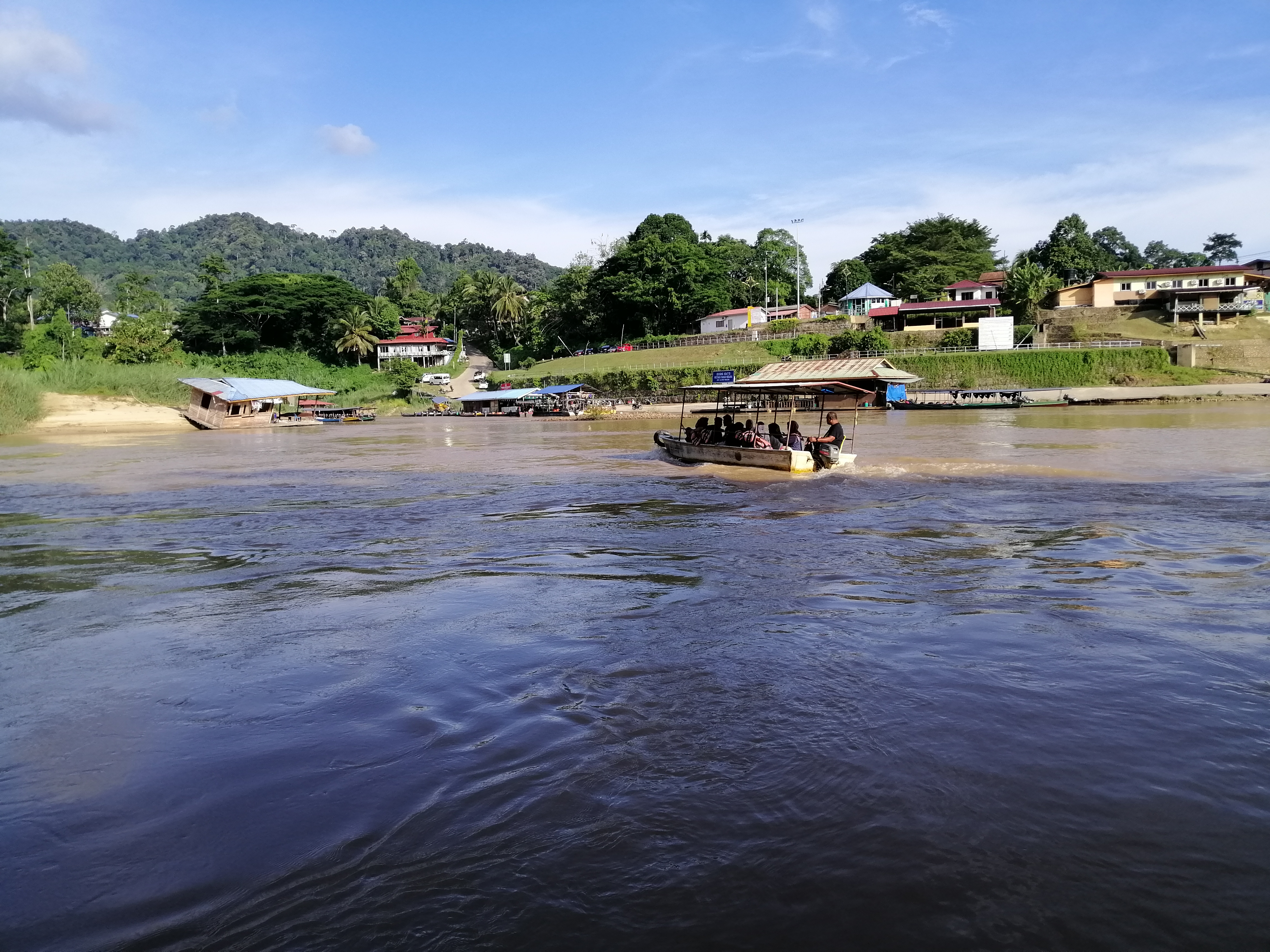
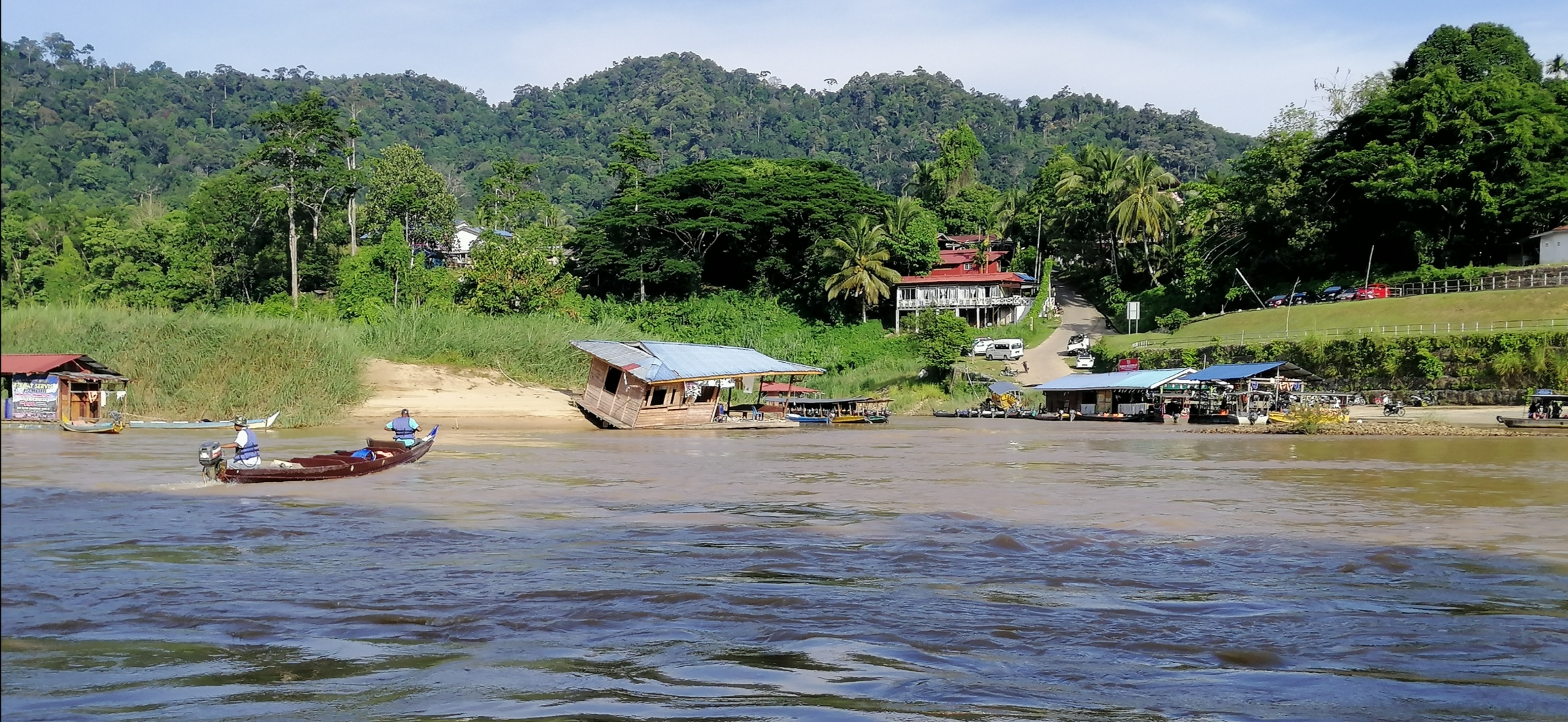
Night Walk
After dinner, I sign up for a Night Walk (RM$45) with Mutiara which started at 9pm. Armed with a binoculars and torchlight, we headed towards Tahan Hide with a local guide. Immediately, we came upon a poisonous spitting cobra wriggling on the boardwalk near our accommodations. We gave it a wide path and moved along. Always be aware when walking at night. As with all wildlife observation, nothing is for certain. Tahan Hide is an observation post looking towards a salt lick and grassy area usually frequented by grazers. Armed with a powerful torch, we managed to spot two deer foraging. The best part of walking in the dark illuminated only by torch light is the anticipation of seeing something. The jungle is noisy. The creatures of the night can be heard but unseen. We managed to see stick insects, spiders, tree dwelling lizards, tarantula and scorpions – under infra red light, was quite interesting to observe its movements. The night walk lasted an hour. Back at my room, I sipped coffee to the concert of jungle, unheard at daytime.

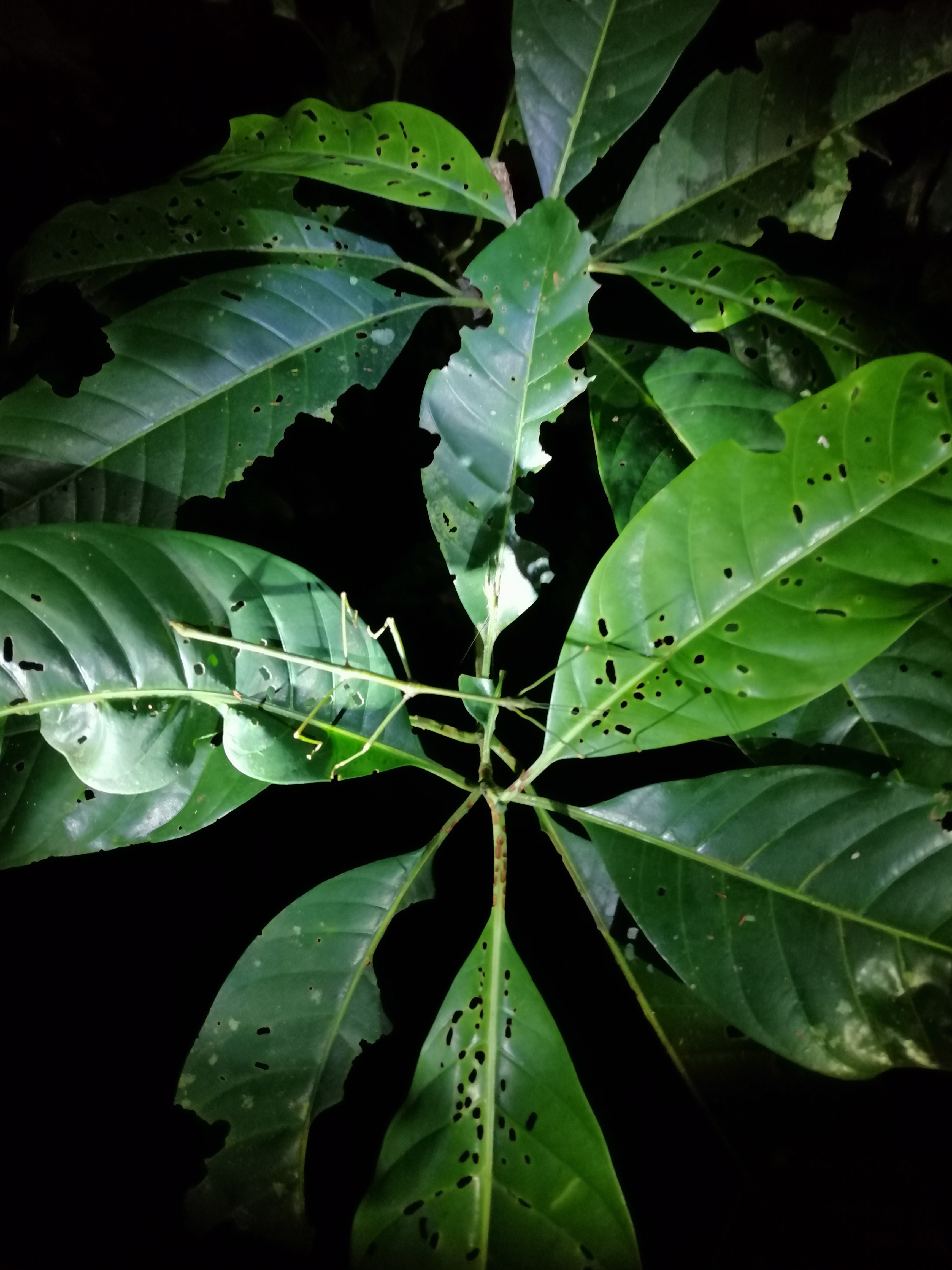
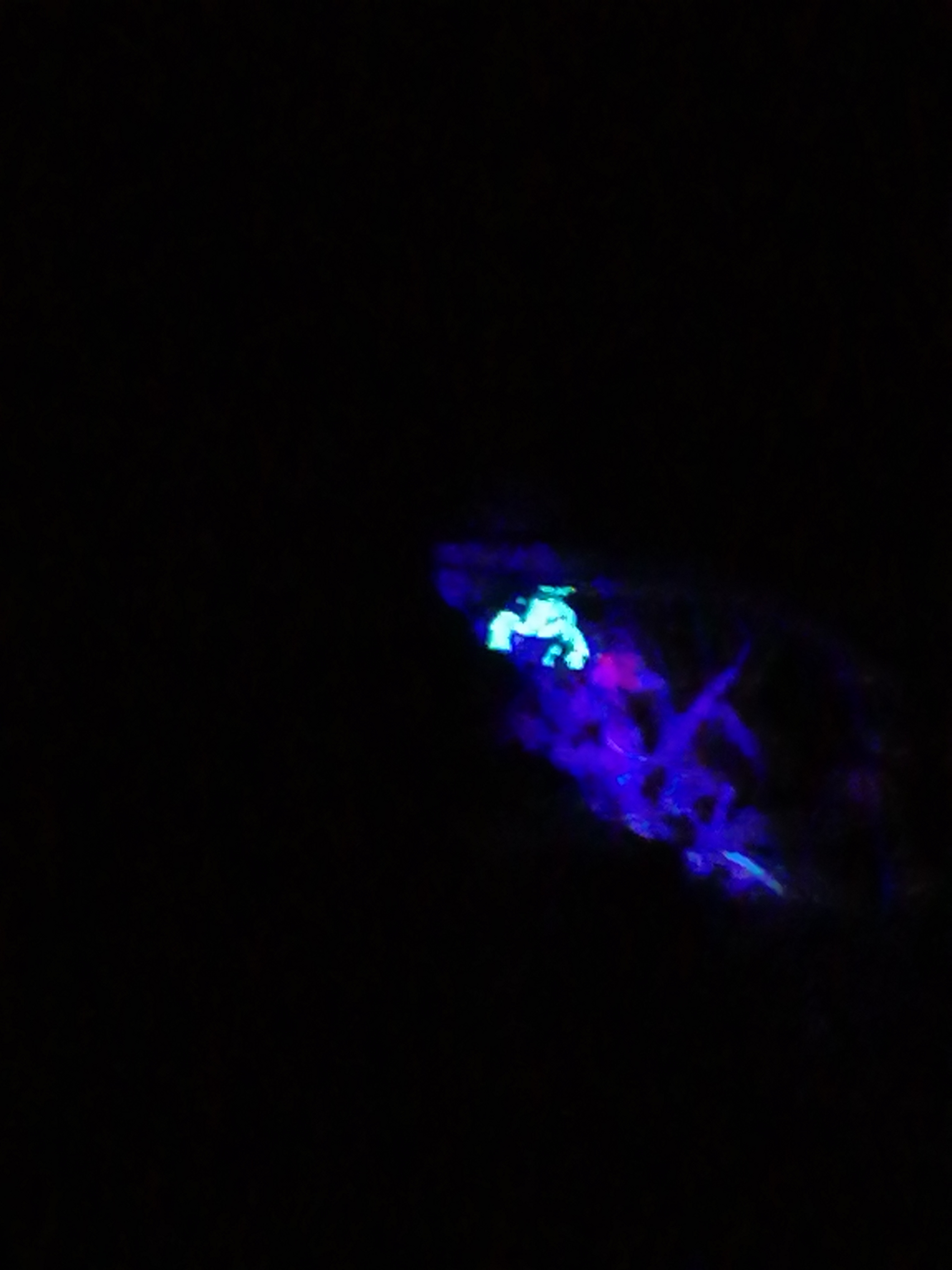
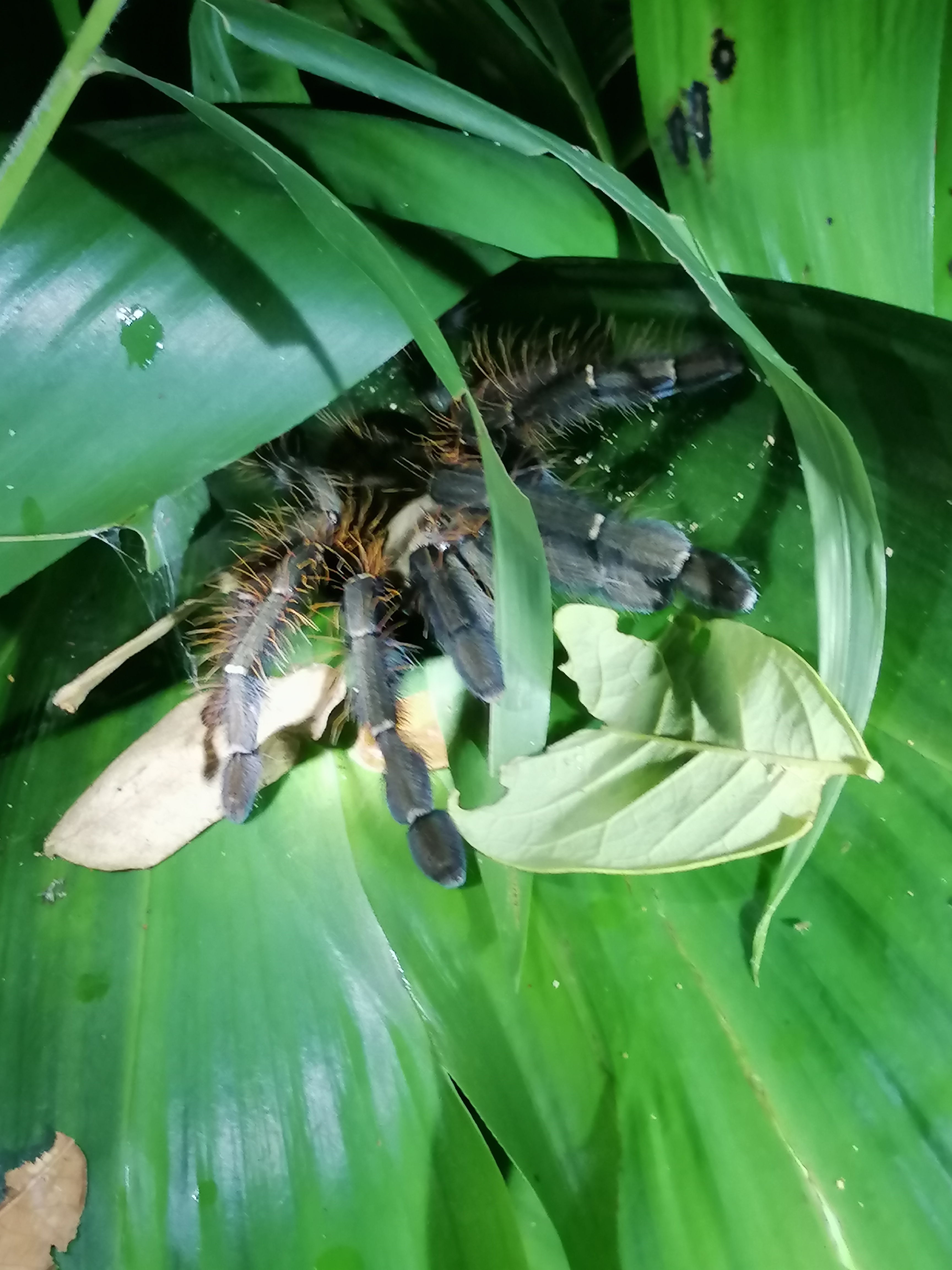
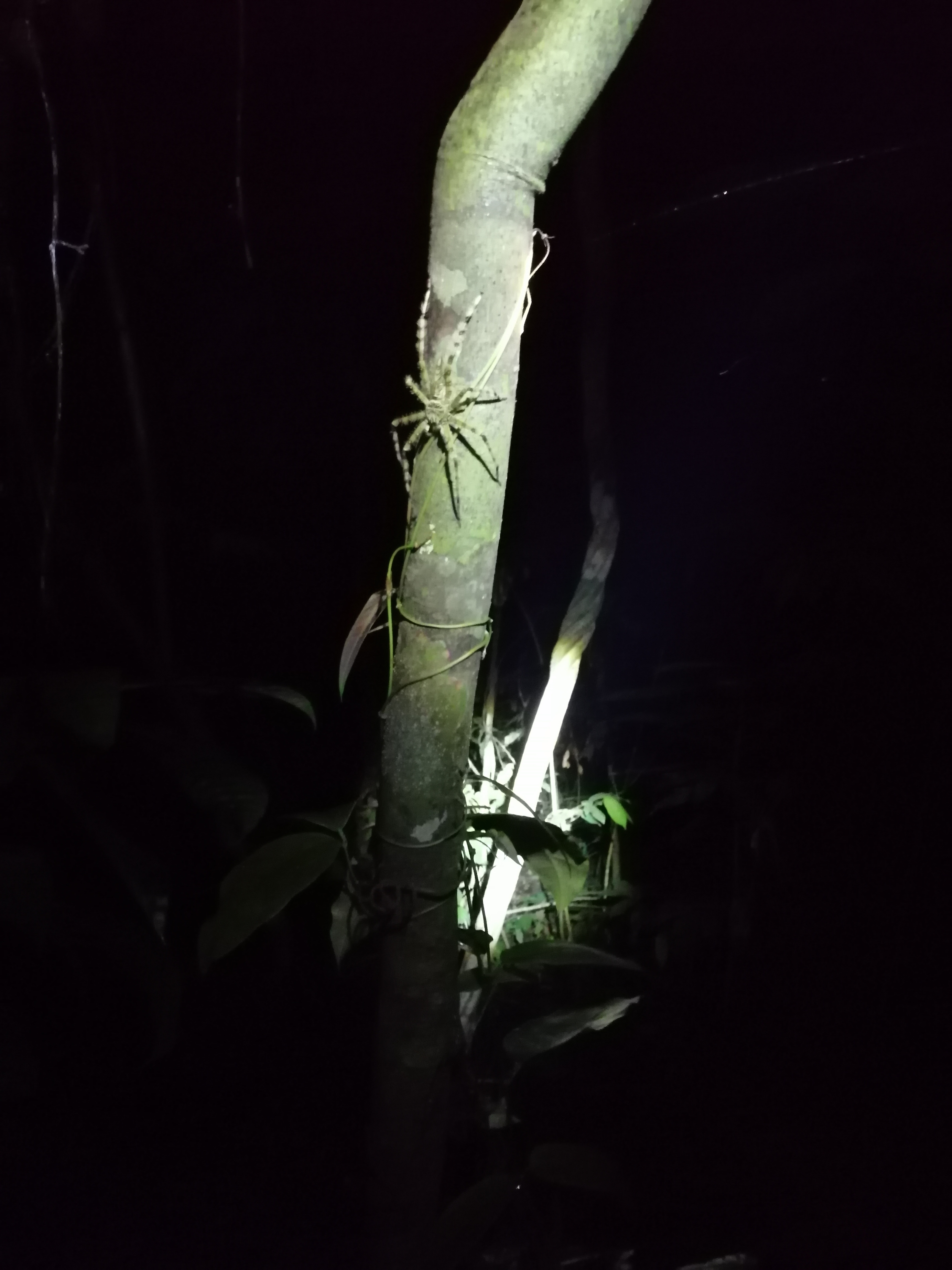
Hike to Tabing Hide
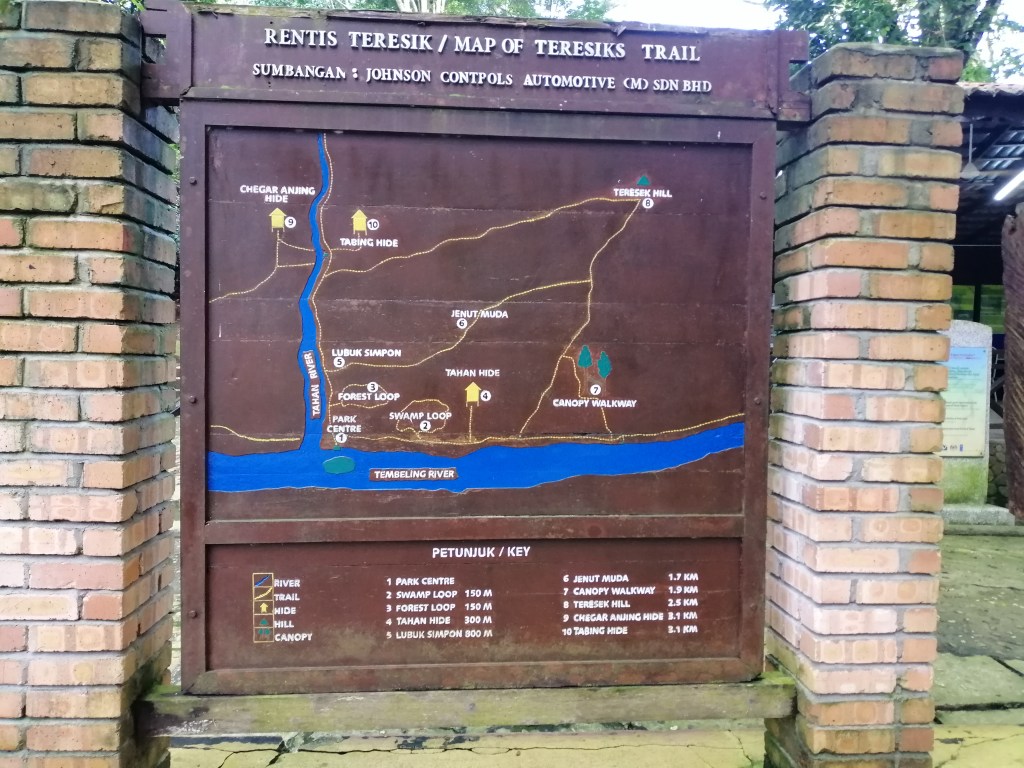
The 3.1km track start from the Park HQ. I did not get any guides as the tracked is well marked. Officially, guides are required? Initially, it is a series of boardwalks through mature jungle. Incidentally, this is also the start of the arduous 53km trail to Peninsula Malaysia’s tallest mountain, Gunung Tahan. In comparison, climbing Mt Kinabalu, the highest in South East Asia is easier! The sounds of the jungle is facinating. In 800m, I reached Lubuk Simpon, a swimming spot on the Tahan River. Hornbill calls, amongst others, can be heard above in the tree canopies. This is a great spot to observe birds. Boats heading to Lata Berkoh zoomed pass on the dark but clear Tahan River.

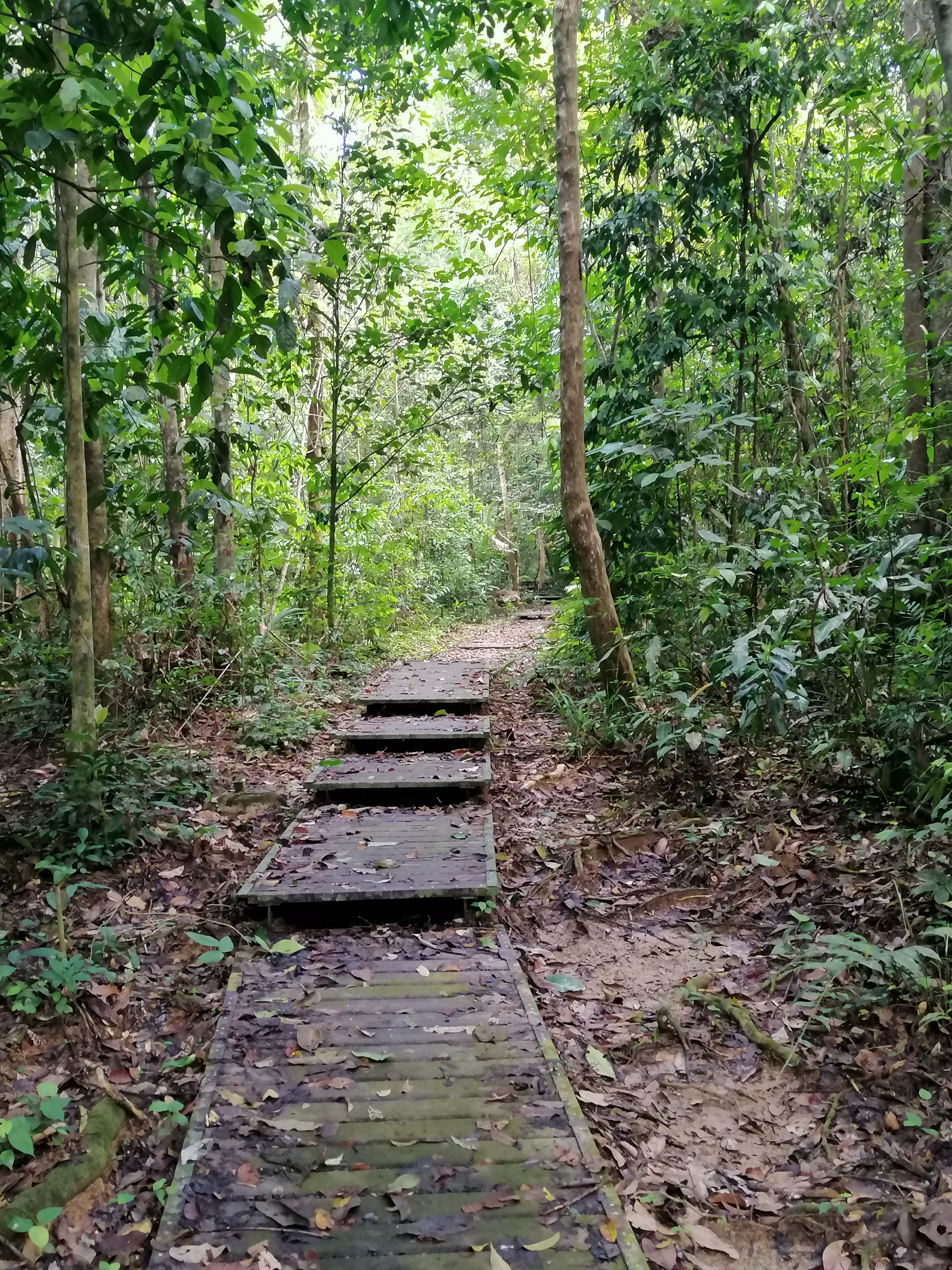
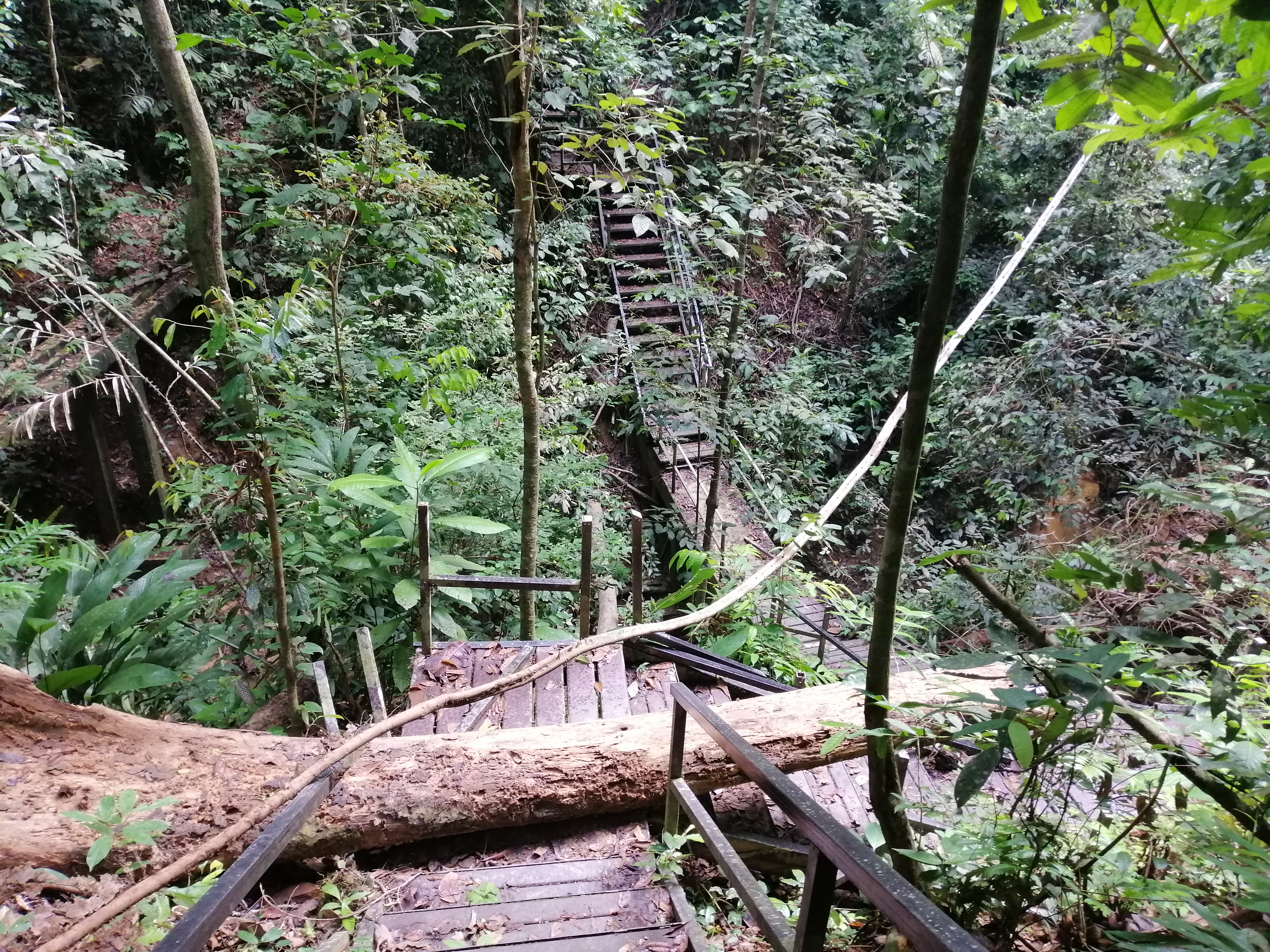
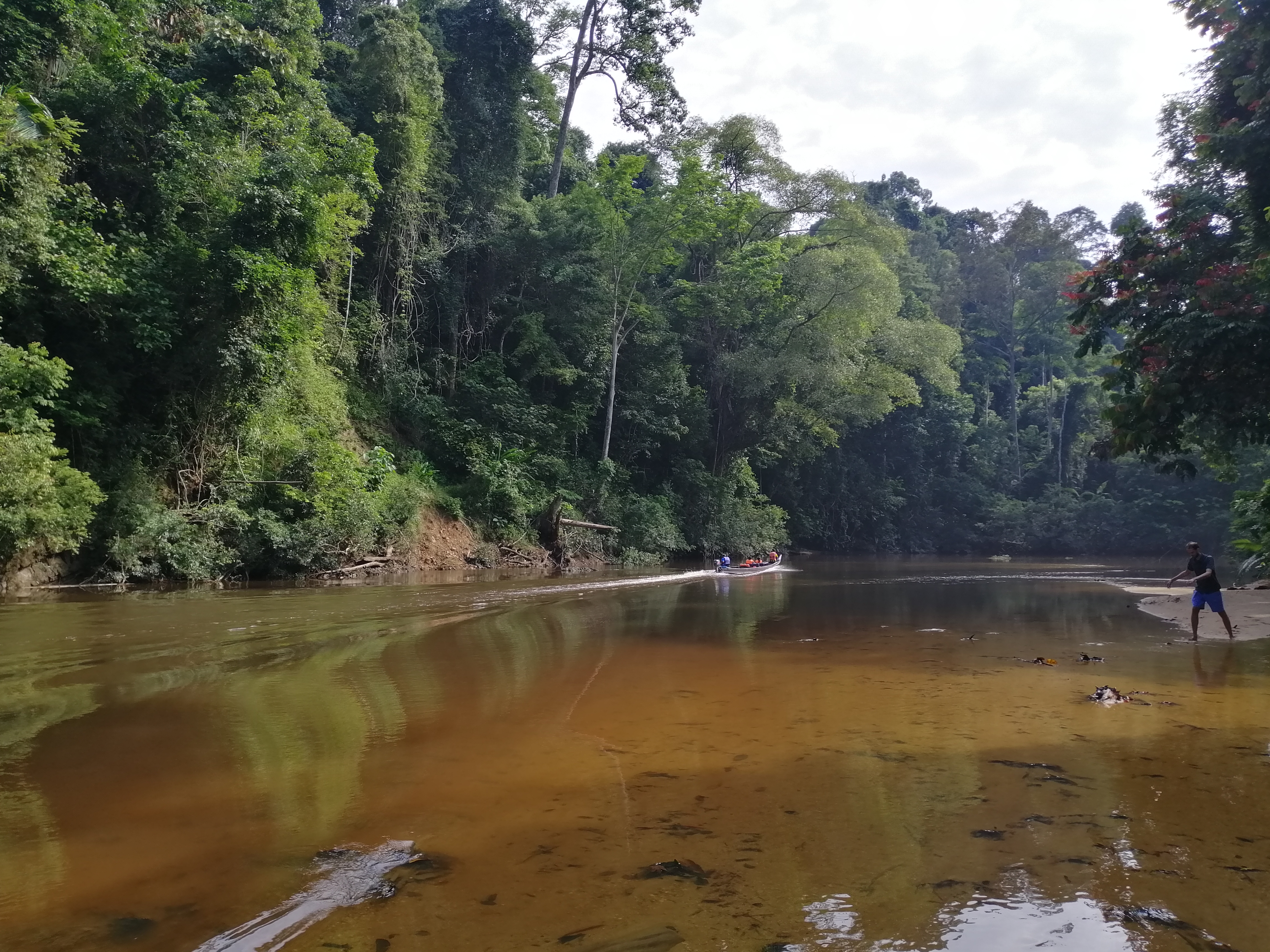
Back on the track, another trail headed uphill towards Bukit Teresek (a loop). The boardwalk ended and earth track began. This means, lookout for leeches. The diversity of the jungle is amazing. Rattan vines with sharp spikes spiralled up trees. Matured trees with massive buttress roots added texture to the landscape. The sun hardly penetrated through the dense tree canopies. Insects went about the ways recycling dead entities. Decaying elephant dung are visible along the trail. A variety of fungus transformed decaying materials into ‘soil’. The jungle is a fragile.
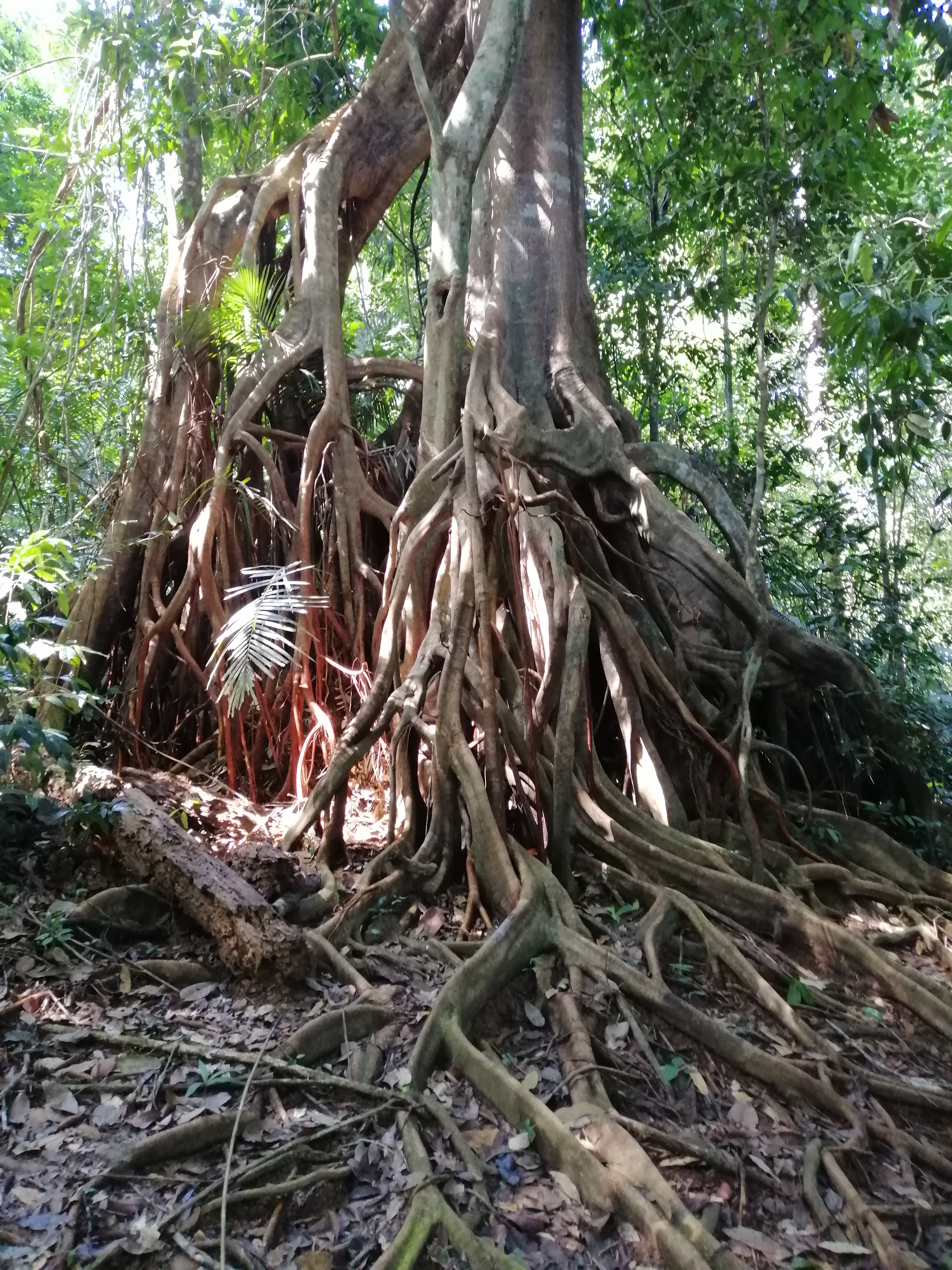

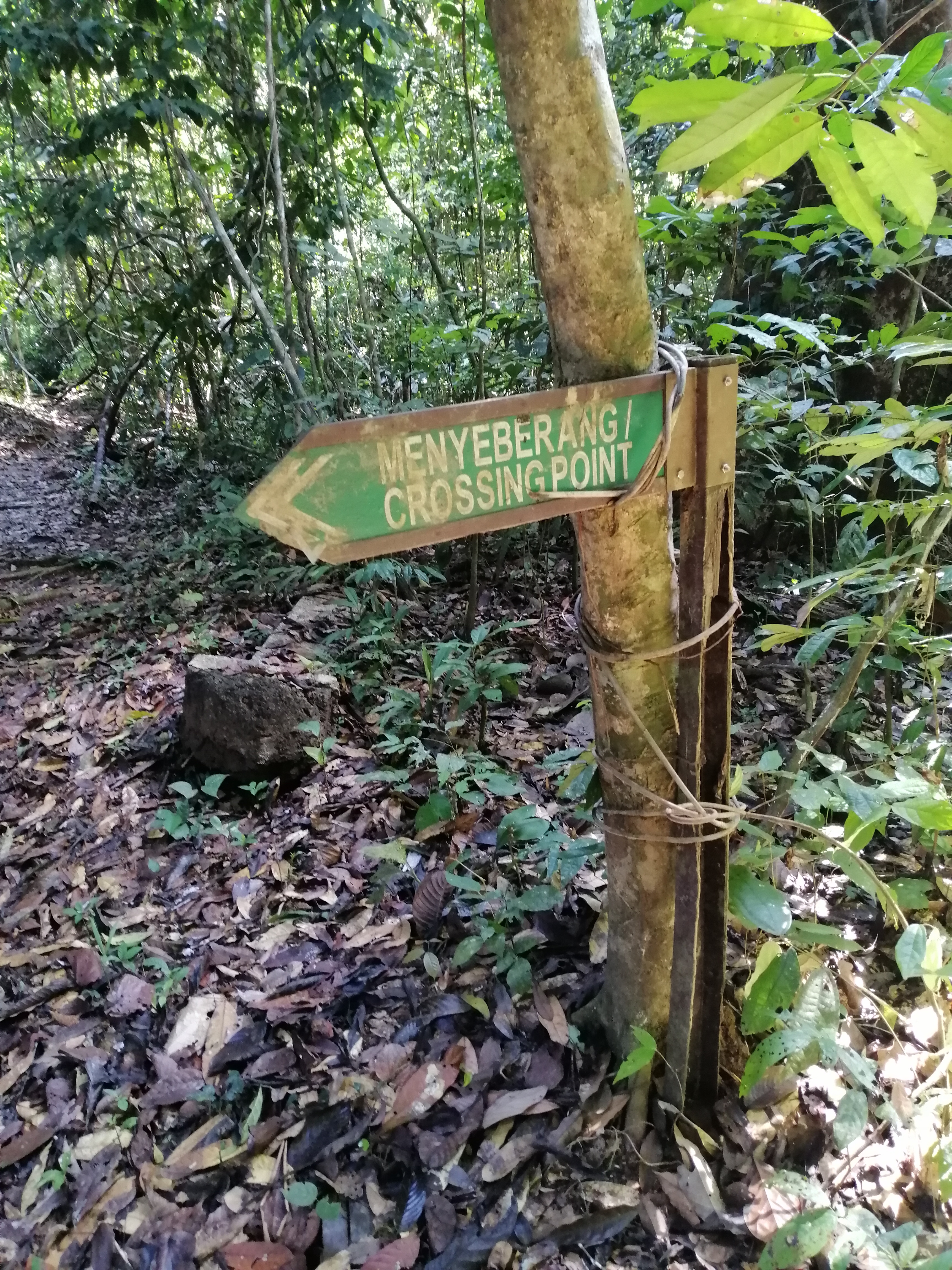

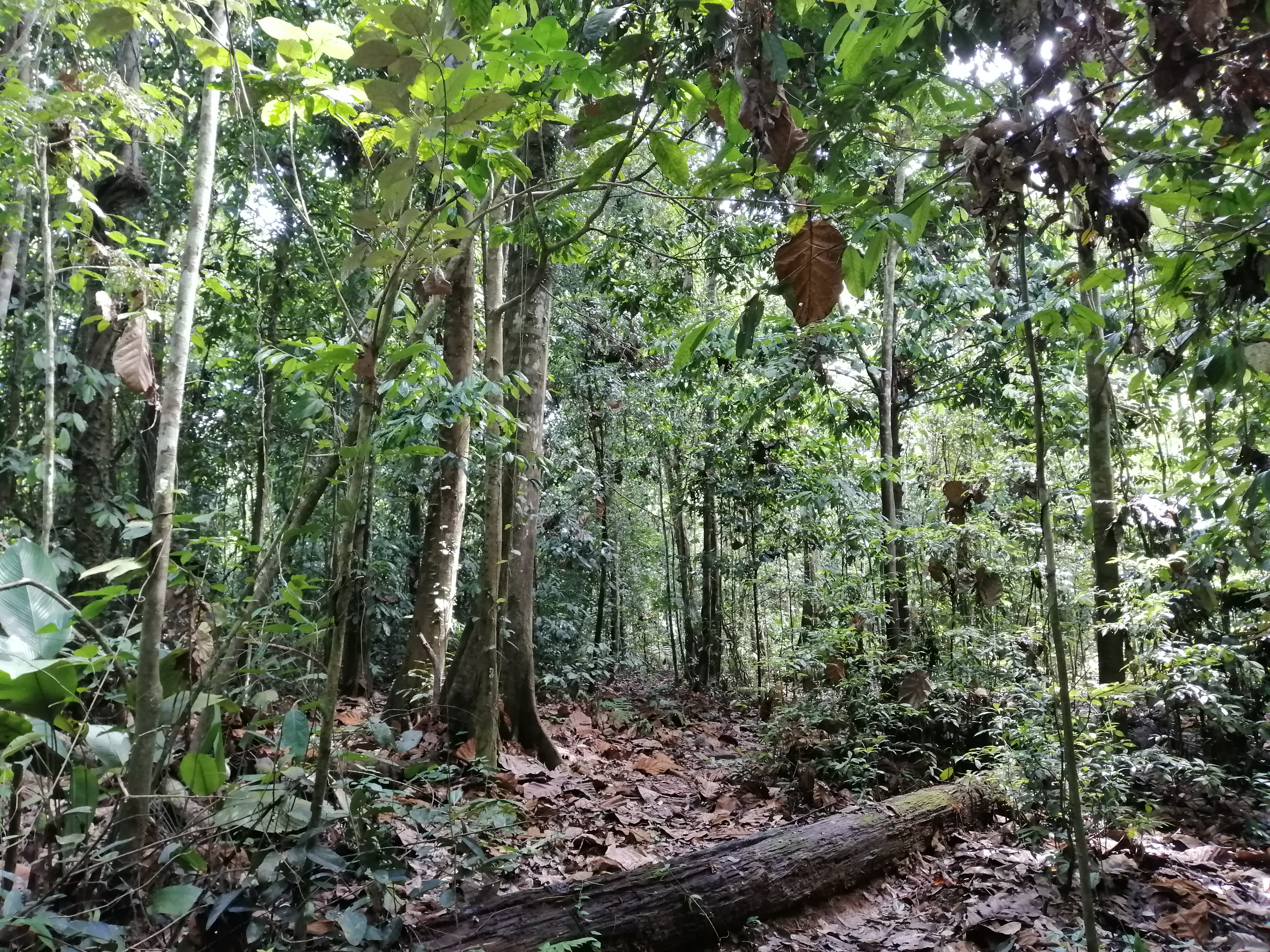
Fortunately, the ground was drier and thus, less presence of the pesky leeches. In places, the trail was obscured by fallen trees. I continued further up to a small concrete bridge. I finally reached a signage pointed towards the river crossing to access Chegar Anjing Hide. I was running out of time as I had organised going to visit a native village this afternoon. Perhaps, another 10 minutes walk would have brought me to Tabing Hide. Here, overnight stay to observe wildlife is permitted. Reluctantly, I retraced my track back to Mutiara. A solitude walk in a native ancient tropical jungle!
Shooting Rapids and Orang Asli Village
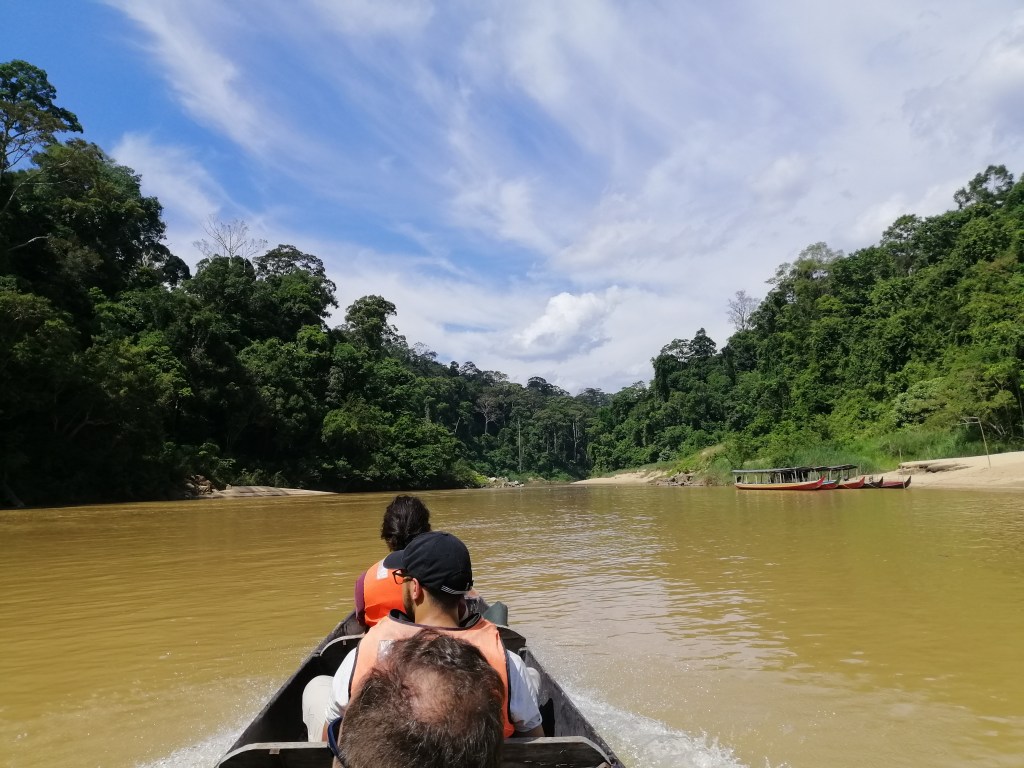
This afternoon, I joined a tour (RM$80) to visit an Orang Asli (native) village and riding over rapids on the Tembeling River. There were a number of people. Two boats appeared at the wharf. I picked the 4 seater ( the other about 8). I loved the passive boat travel. It permits time to observe and absorb the surroundings. The speed is exhilarating. Shortly, we arrived on the banks of asli village. The tribe here were Batek people. Sometimes, it bothered me to visit places like this – am I intruding into their nomadic lifestyle or am I contributing to the demise of the traditional ways. With ‘outsiders visiting daily, I wondered albeit benefiting financially.
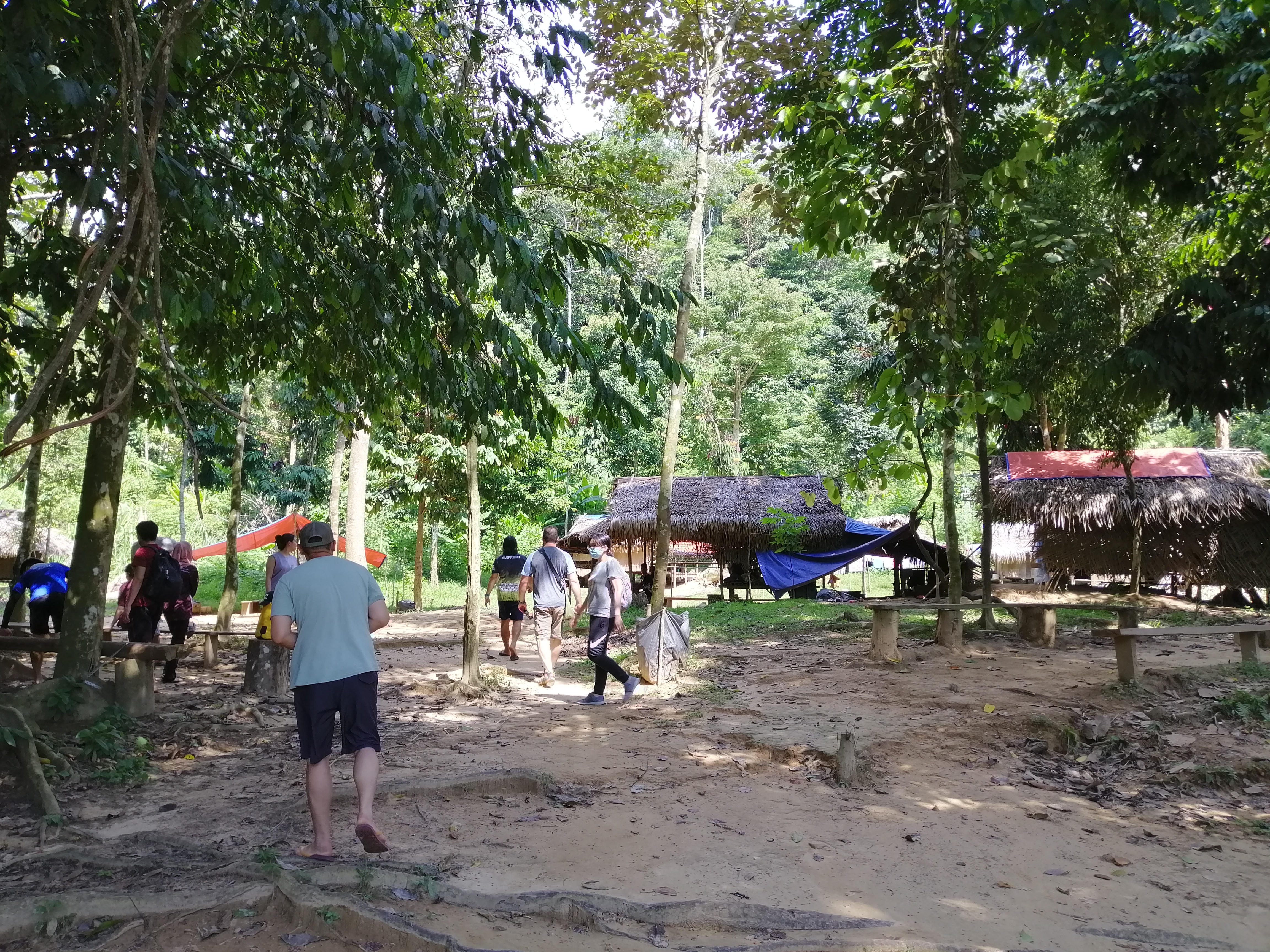
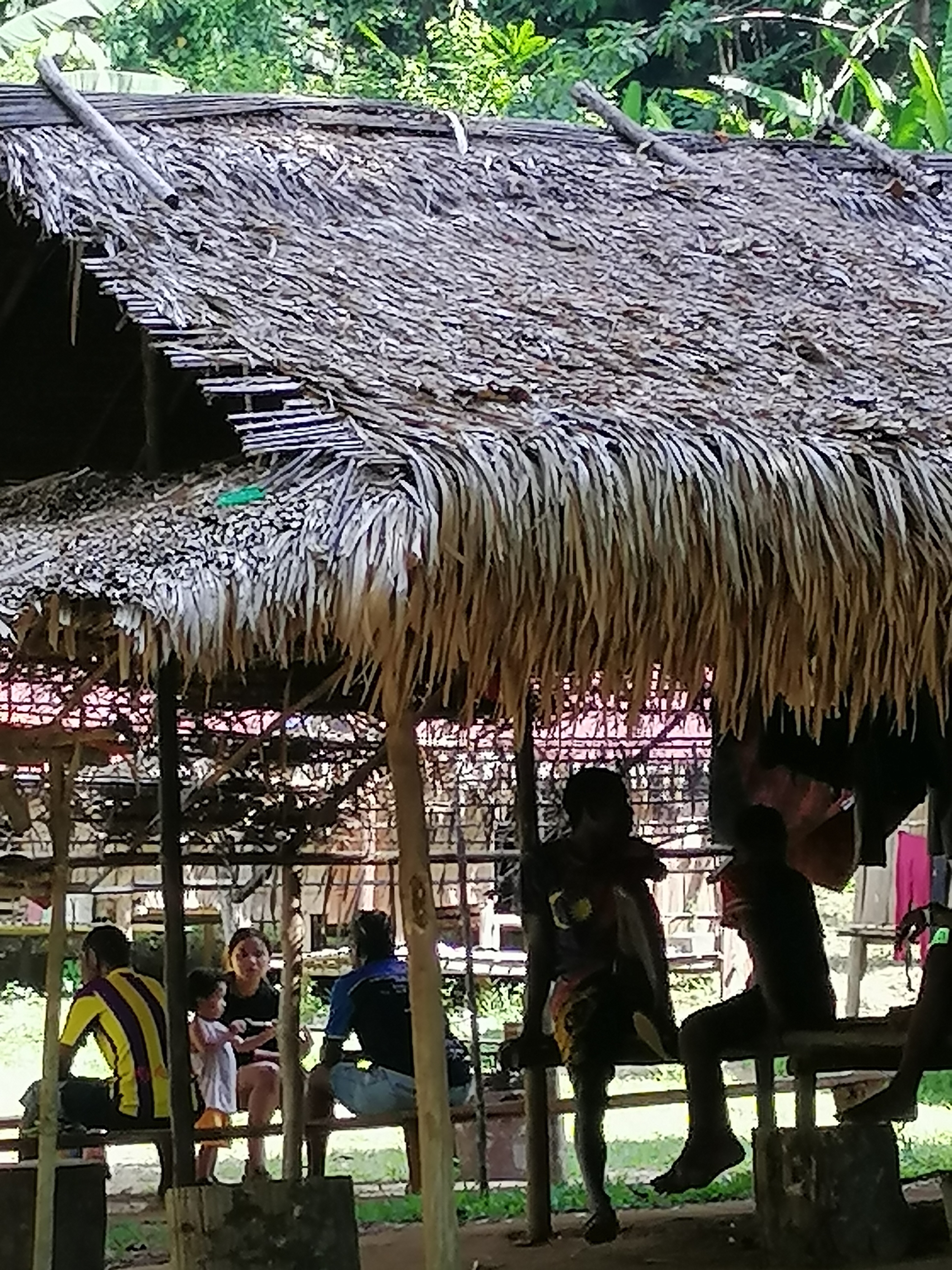


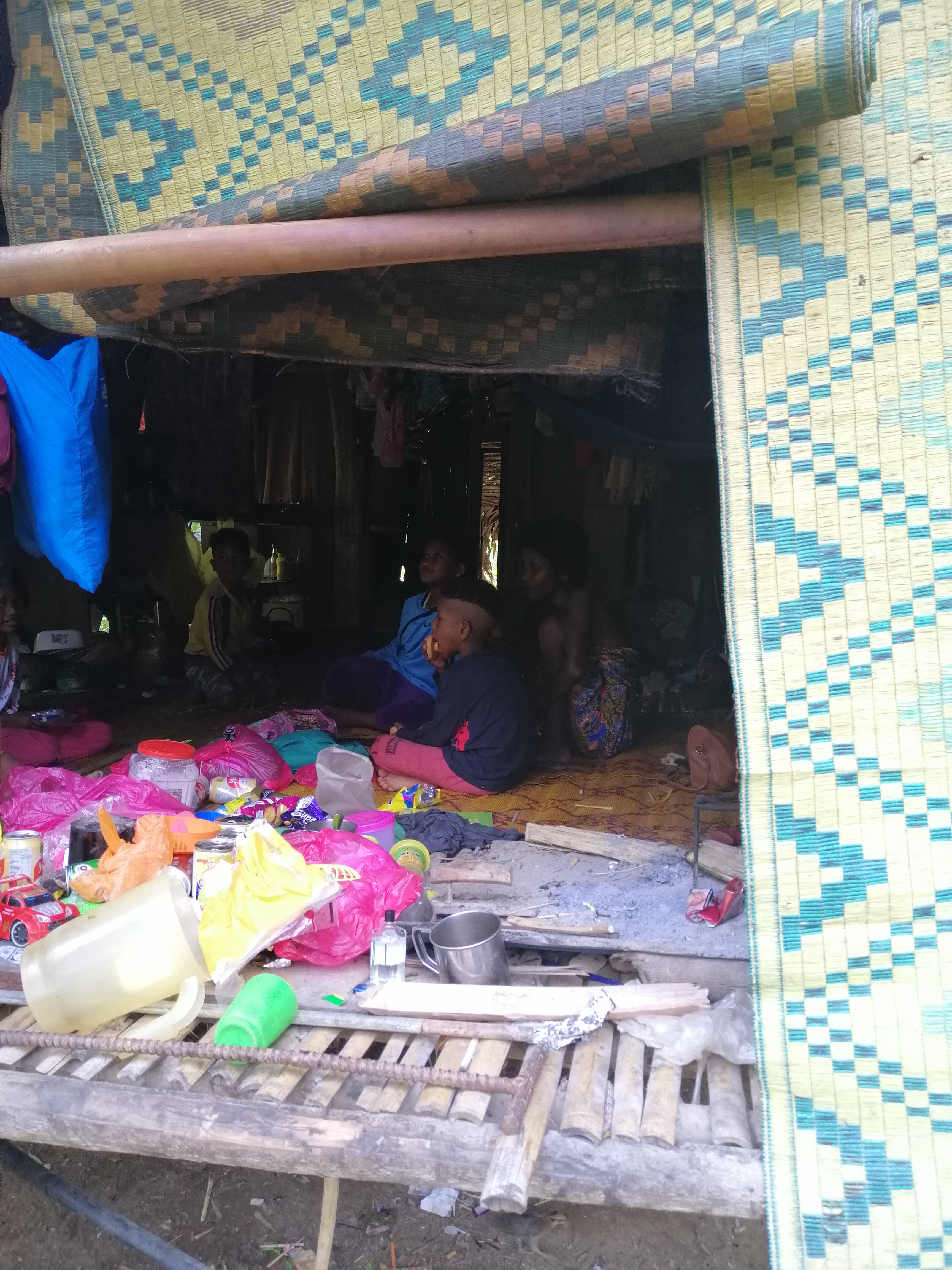

The Batek homes on stilts were made from bamboo (floor), tree bark (walls) and thatched palm leaves ( roofs). I met the village head as he was entering the jungles to do some foraging. They are still hunter gatherers. Fruit trees and vegetables were cultivated in the village compound. An exhibition on using a blow pipe and starting fire using just a bamboo and thin rope. The tourists were fascinated especially when it was hands on. I had worked amongst orang asli (Semai) near Simpang Pulai and Tanjong Rambutan in Ipoh and was familiar with their lifestyles. Nevertheless, it is a learning experience. Inside the village head’s house, several ‘gifts’ of clothing and food from Samaritans laid on the bamboo floor. Dark skin and curly hair is dominant. There are a few asli villages dotted along Tembeling River within the park. The other tribe are the Semokberi. All visits are only permitted with an organised tour.
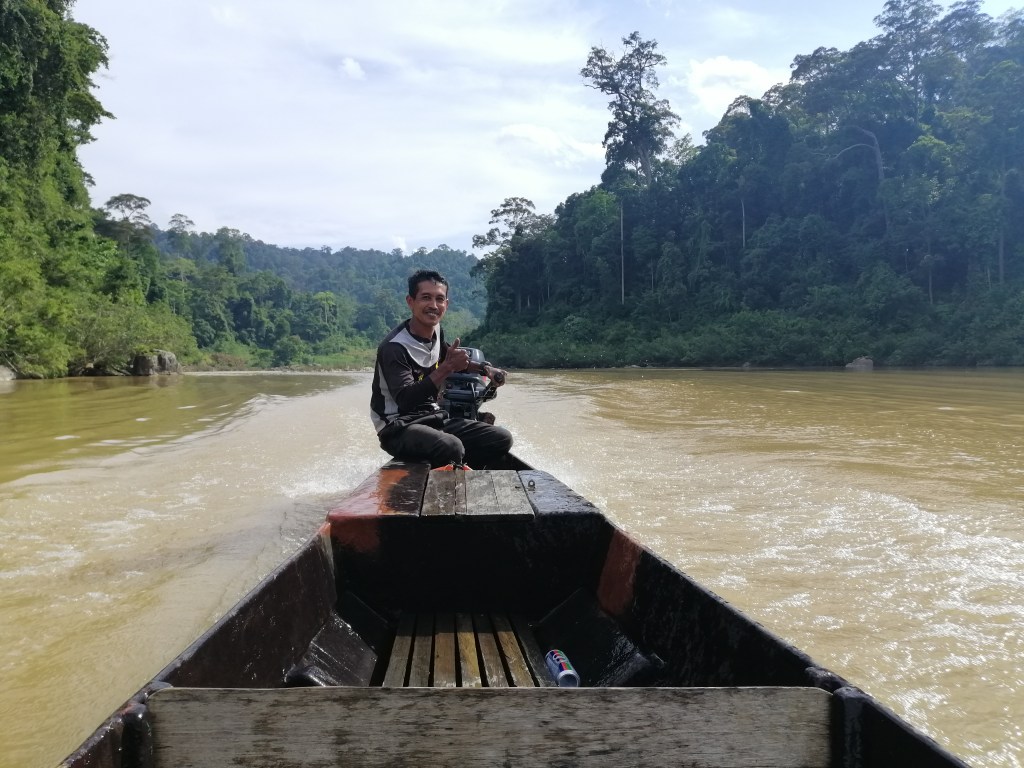
Back on the boat, we proceeded up river on the swollen and fast flowing Tembiling River. Soon, we faced our first rapid. The boat man expertly manoeuvred through it. It was exhilarating. The 8-seater boat with roof was ahead into the next rapid. The surface was rough. Their boat rocked about rolling from one side to another, almost capsizing. Screams can be heard. Water splashed onto our faces as our boat man made his way forward and out. The best part is we do it again on the return river journey. Tip – take the 4 seater open top boat. This tour took about 2. 5 hours. Although I had reservations on the asli village visit, overall it is a wonderful experience.
Other things to do
Trekking through tropical rain forest
the various tracks (see maps). You are in a 130 millions years tropical jungle. You will observe huge buttress roots, spiky rattan vines, all kind of creepy crawlies including leeches, bird songs and if you’re very lucky bigger wildlife – elephants, deer and tapir.
Hiking 53km to Gunung Tahan
This is a tough climb and guides are recommended. Camping is required. Takes between 4 – 7 days, depending on the trail and experience.
Exploring various caves
Near Taman Negara which includes Gua Kepayang Besar, Gua Kepayang Kecil and Gua Telinga. Overnight stays are possible. Organised tours can arranged. However, when I was there, access to these caves were closed by the park for safety reasons.
Bird watching
Birding is quite phenomenon here with over 380 species of birds particularly along Tahan River at Lubok Simpon and towards Lata Berkoh as these places are quite acessable. Outside the park, Hornbill Valley, from Kuala Tahan towards Kampong Pagi (by road) along Tembiling River in the early hours can be rewarding.
Dining by the river
Dining at the various floating restaurants is a wonderful way to engage with the locals, taste local staples like nasi goreng, roti canai, nasi lemak, keow teow or mee goreng and teh tarik with condensed milk.
Camping at observation hides
Some overnight stays at designated hides are permitted. Check at park HQ. This includes Bumbung Tabing, Kumbang, Yong, Blau and Chegar Anjing. Booking are only permitted 1 day before. Some may be closed. Appropriate attire, insect repellent and gear is essential.
Fishing
Fishing along both Tembeling and Tahan Rivers is one of the leisure way to enjoy the park. Boats can be hired to go further into the park. Fishing tour operators can provide gear and transport.
Summary
An amazing and exciting experience filled with thrills of the boat rides through thick overhanging forest and rapids; sitting by the swollen Tembeling River observing the locals plying up and down river; listening to the sounds of creatures of the jungle both day and night and immersed in the thick and lush tropical forest by trekking. The diversity of the flora and fauna is priceless. The anticipation of seeing something in the wild is very tantalising. Perhaps a tiger – no chance! An elephant or tapir – perhaps. Finally, a must do while in Malaysia.
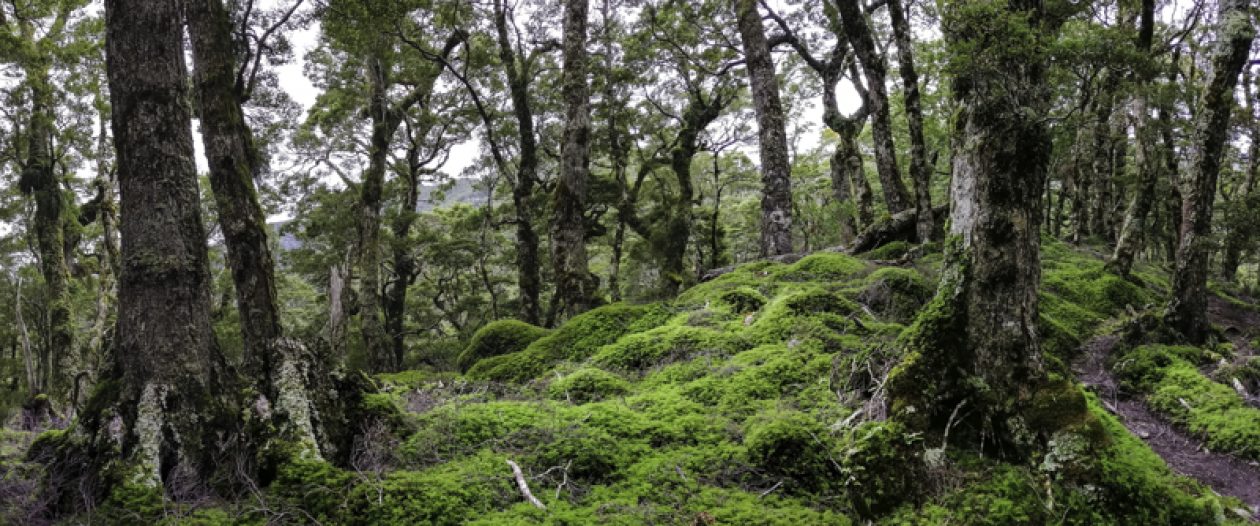


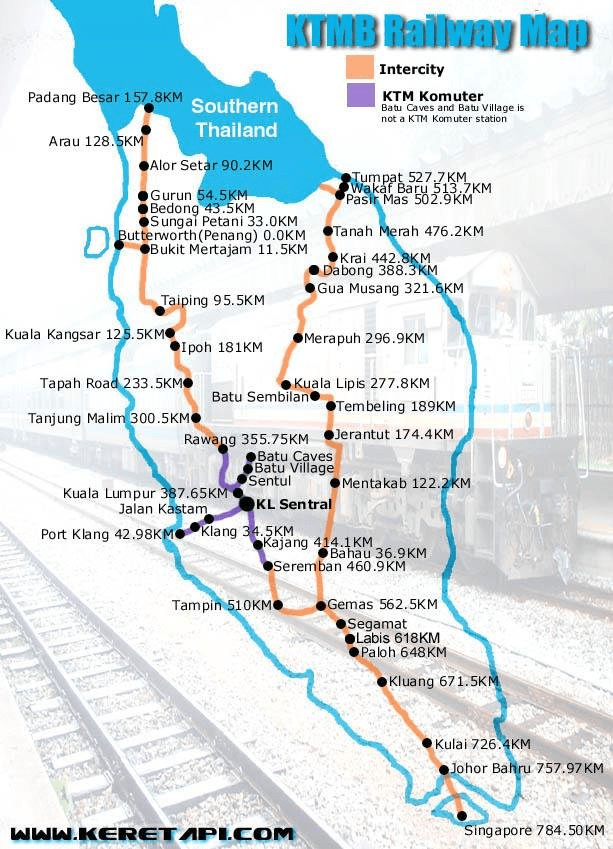
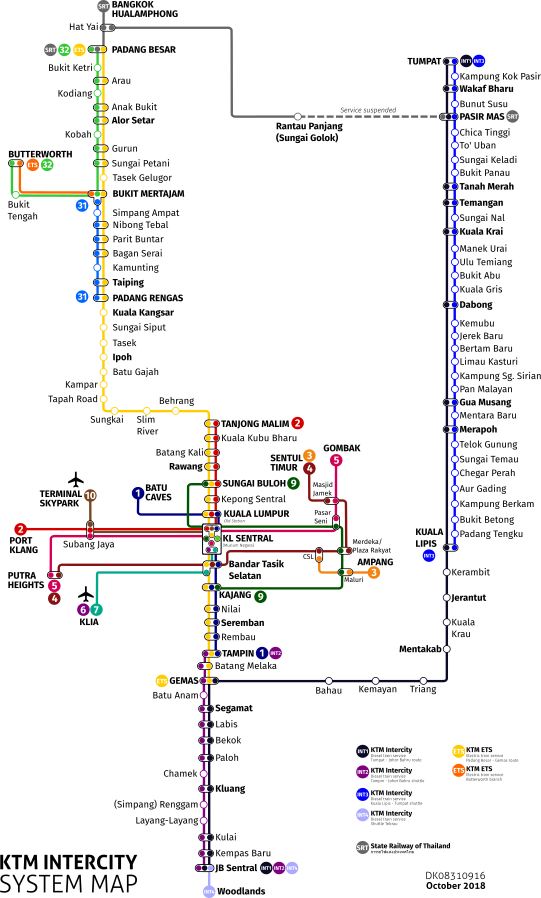
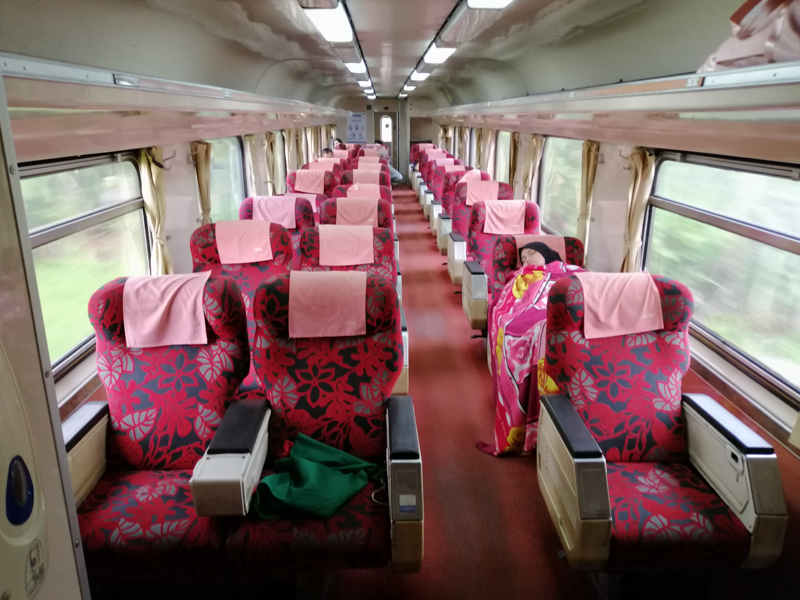


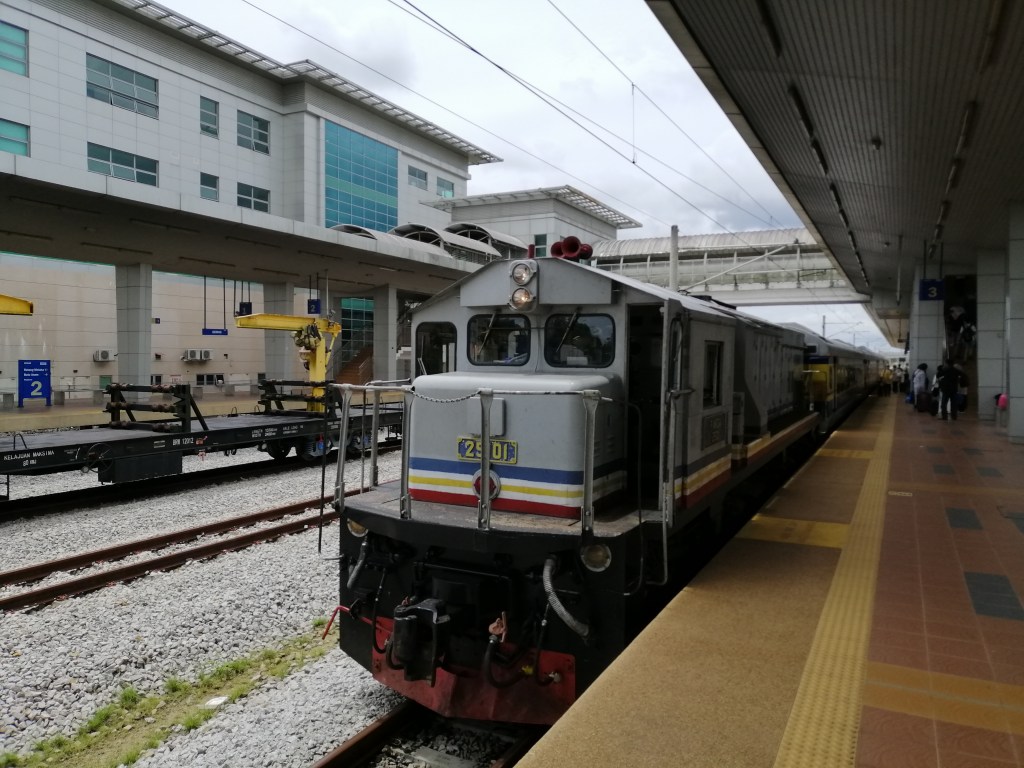
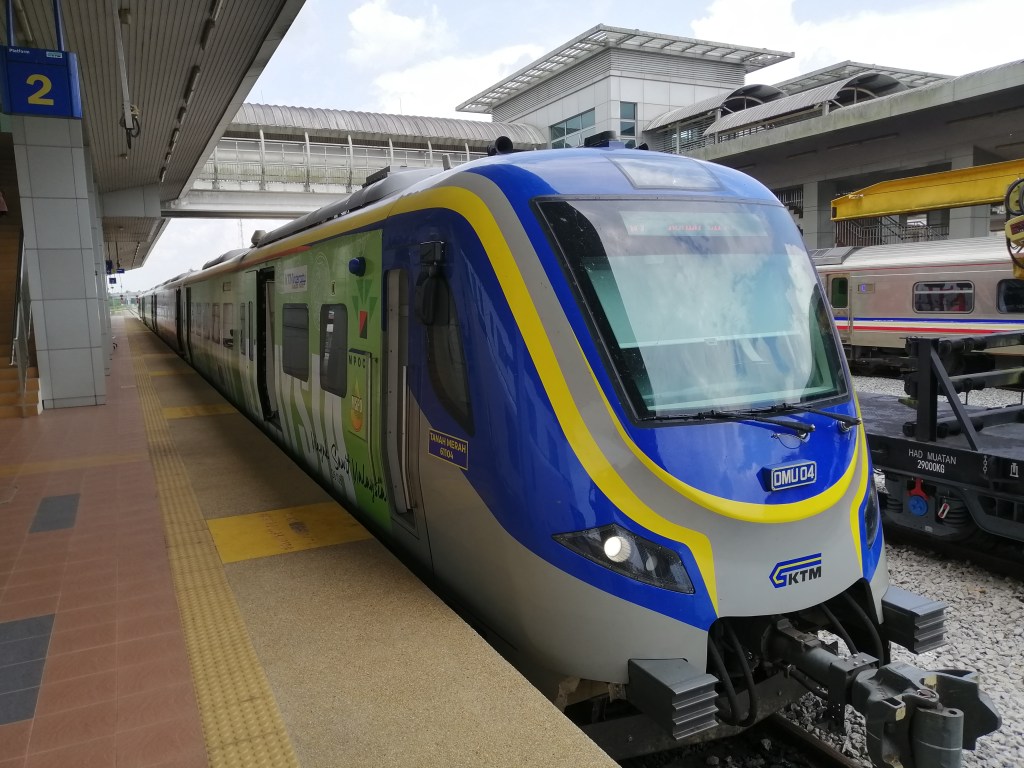
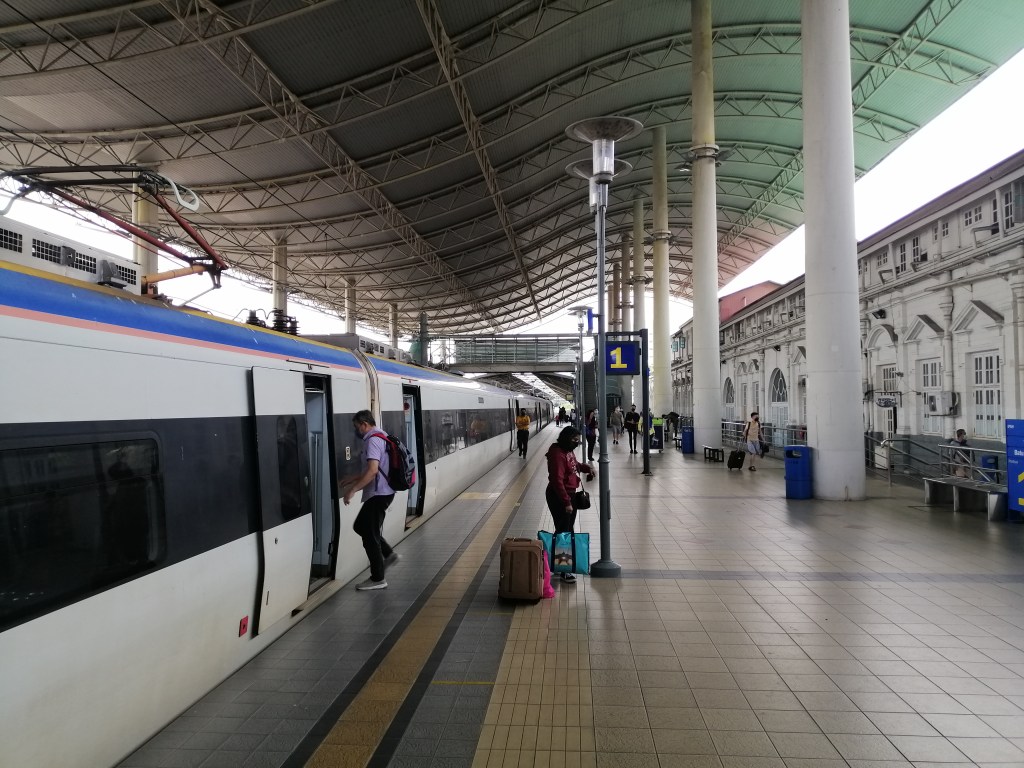

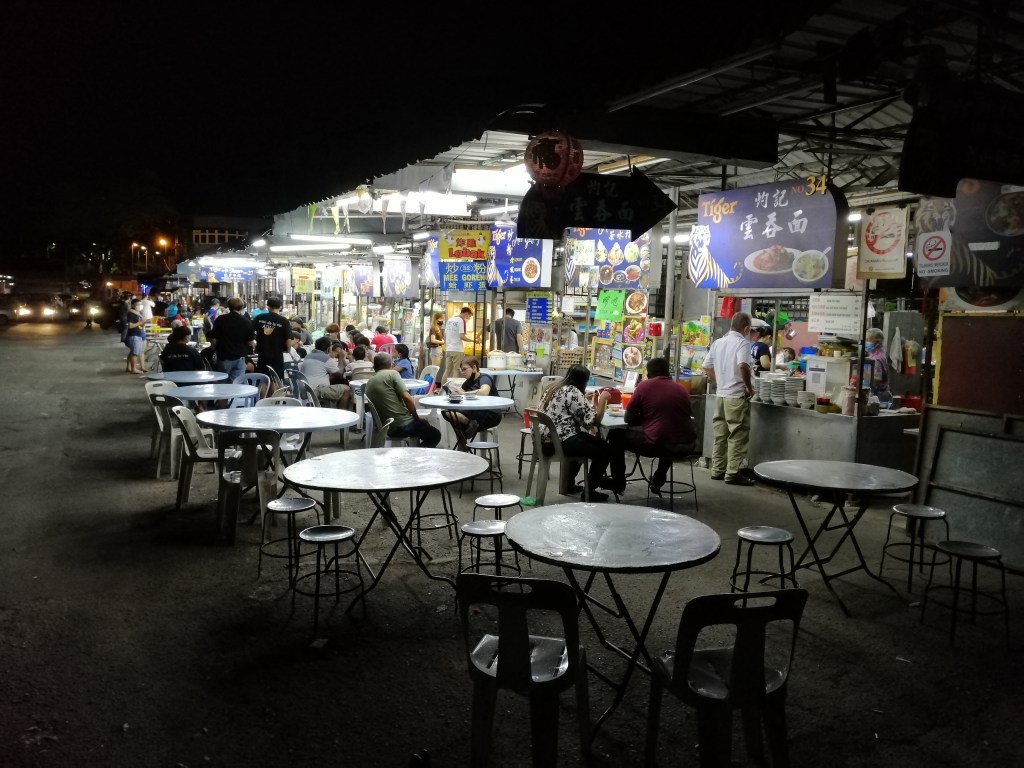
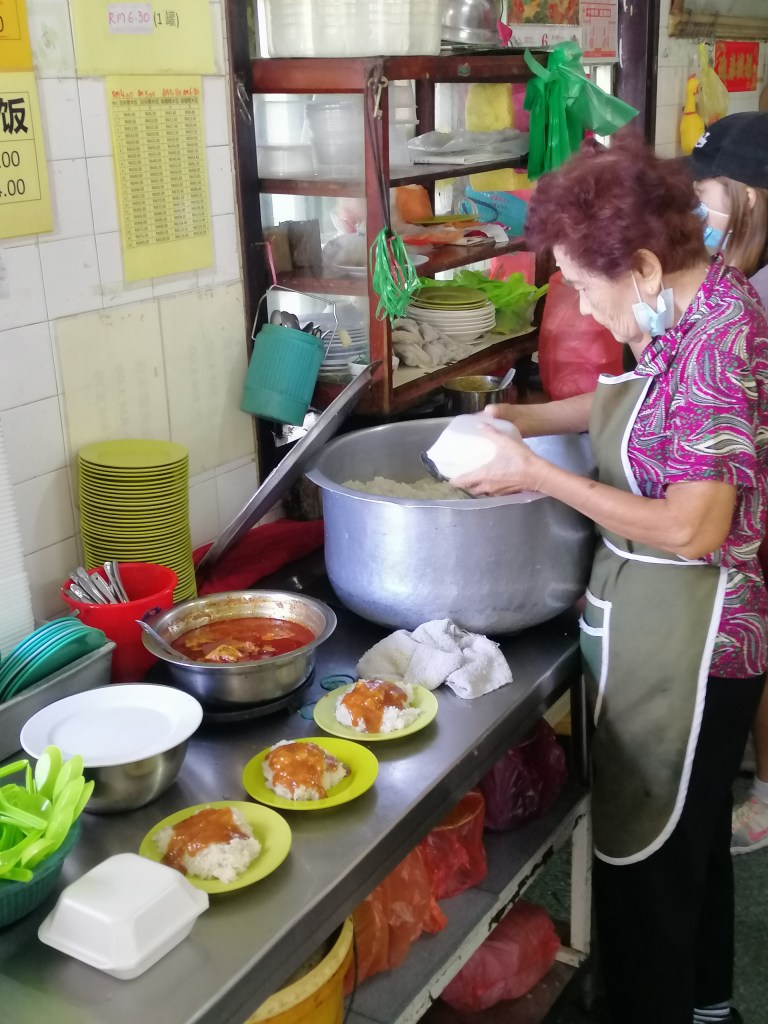
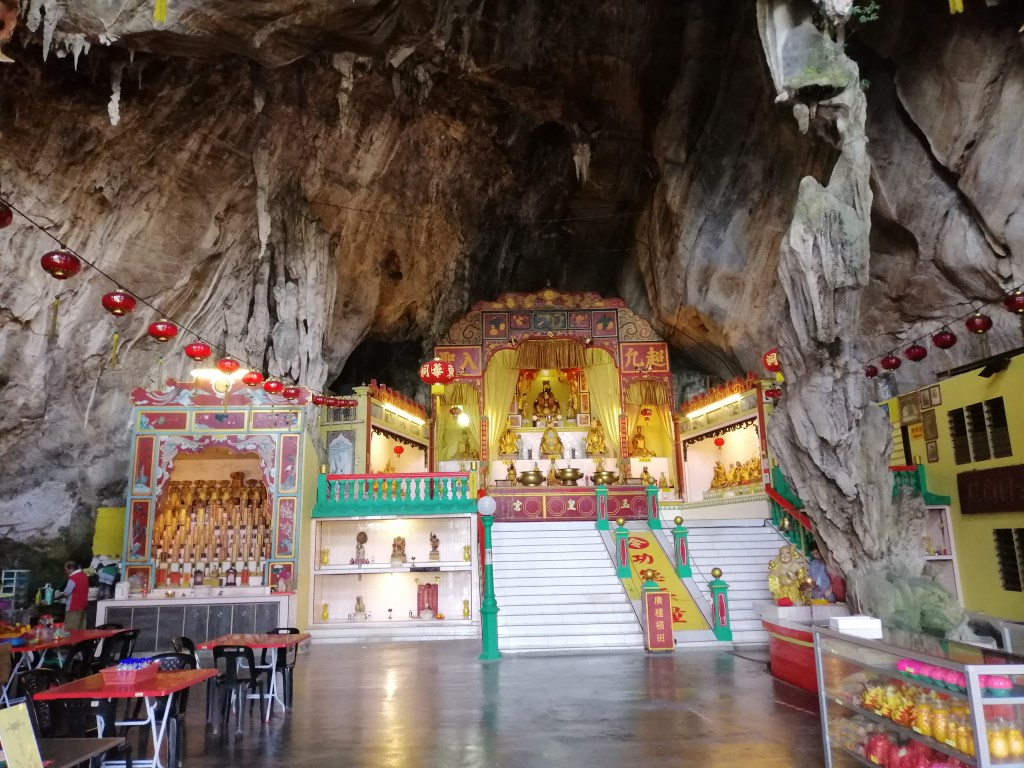
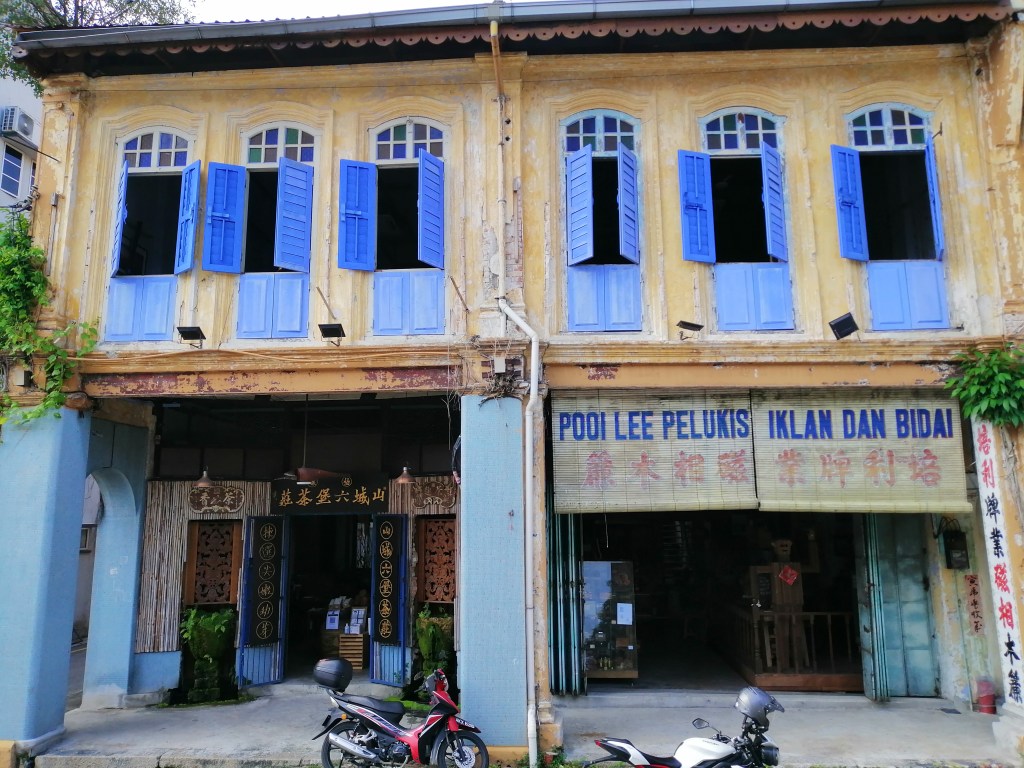
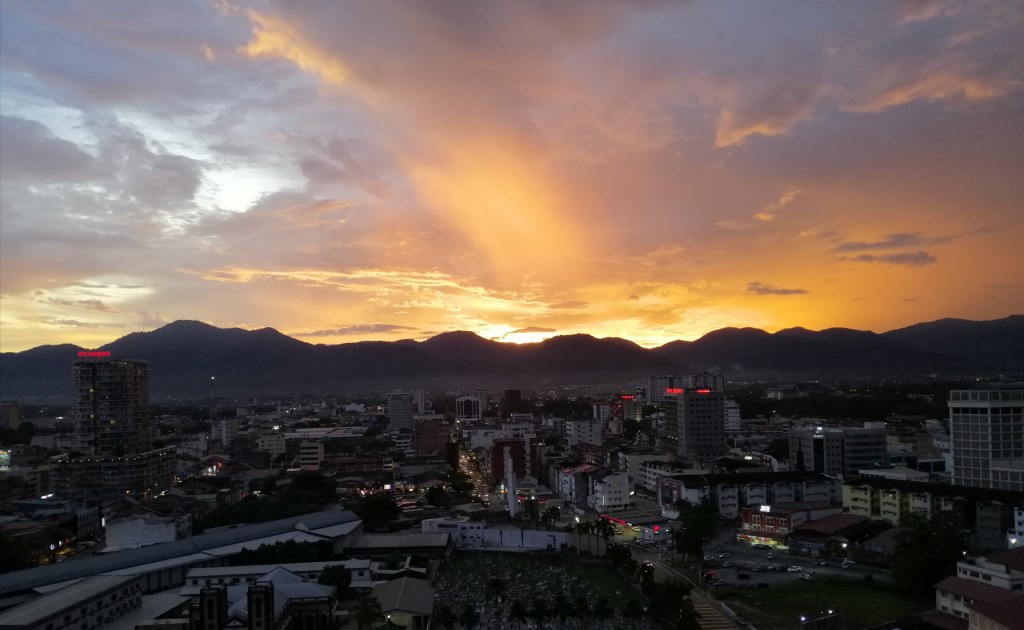
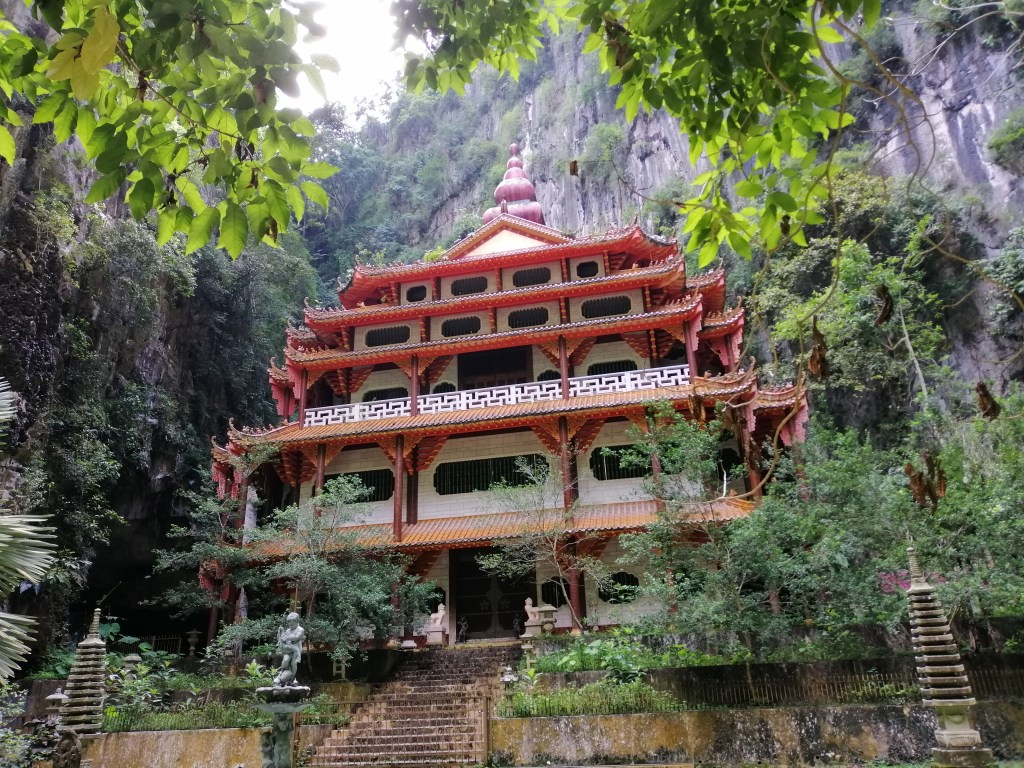
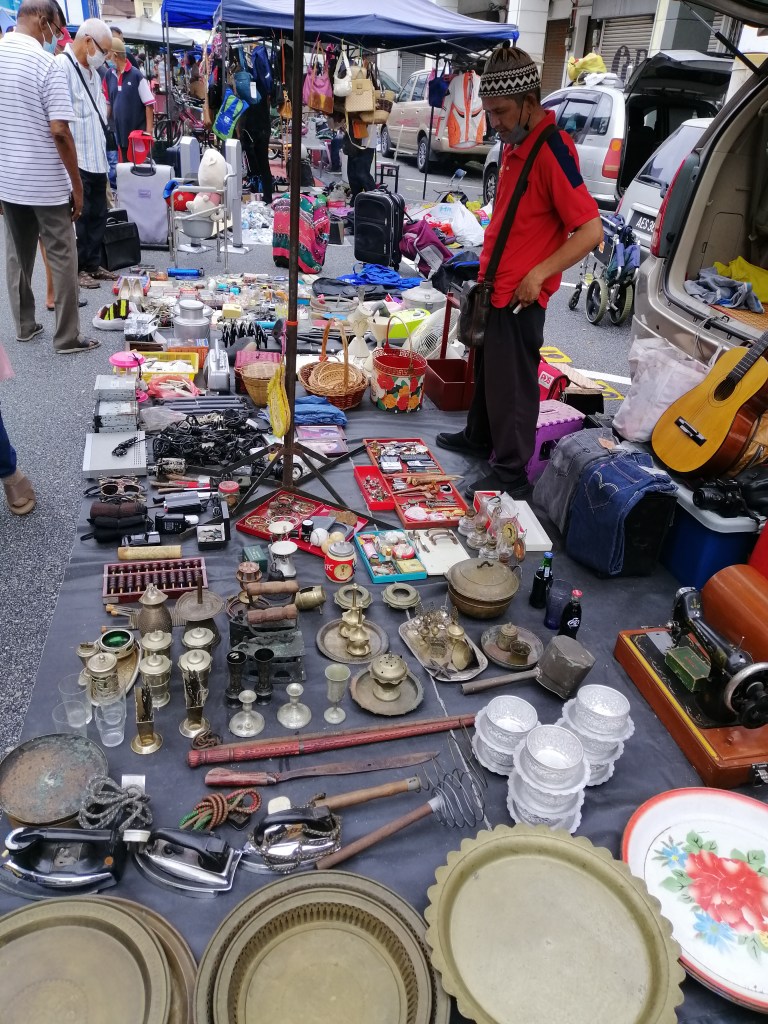
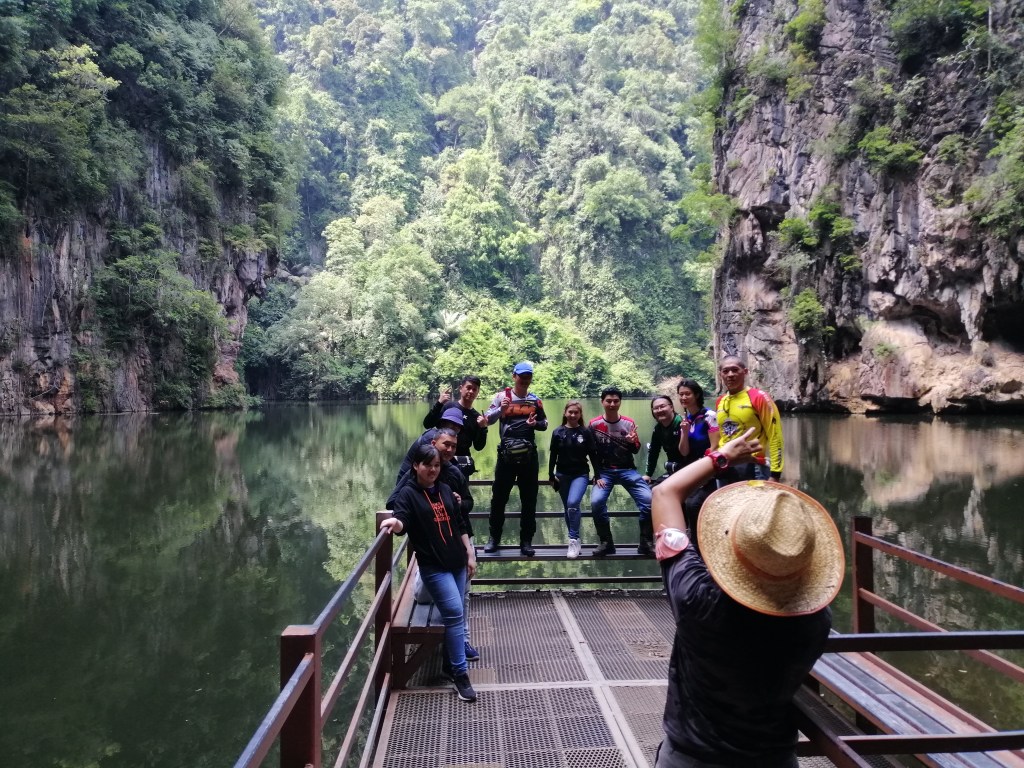

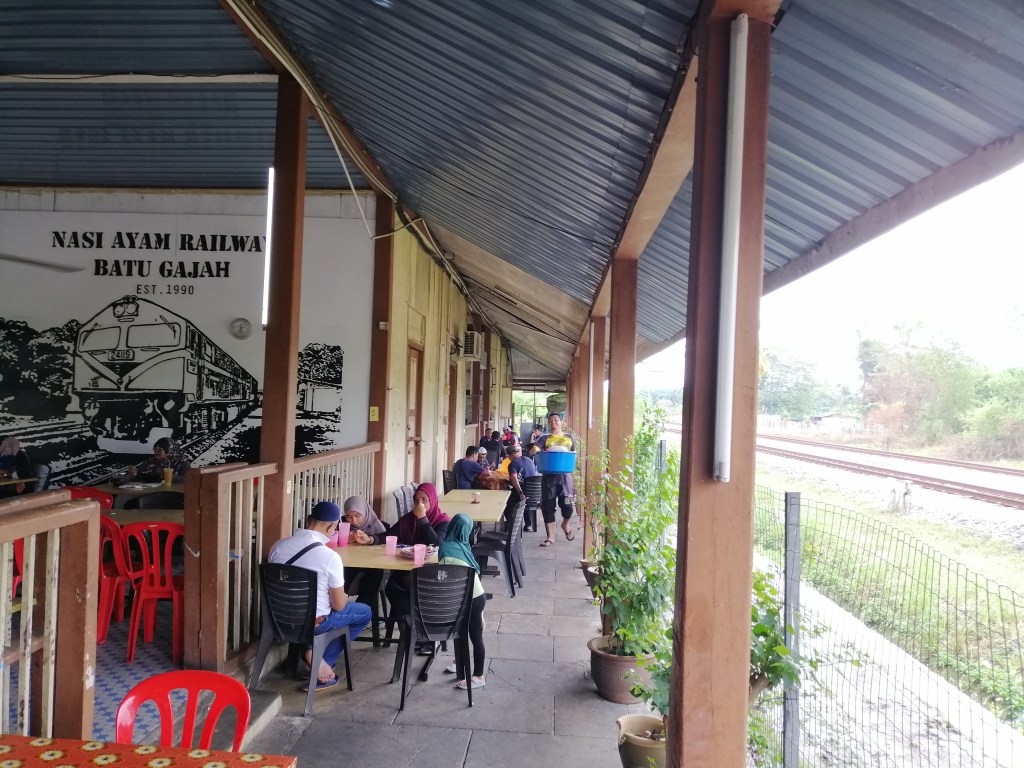
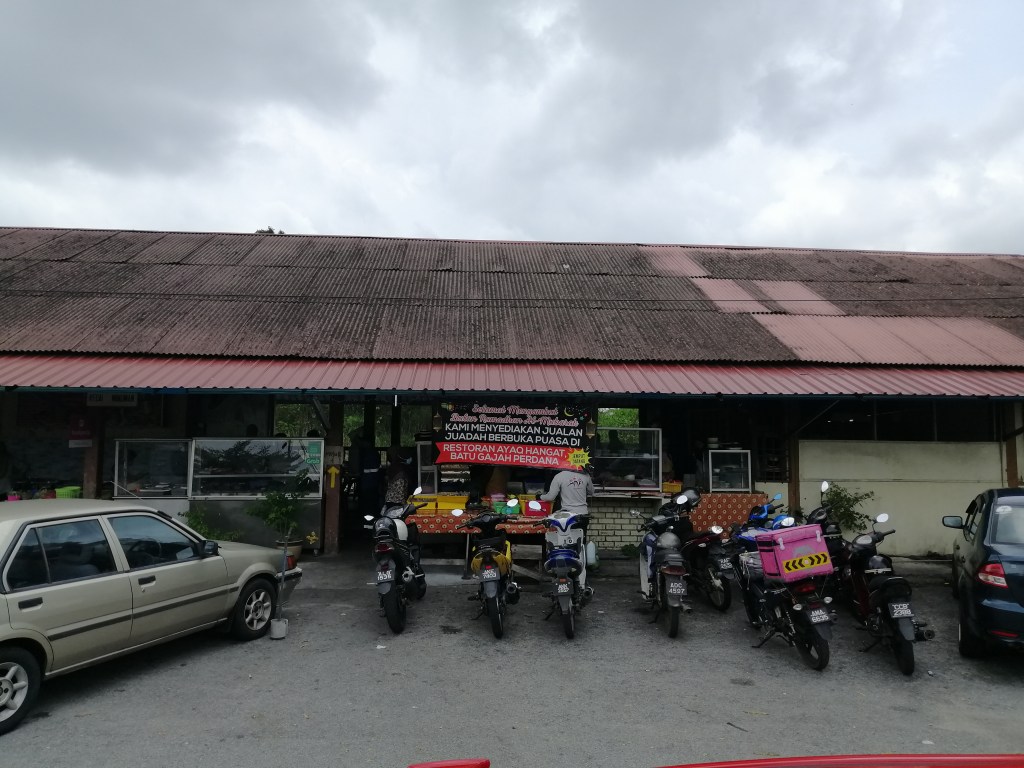



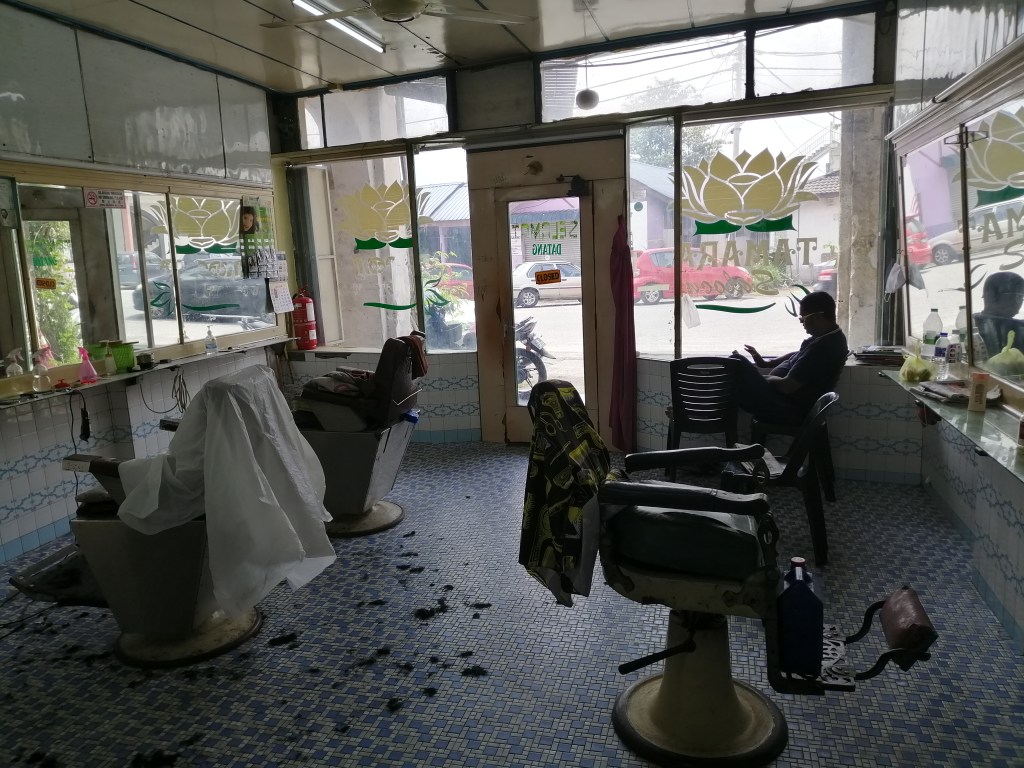
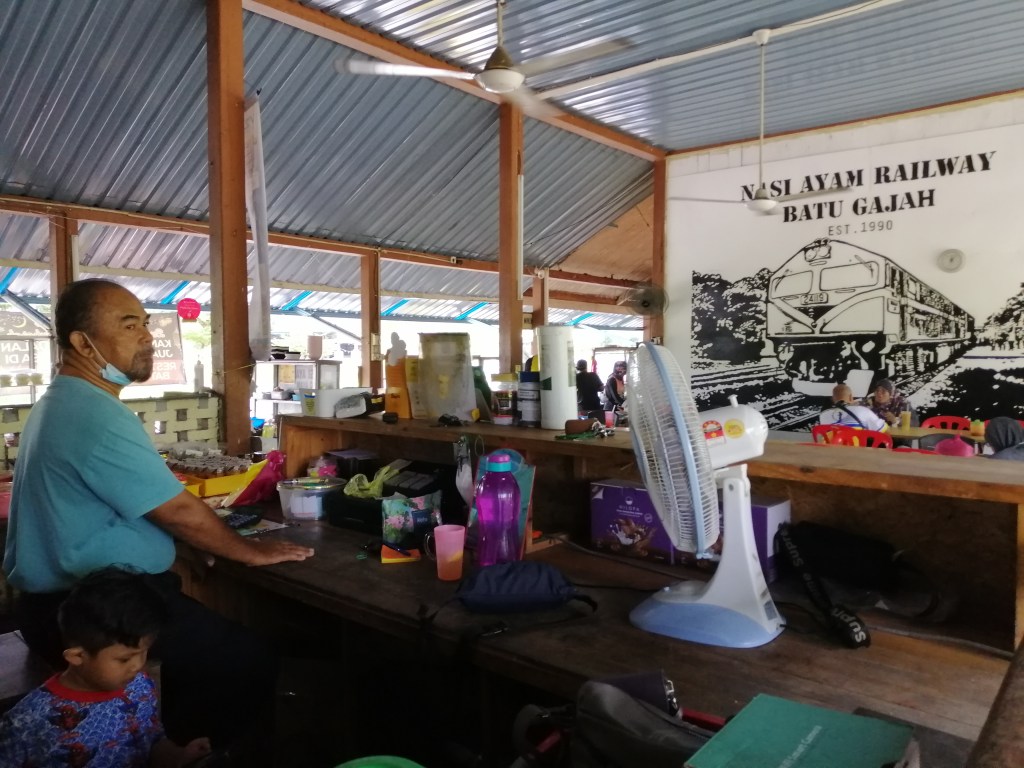
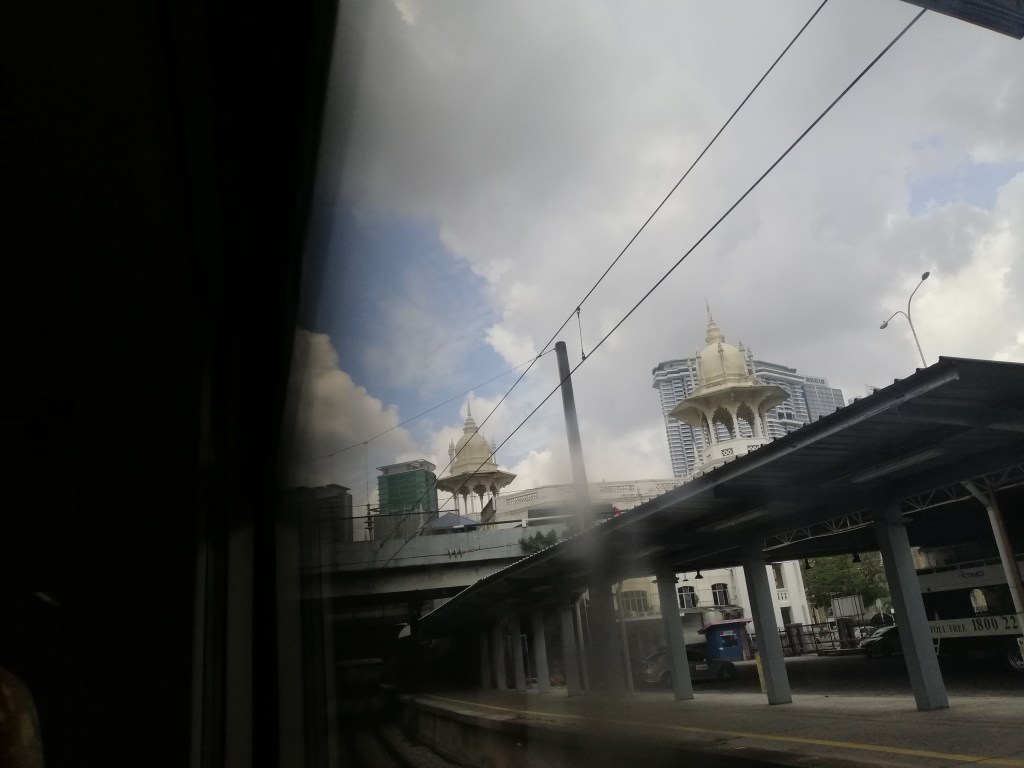
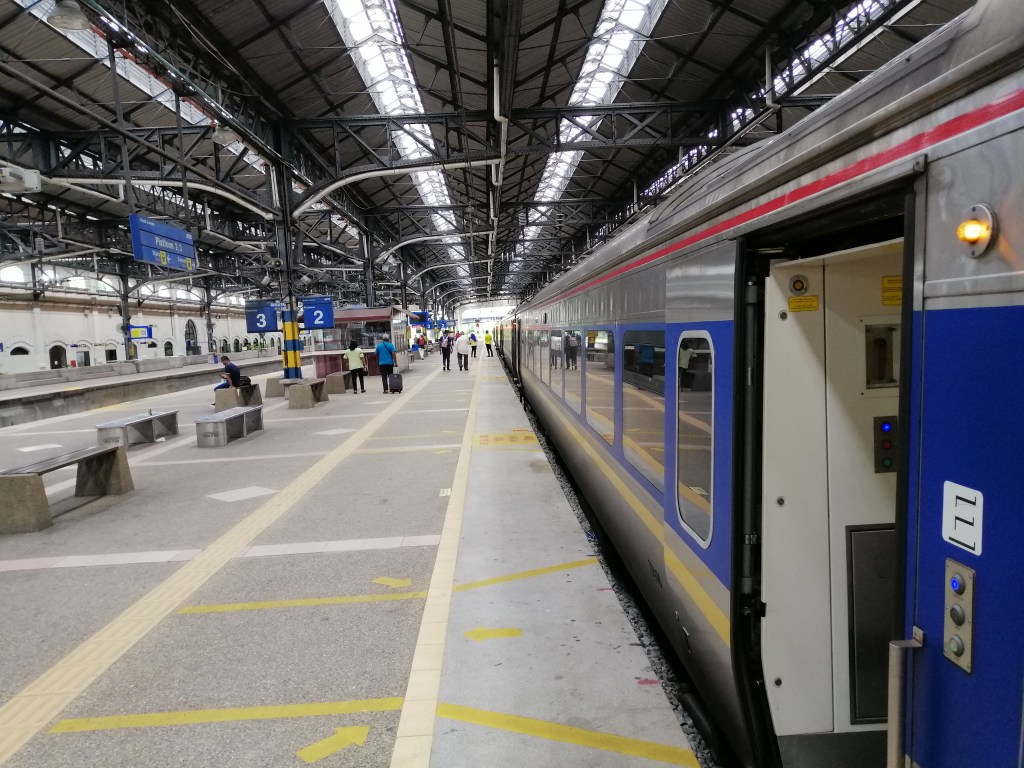
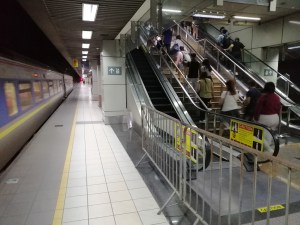
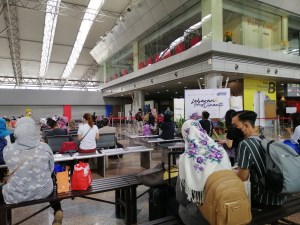
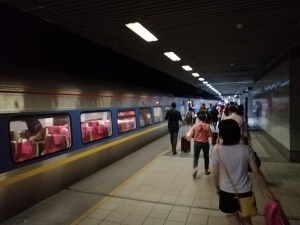
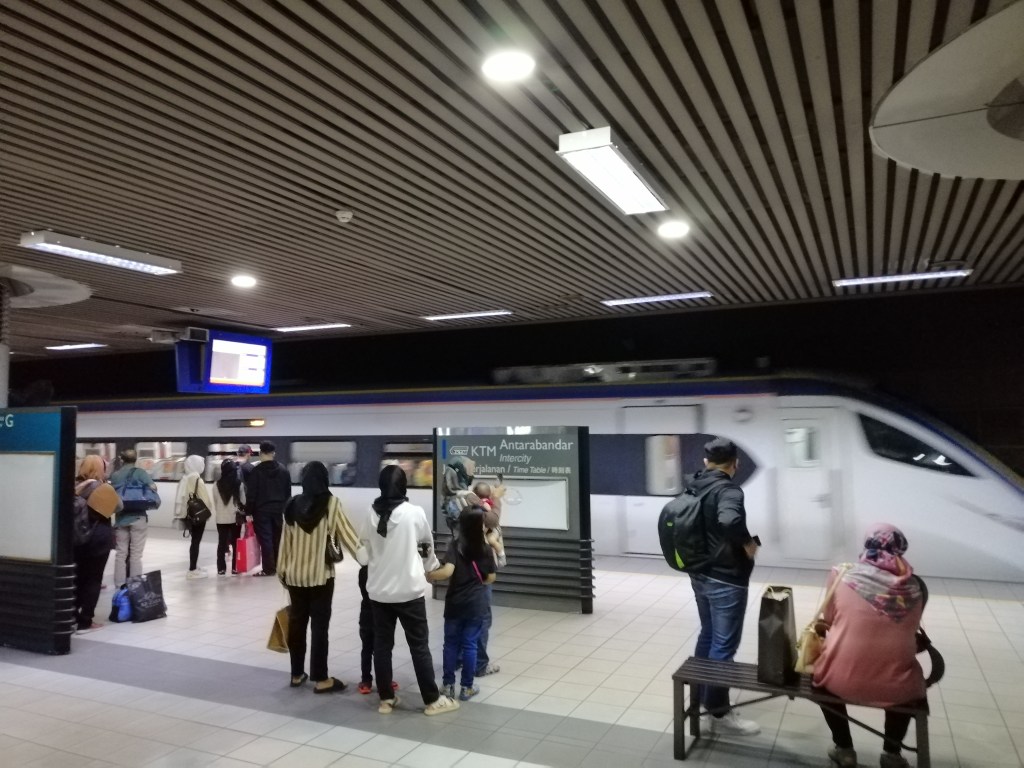
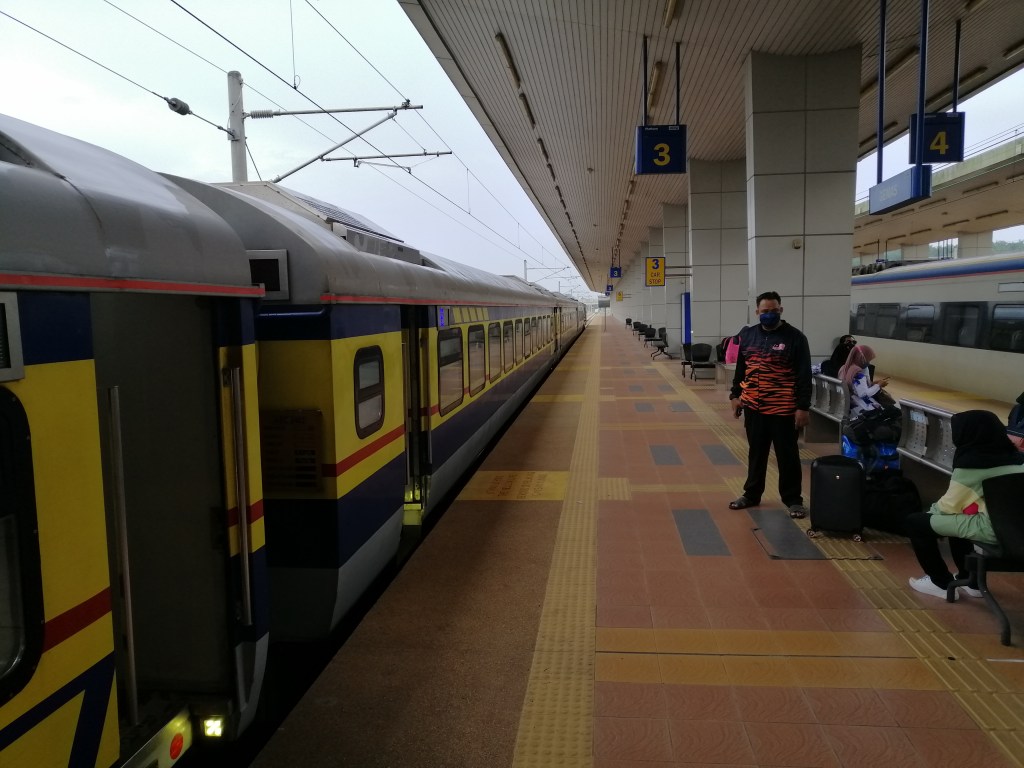
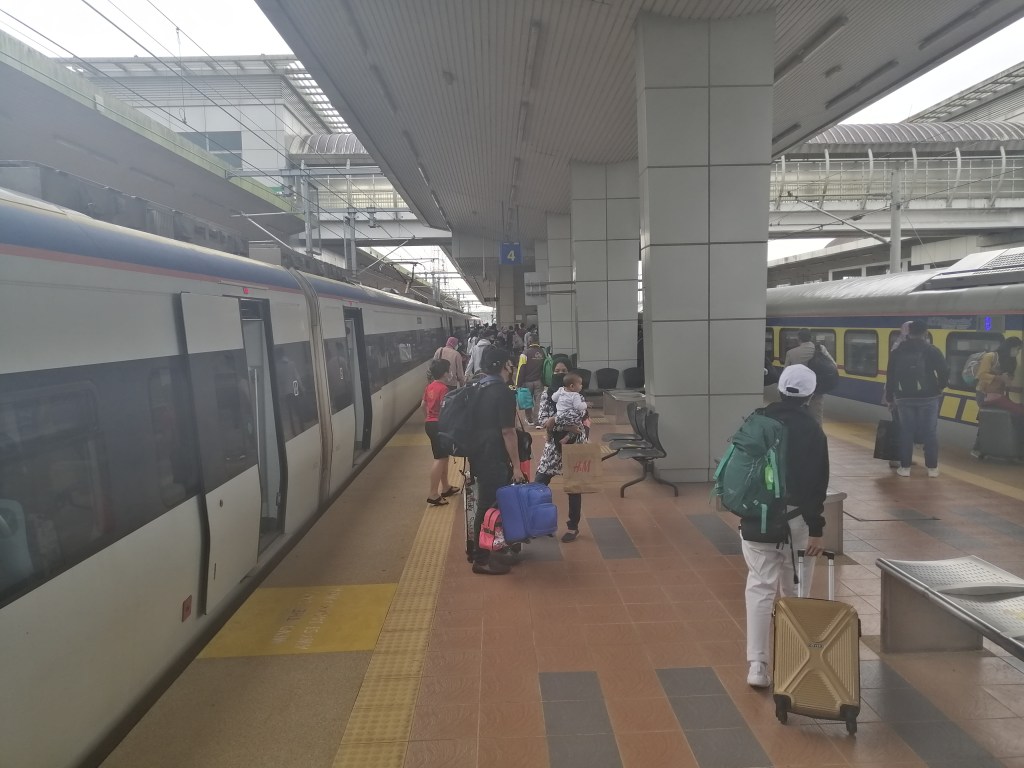
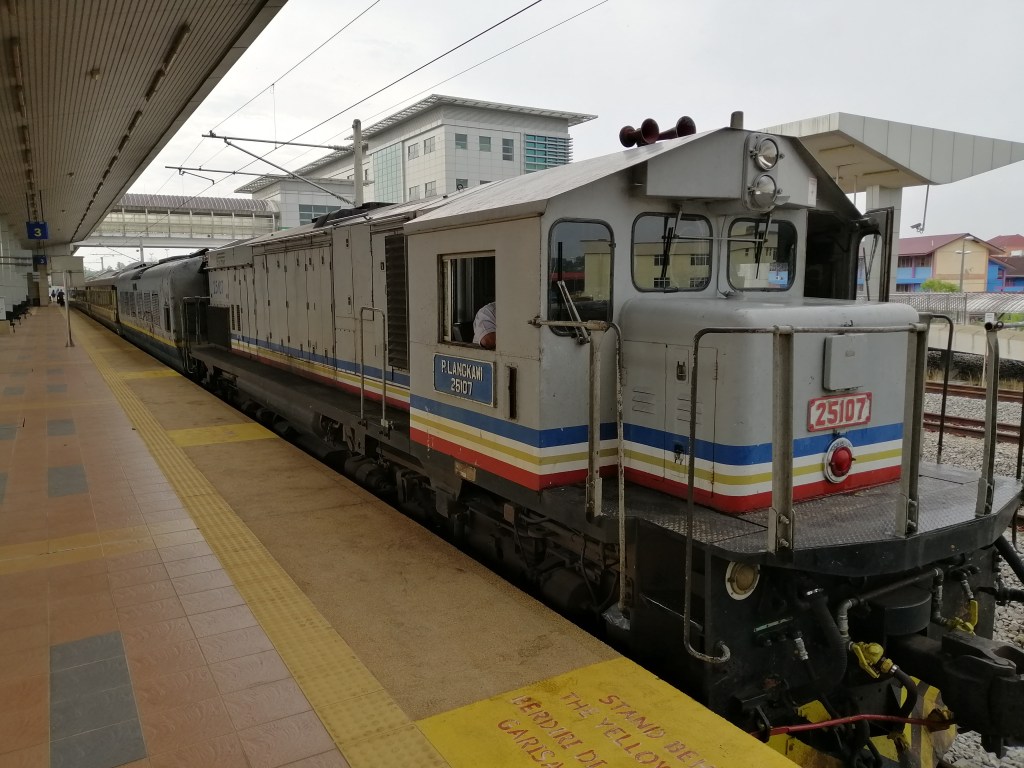

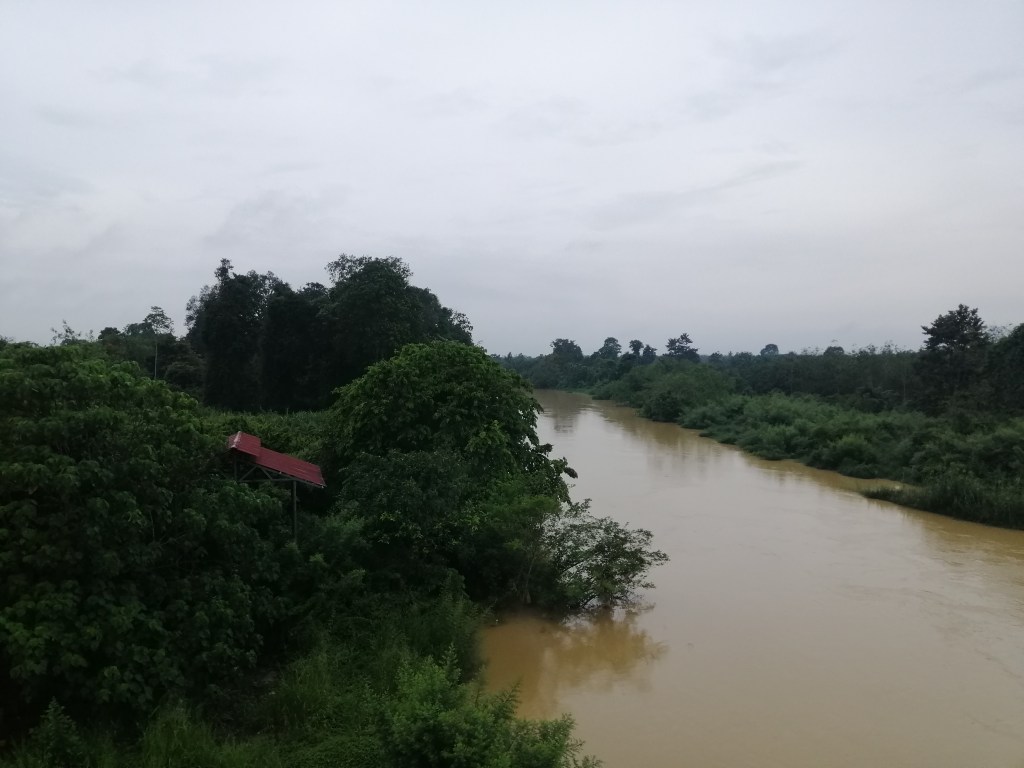

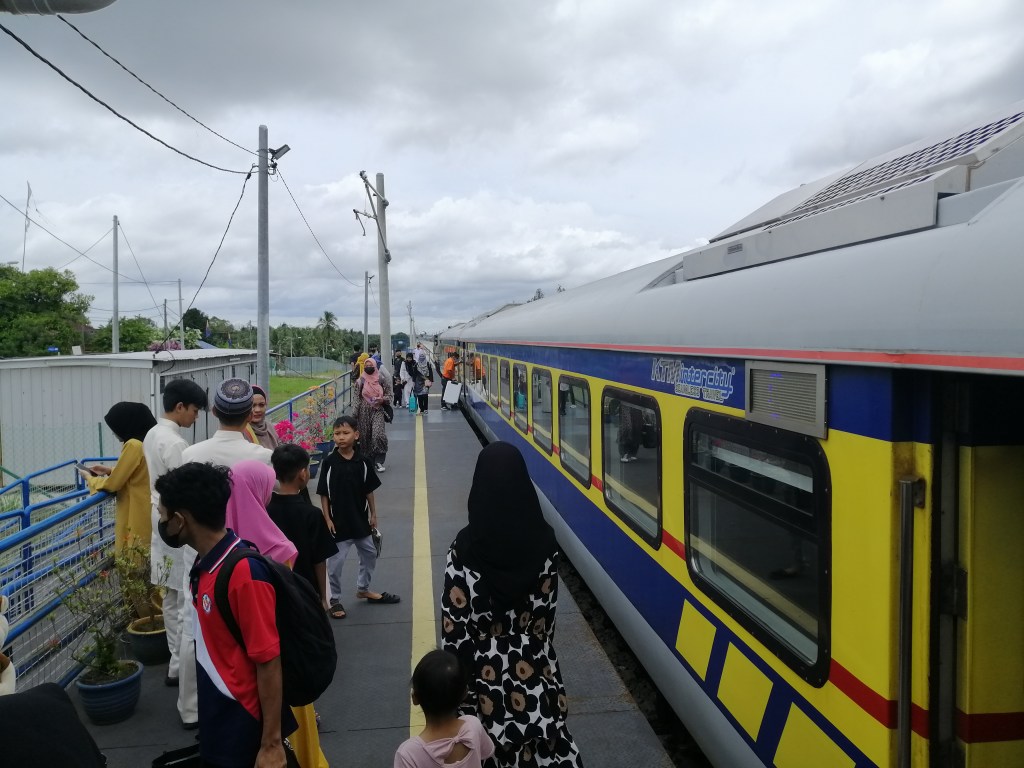
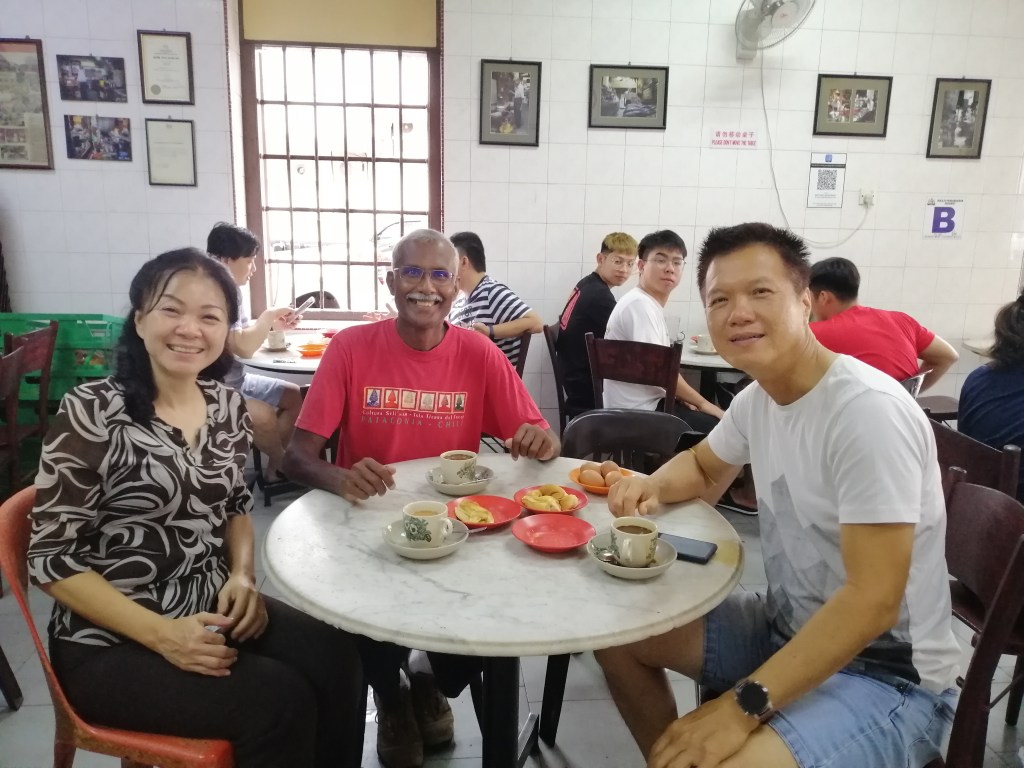
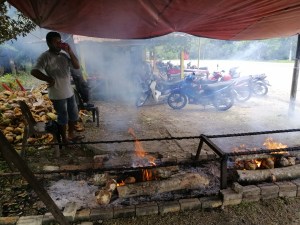

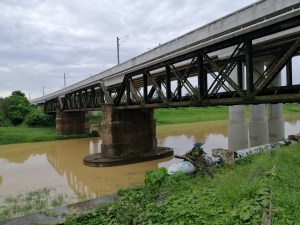
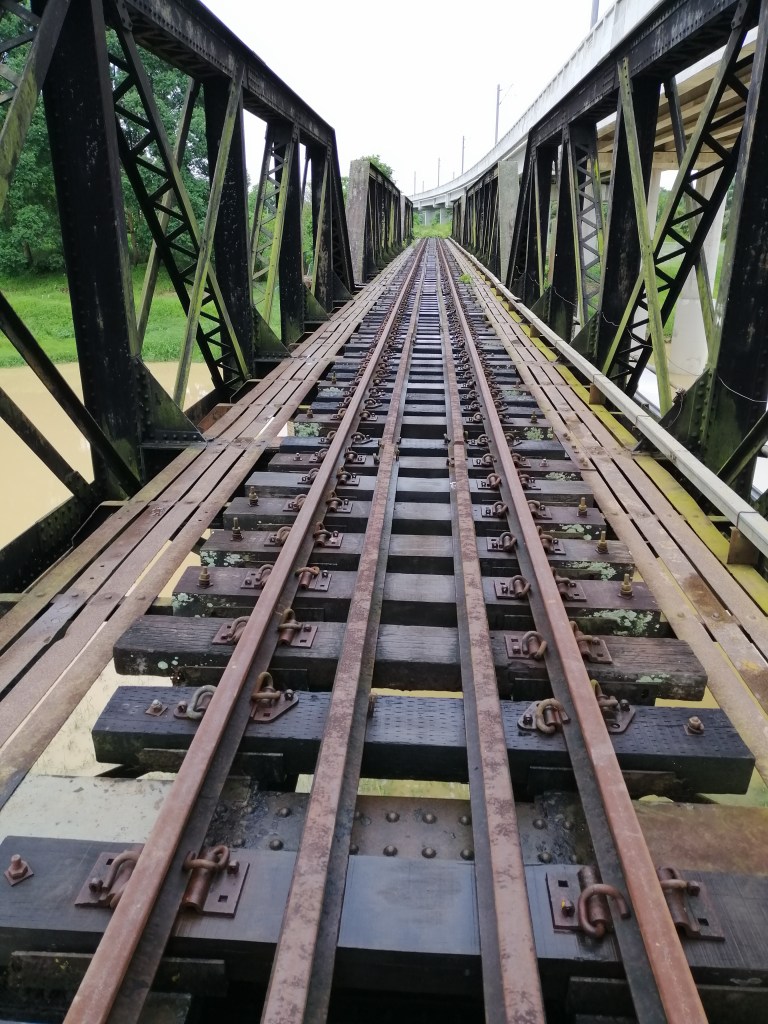

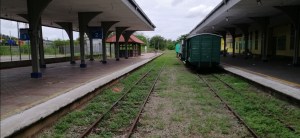
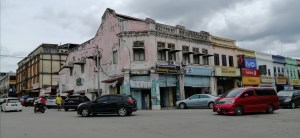
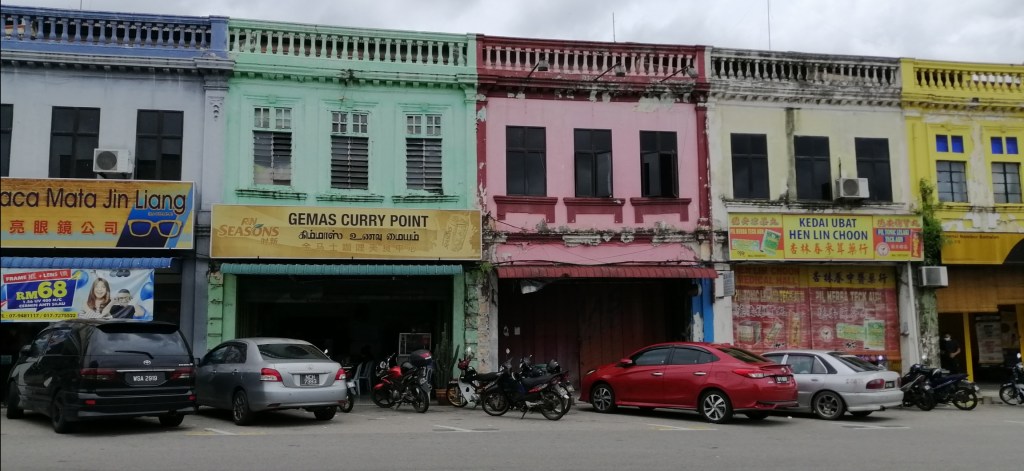
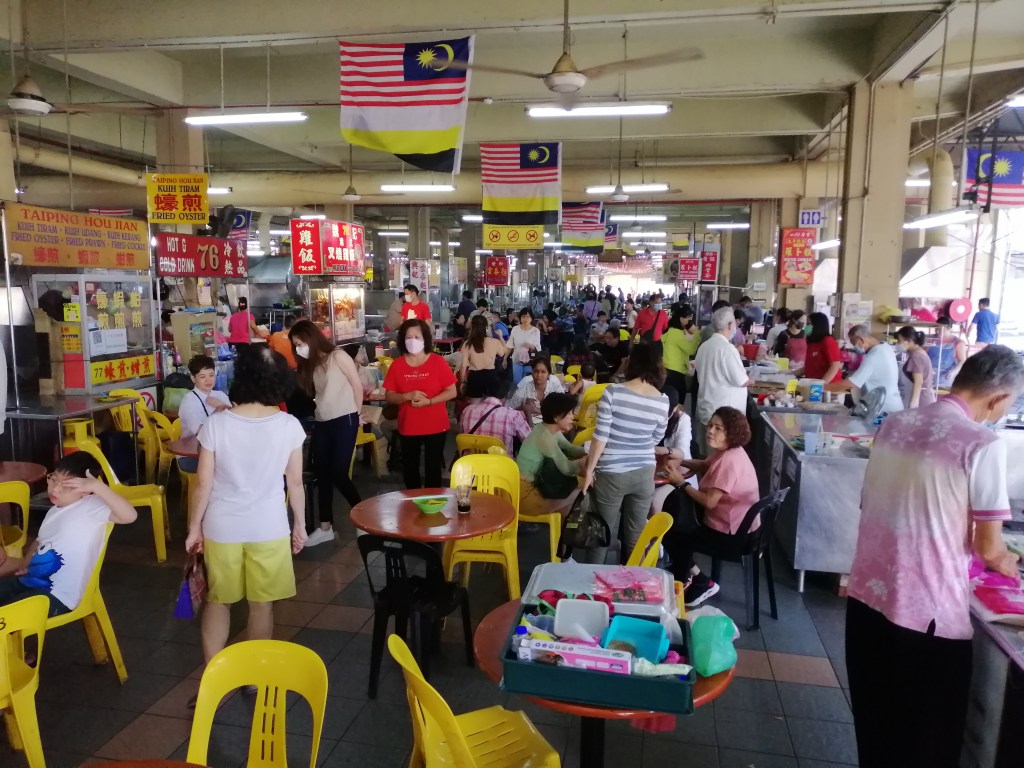

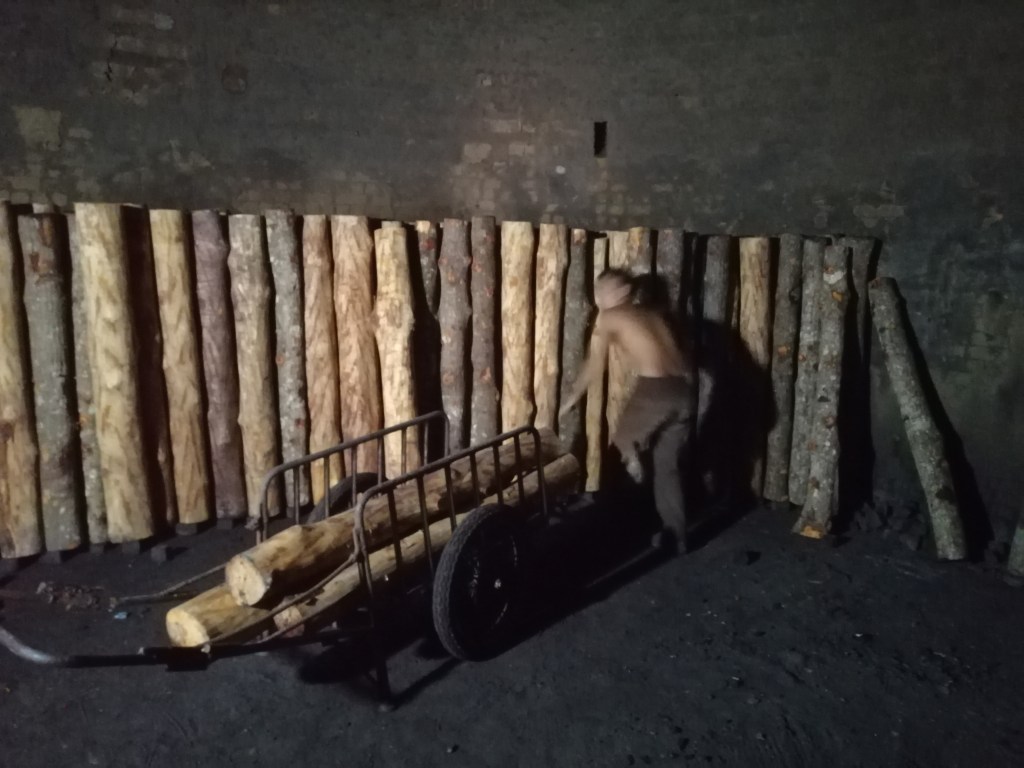
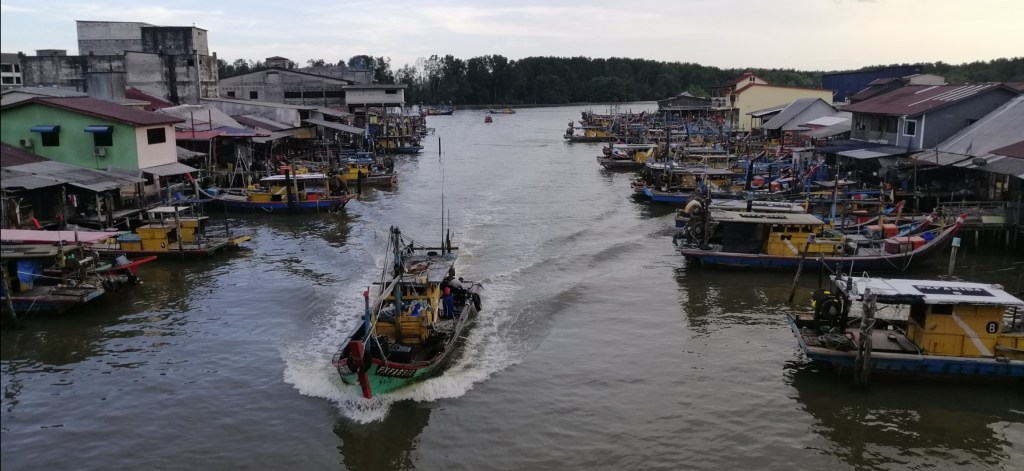
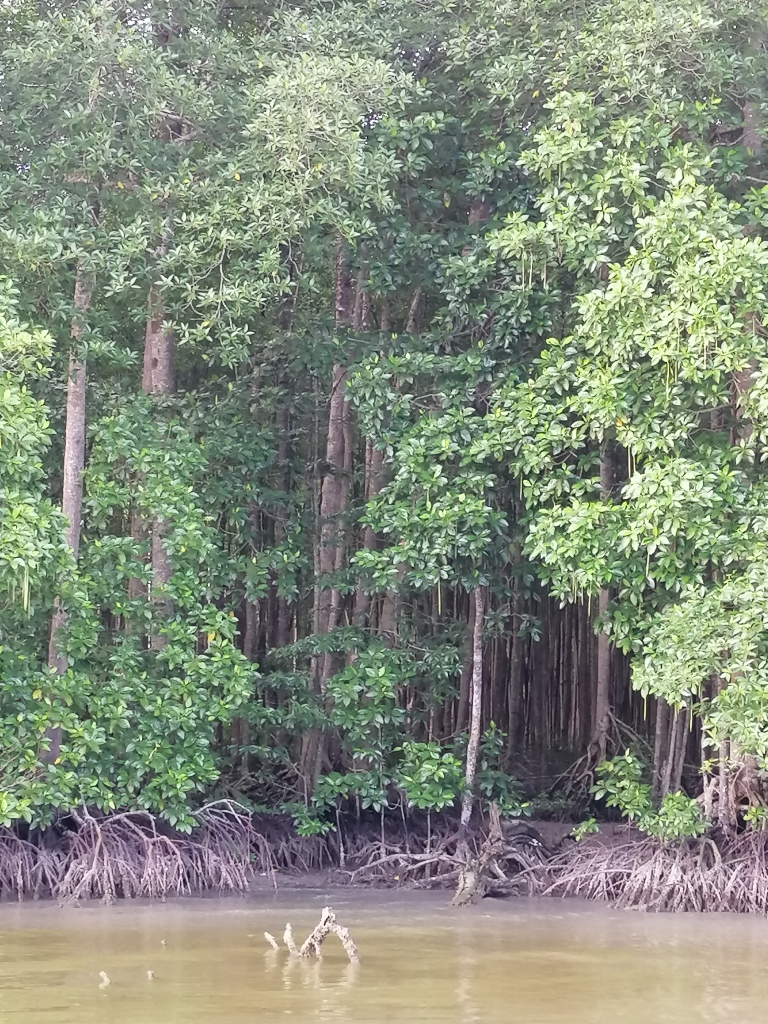
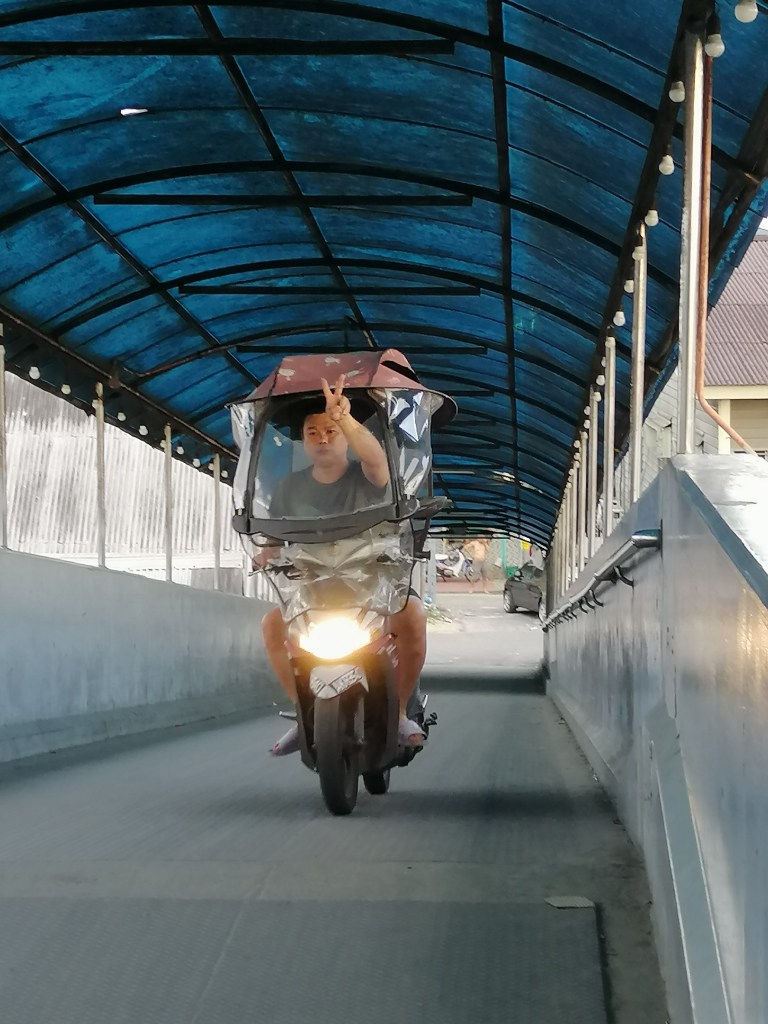

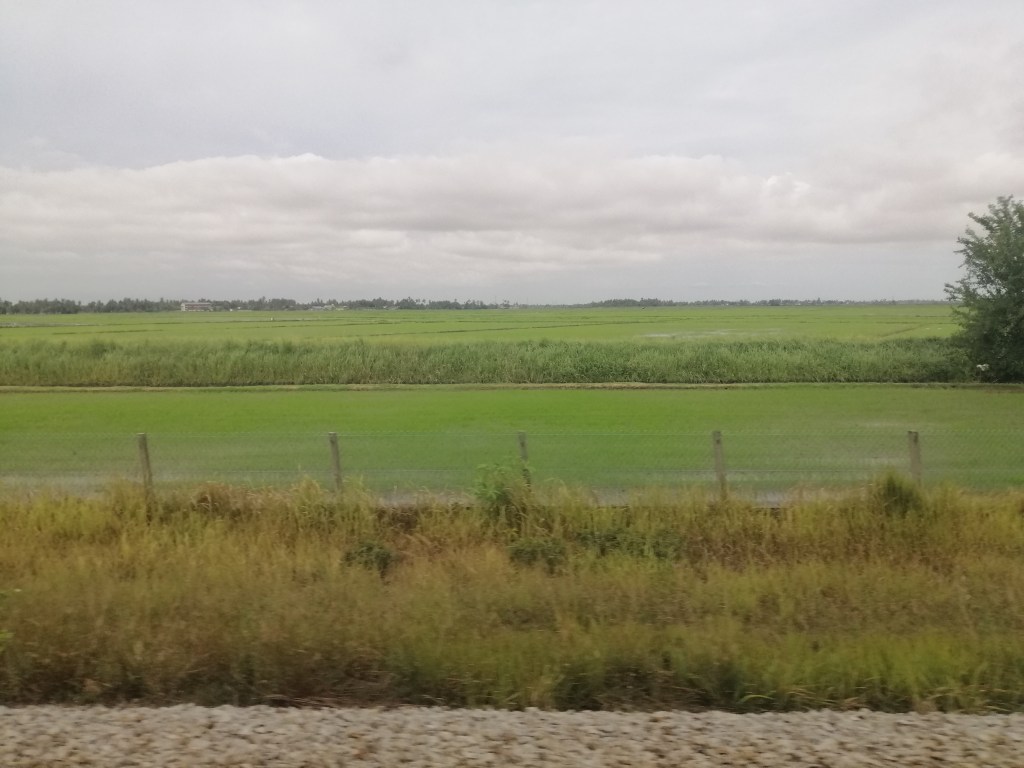



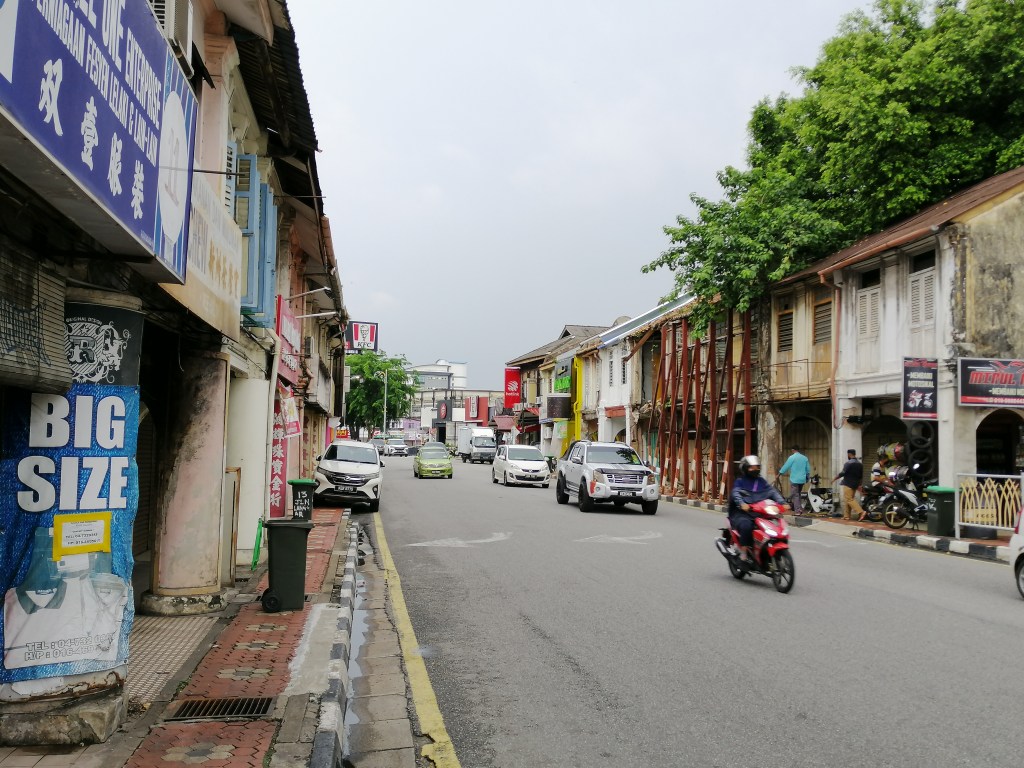
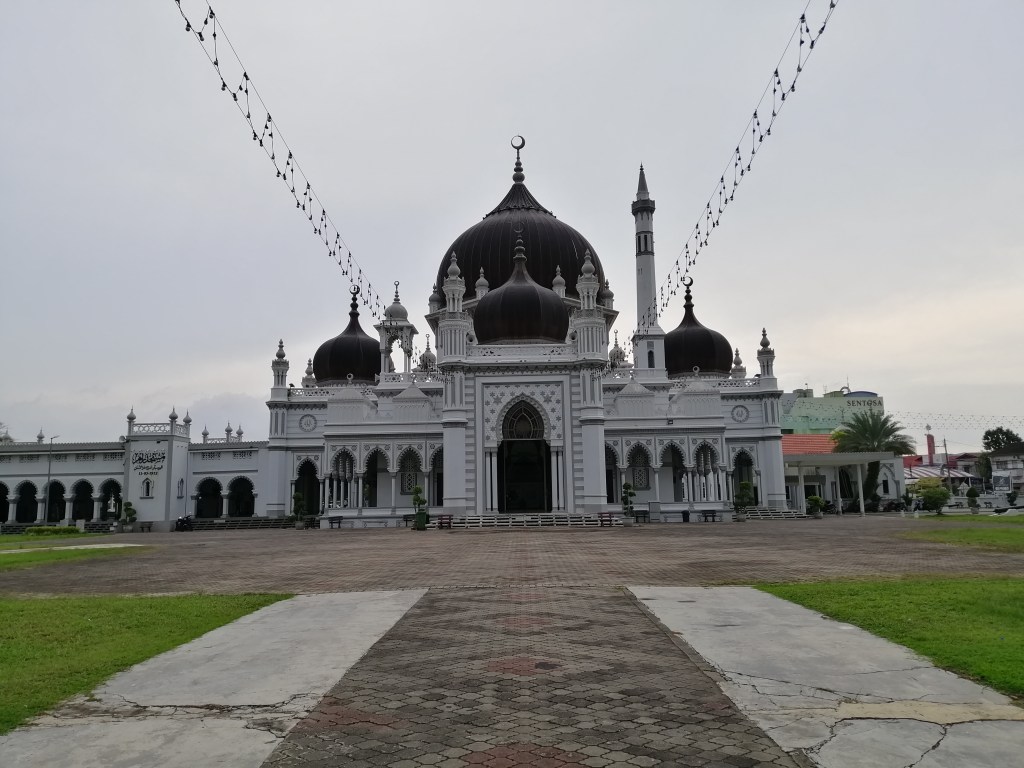


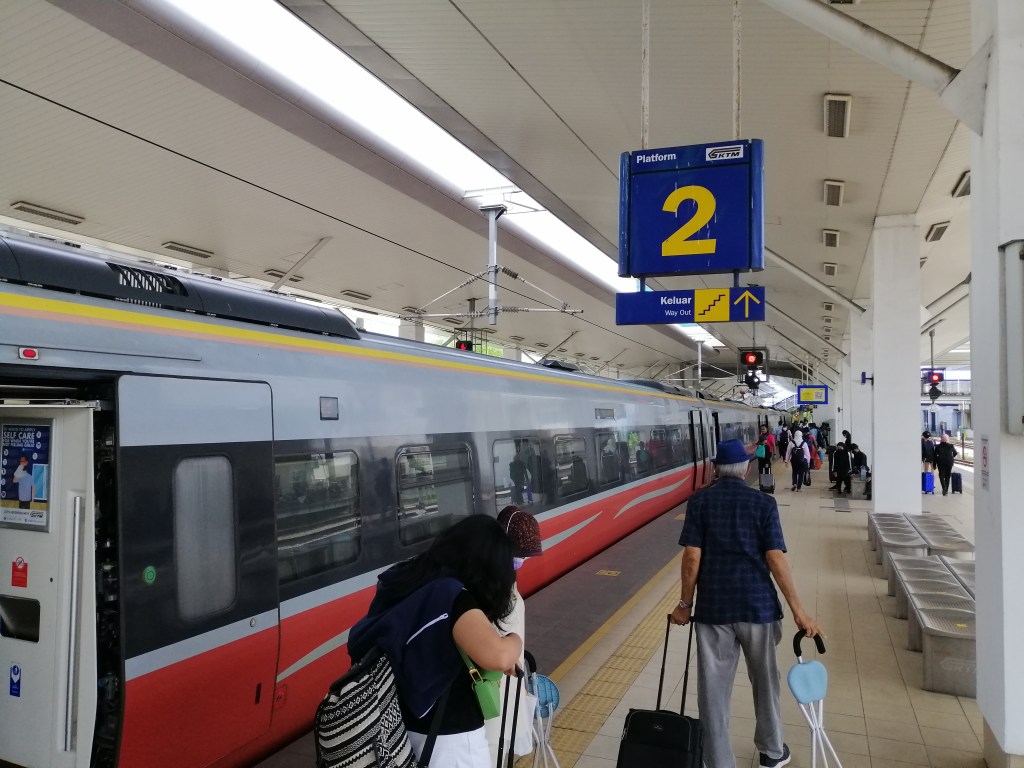



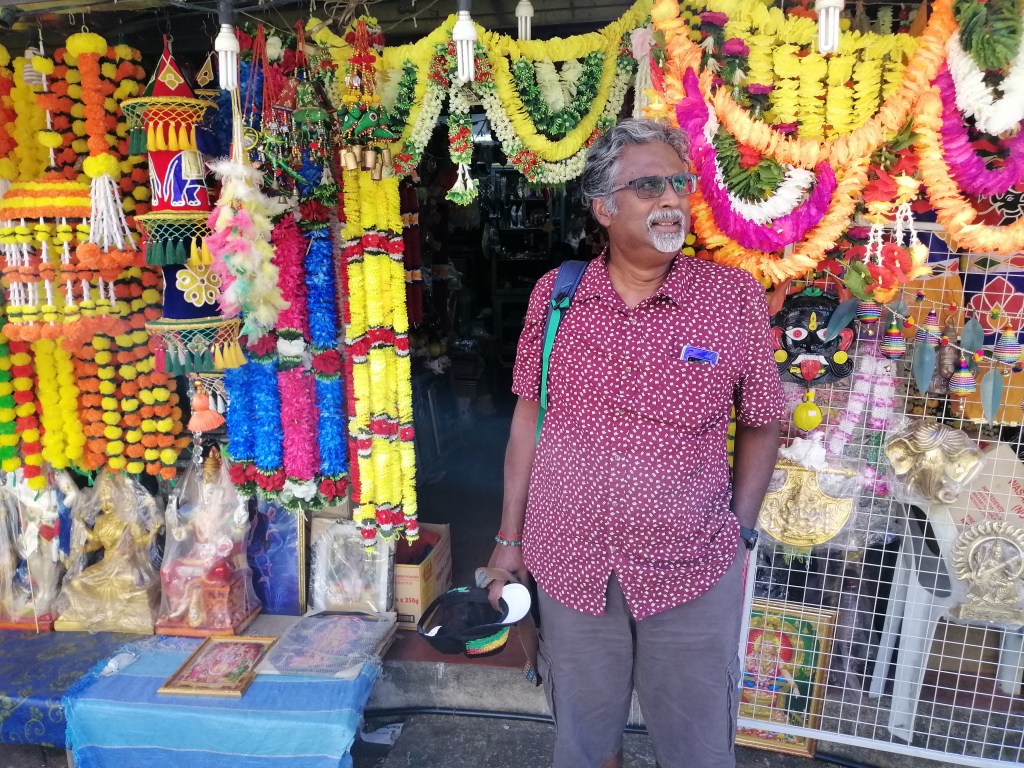
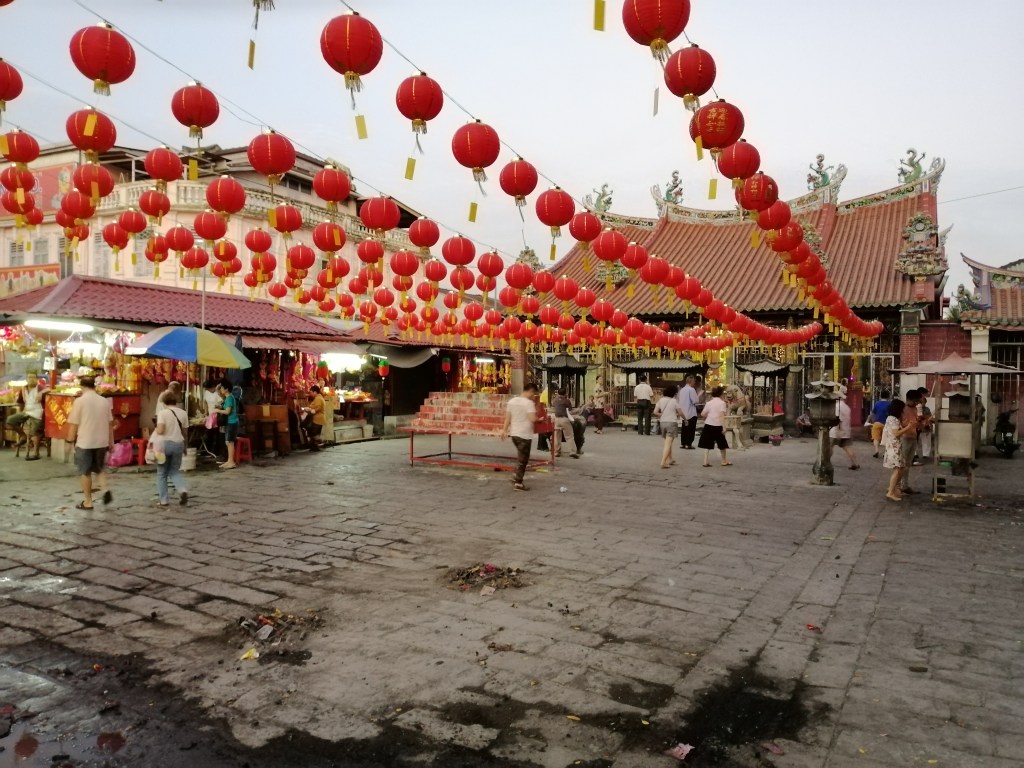


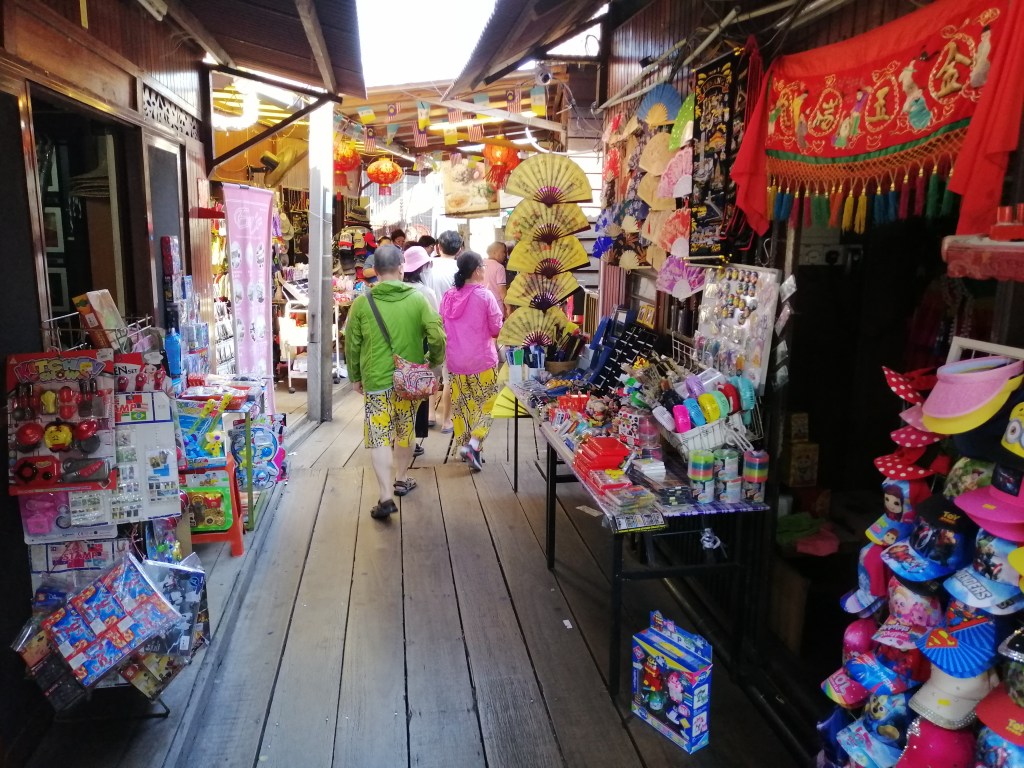
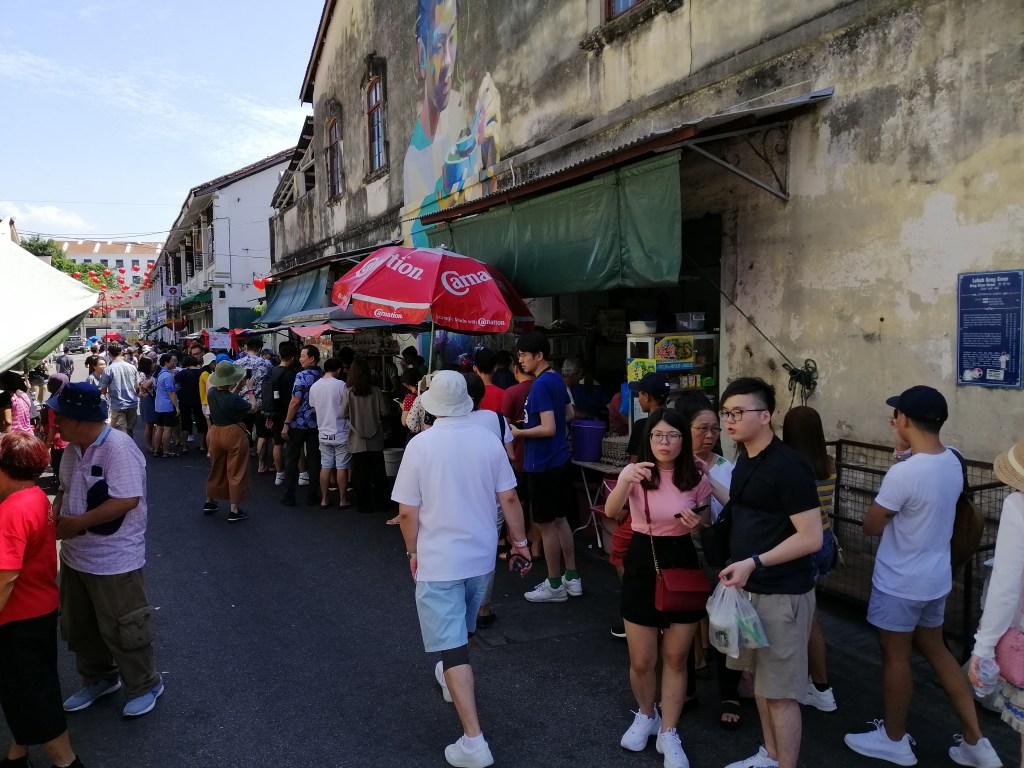
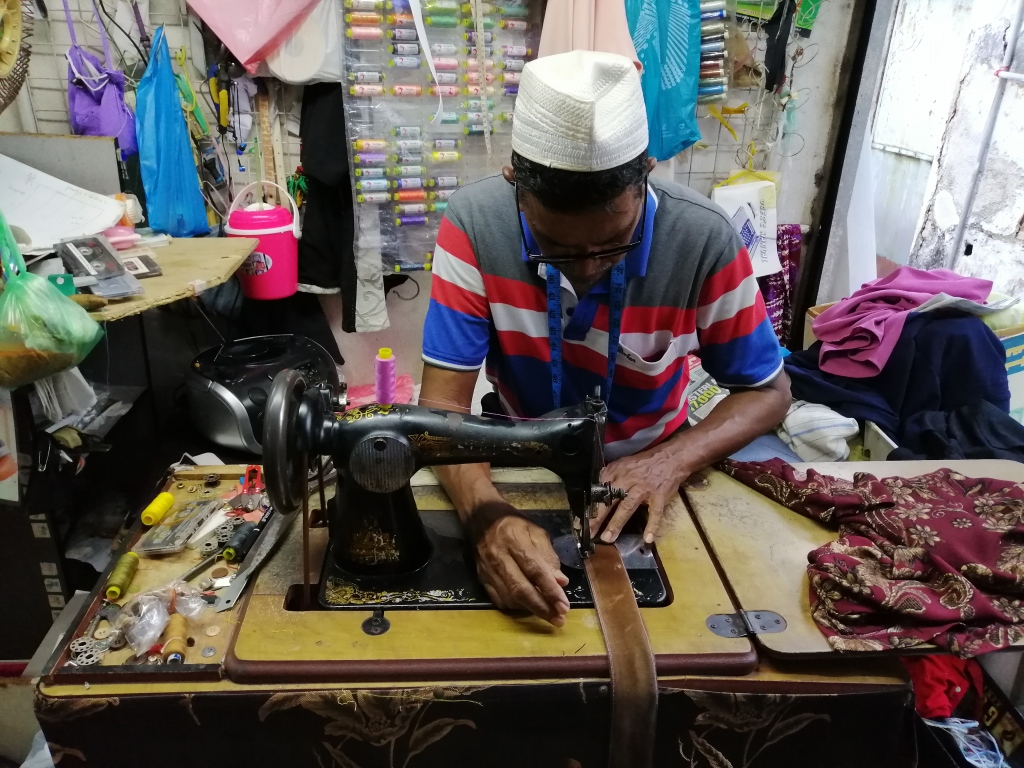

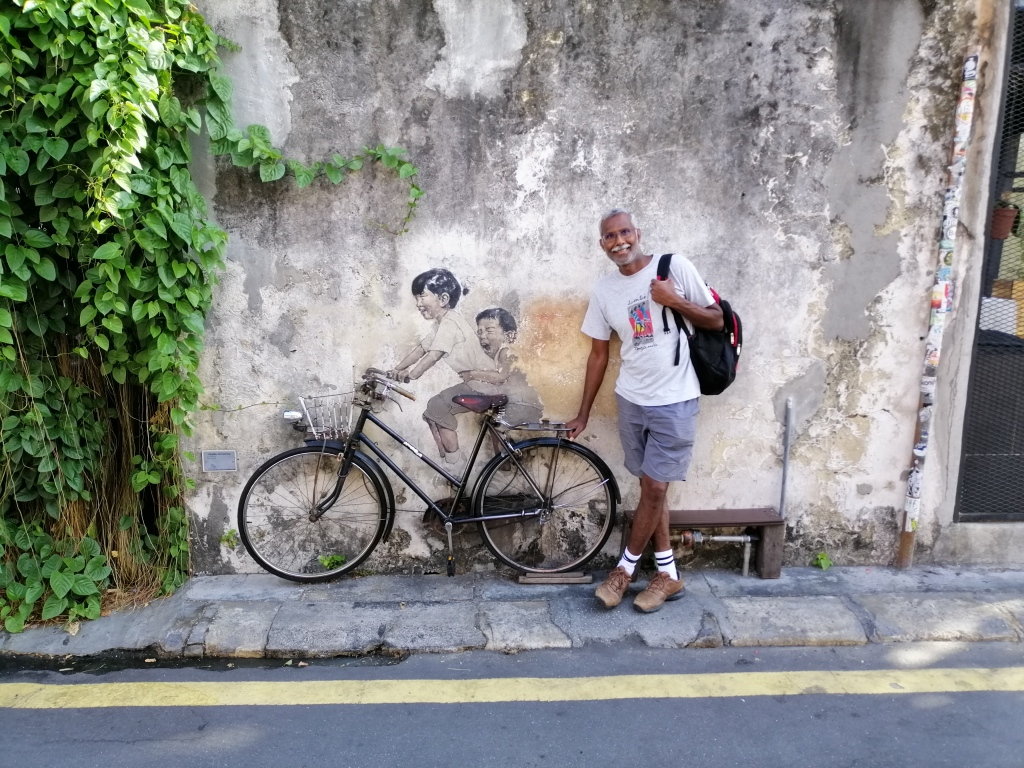
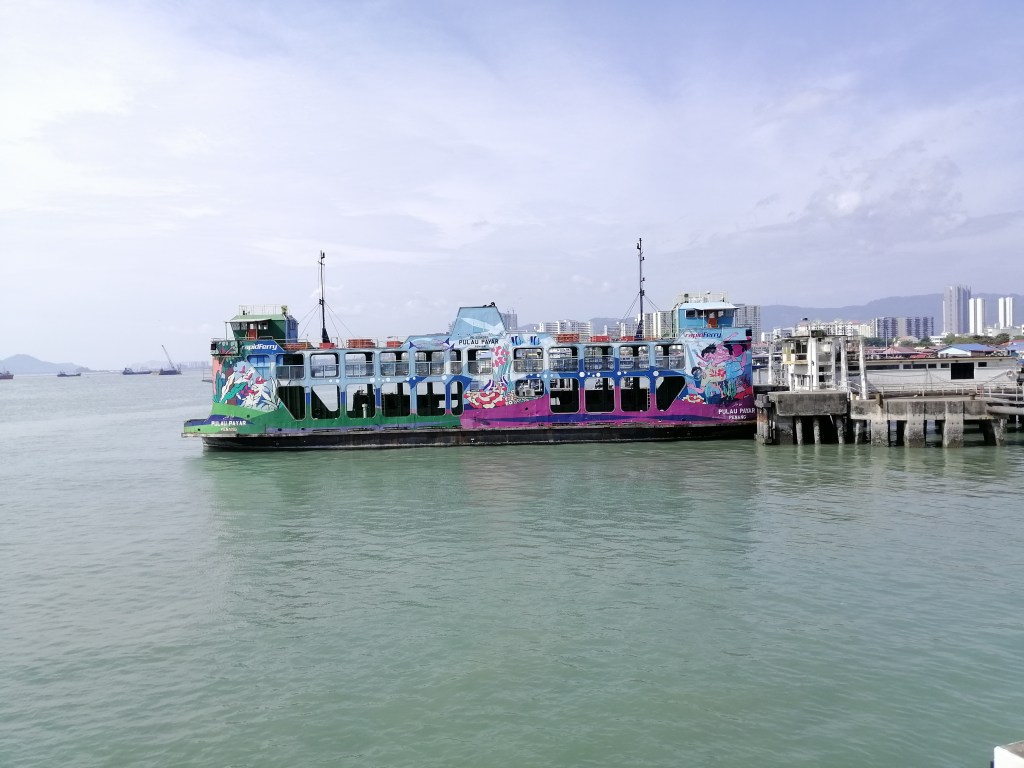
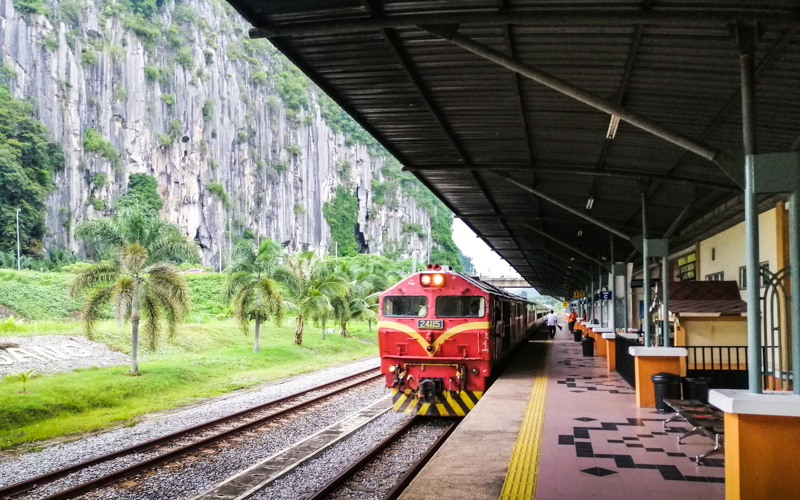
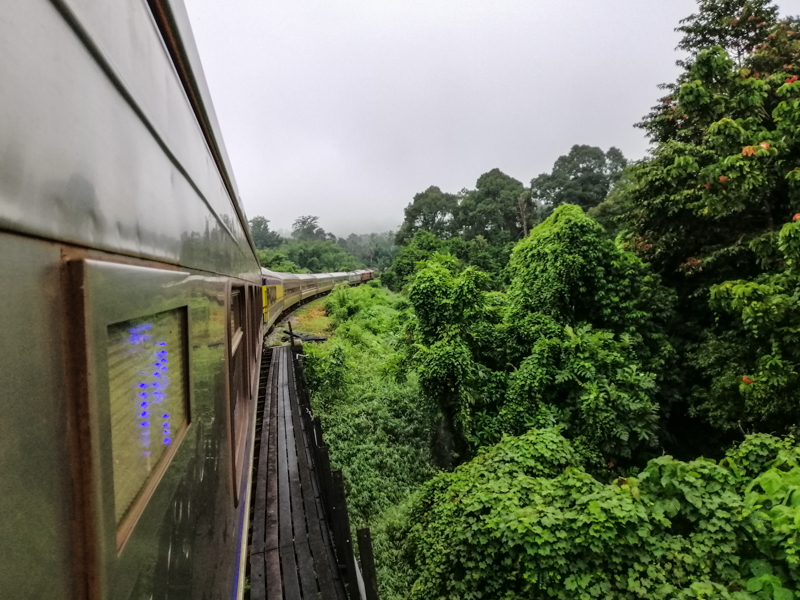

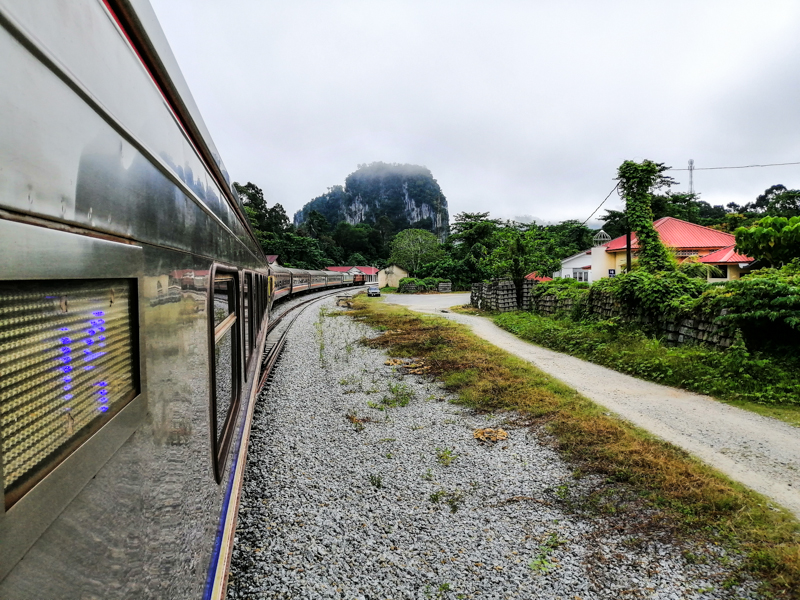
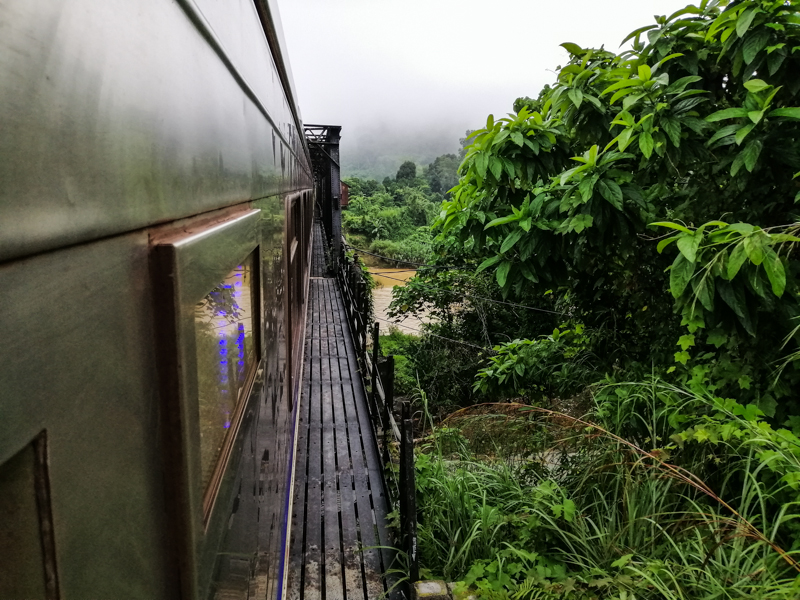

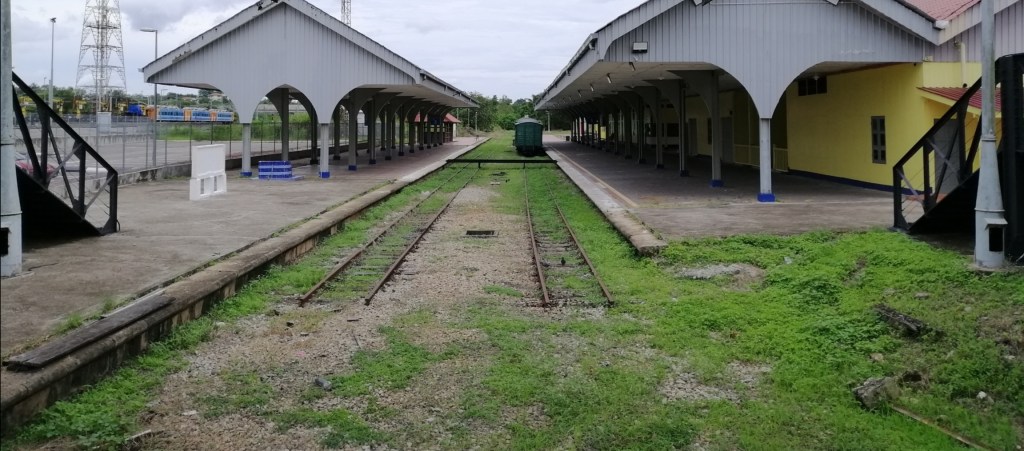

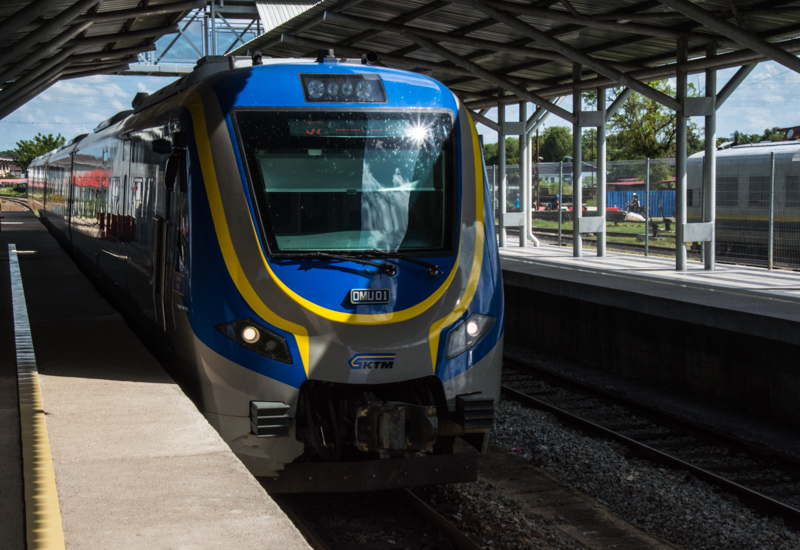
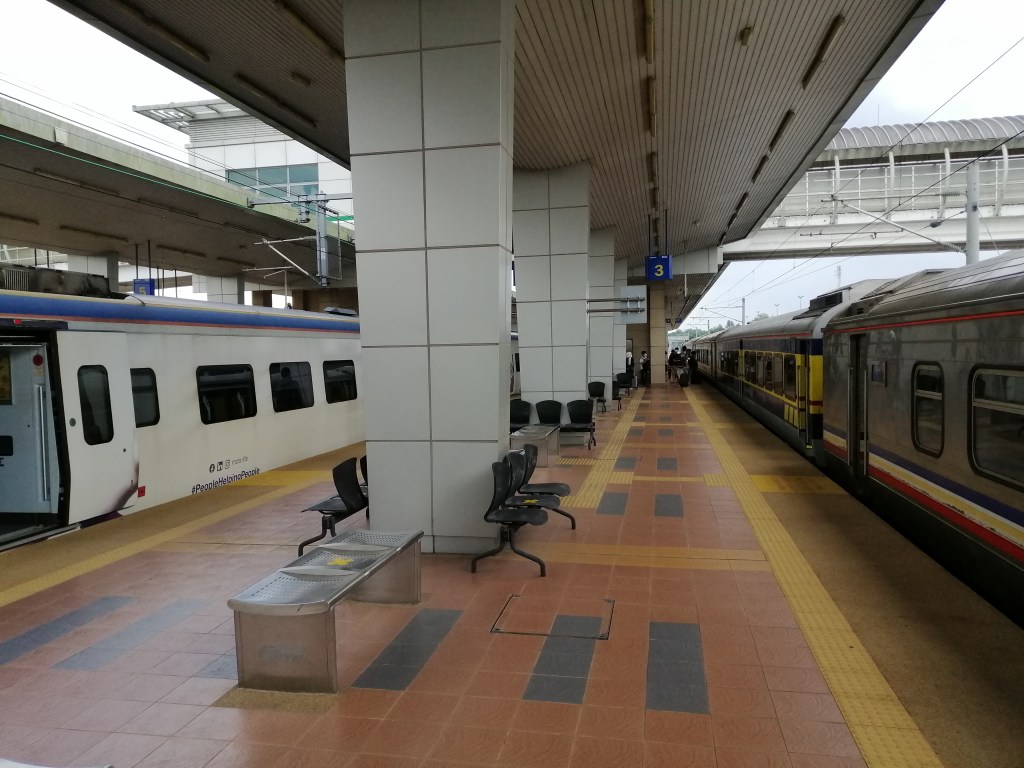

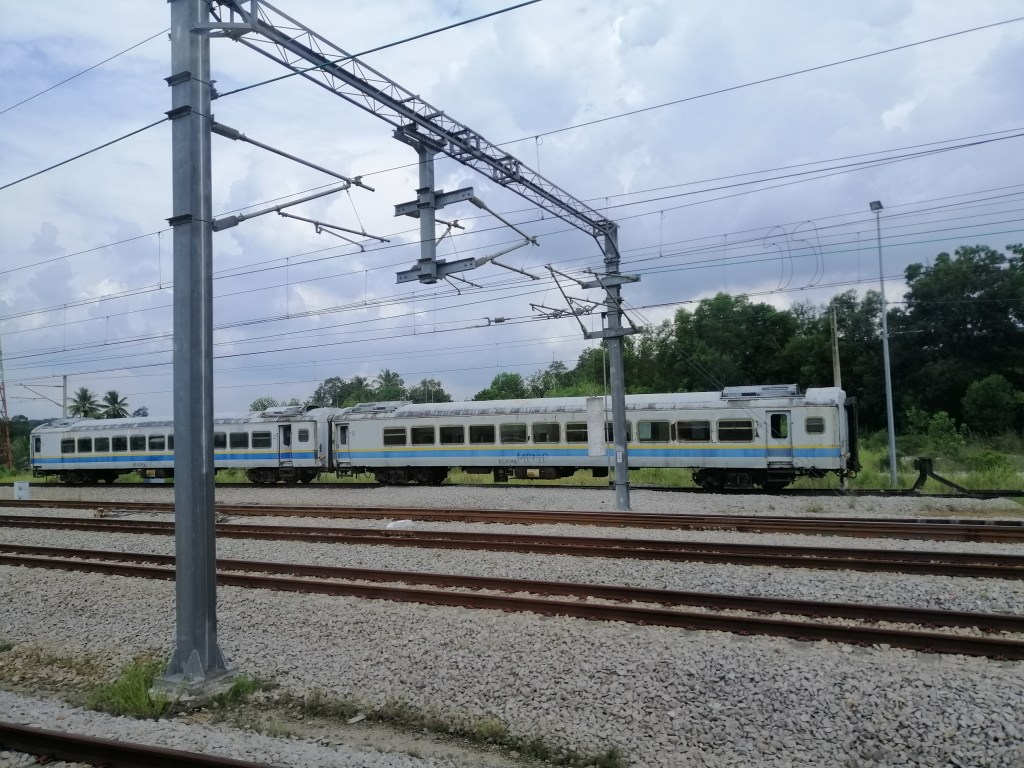

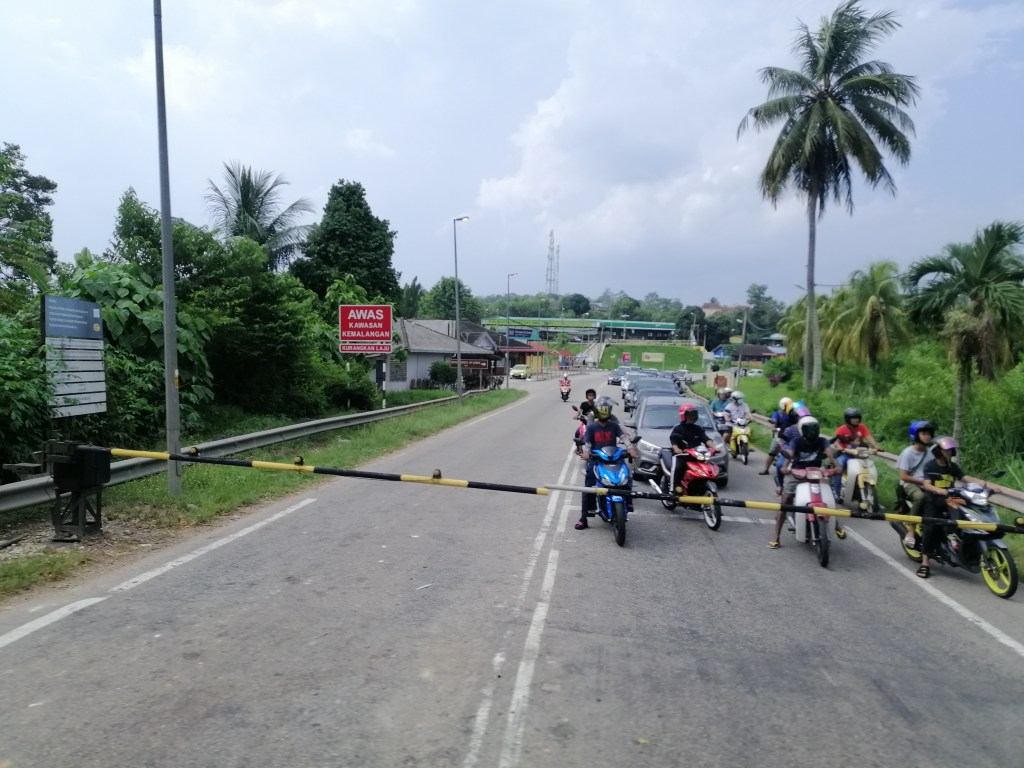
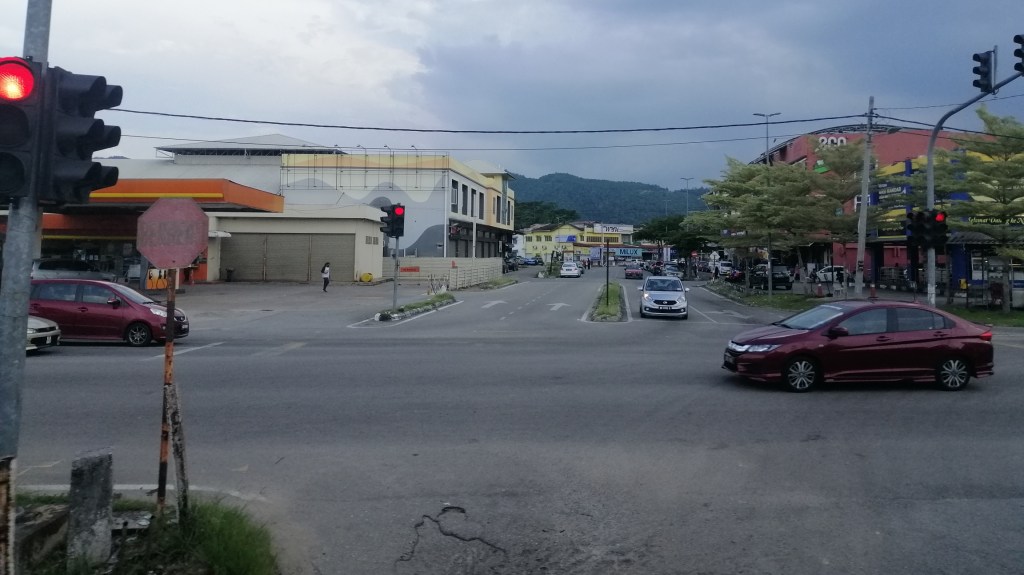

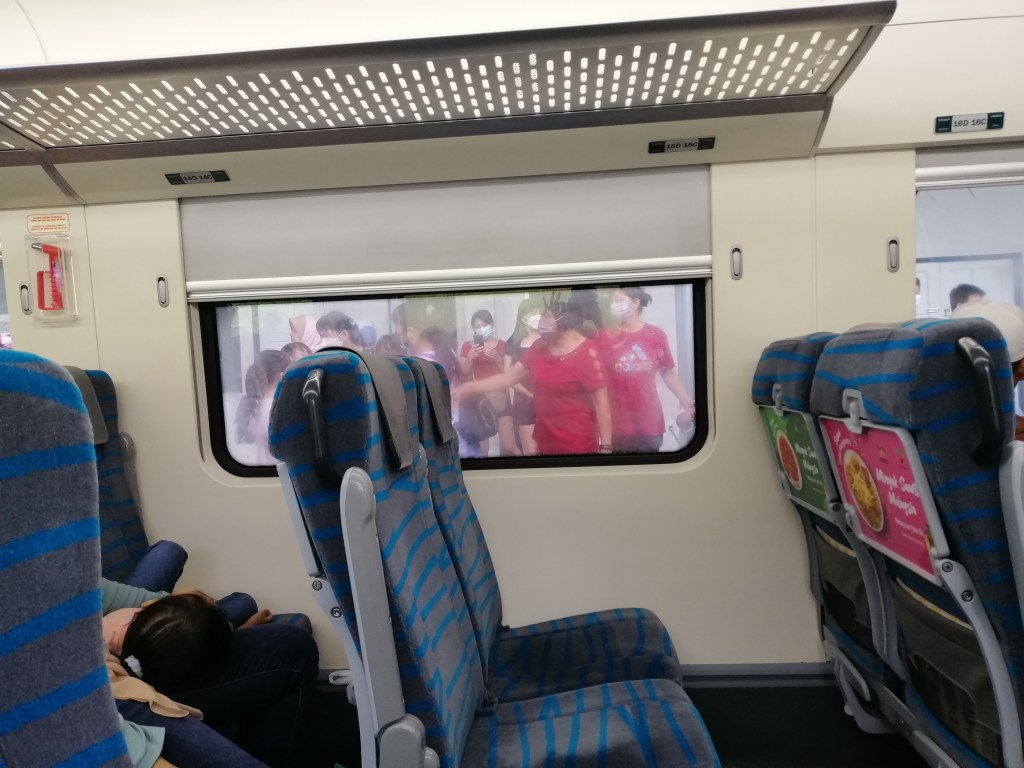
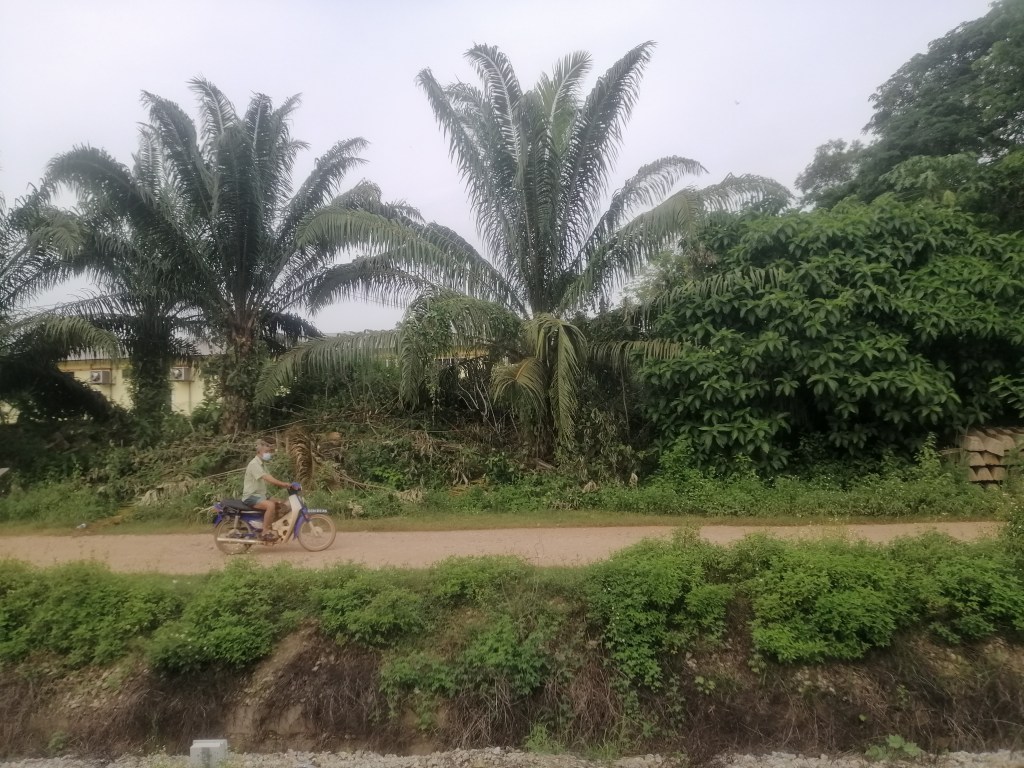


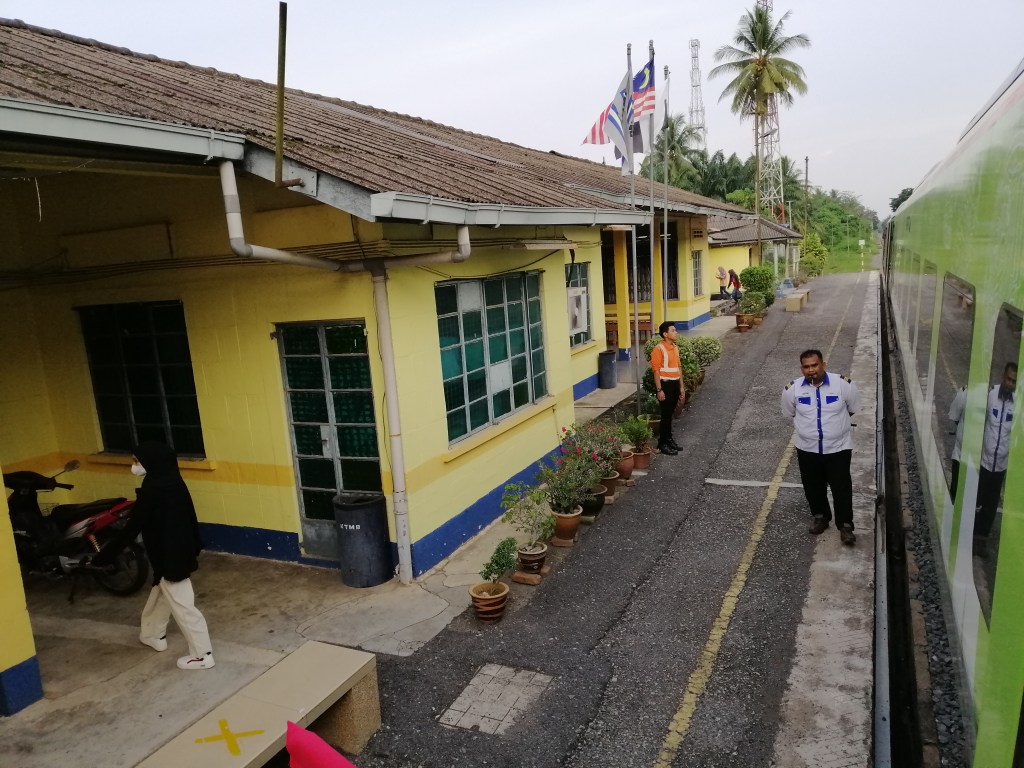

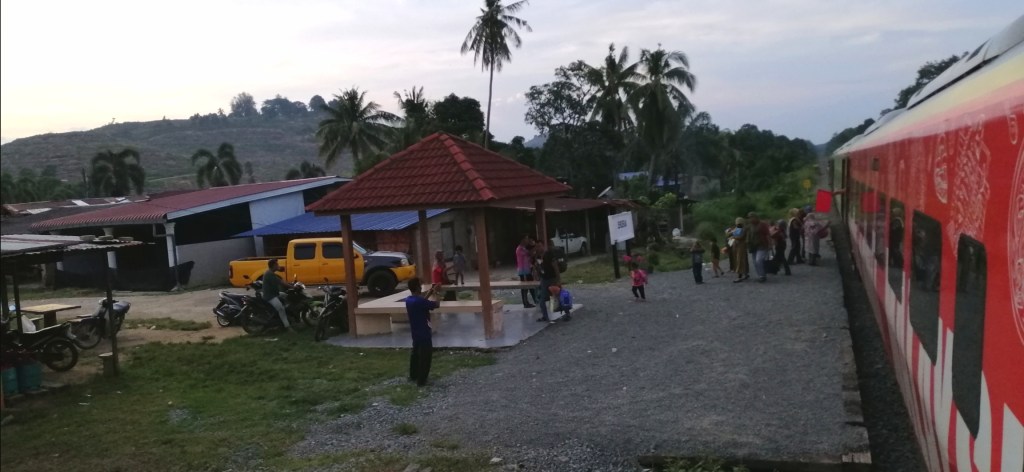
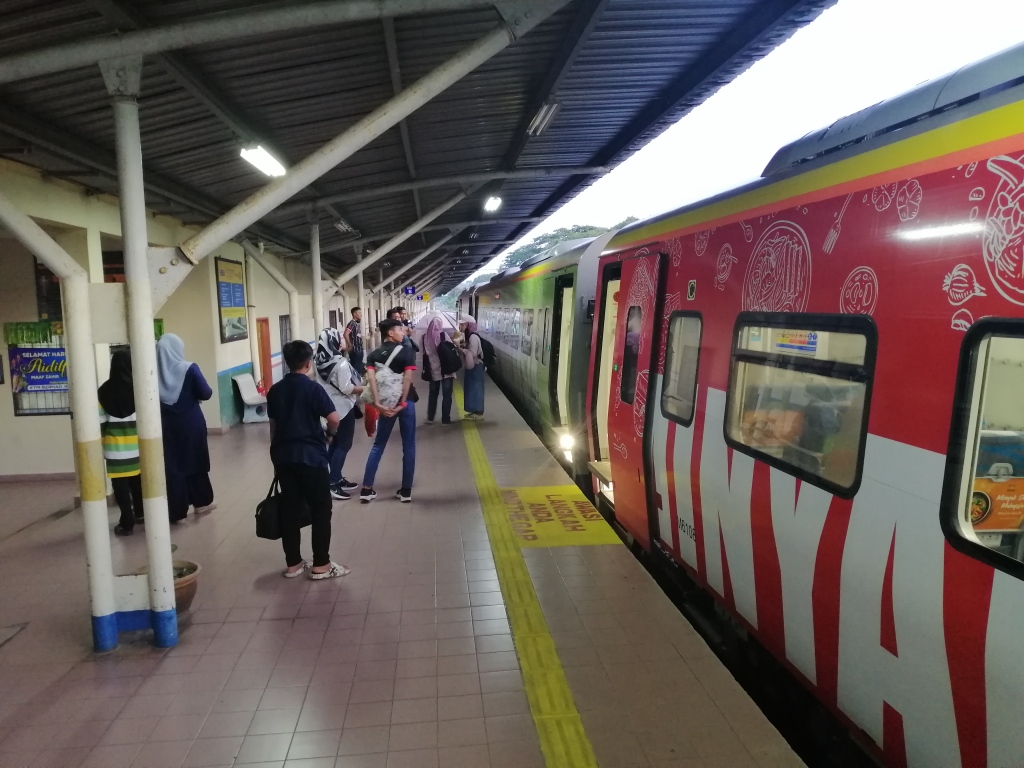
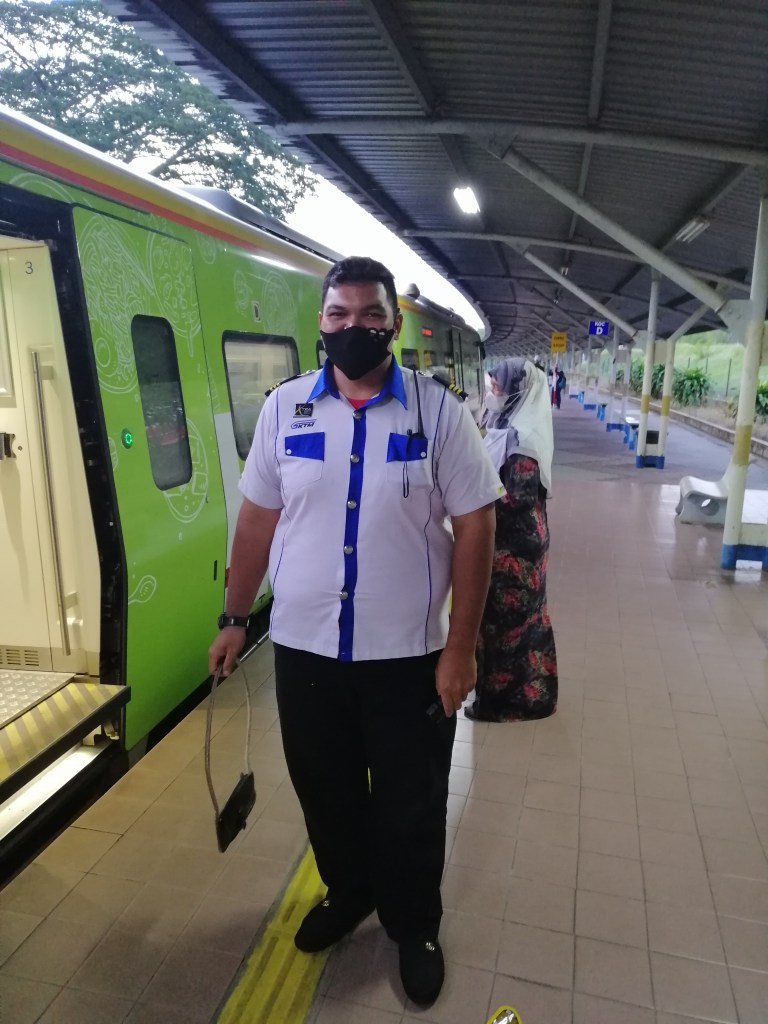
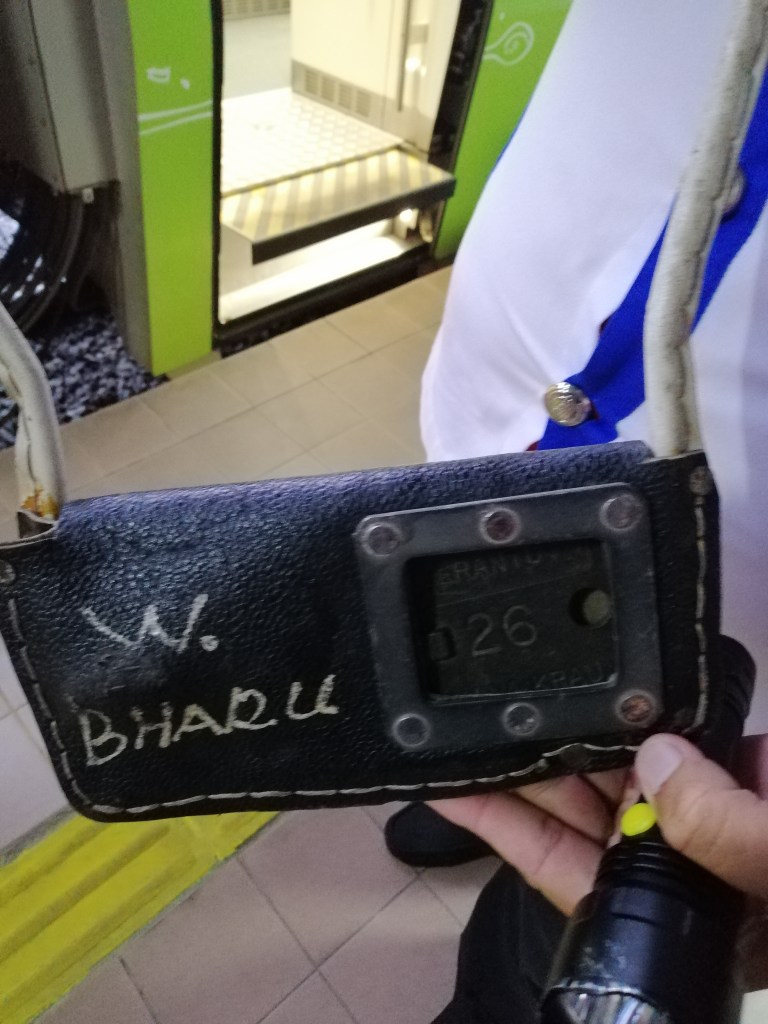
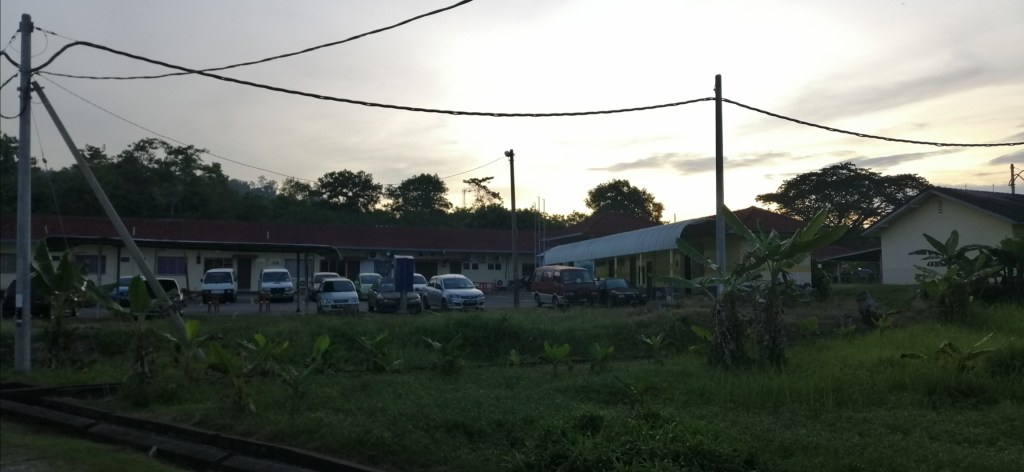

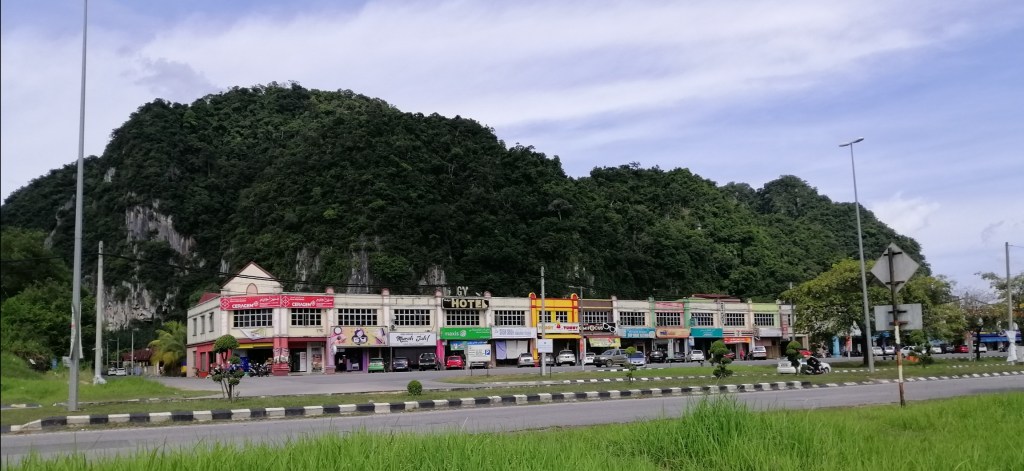
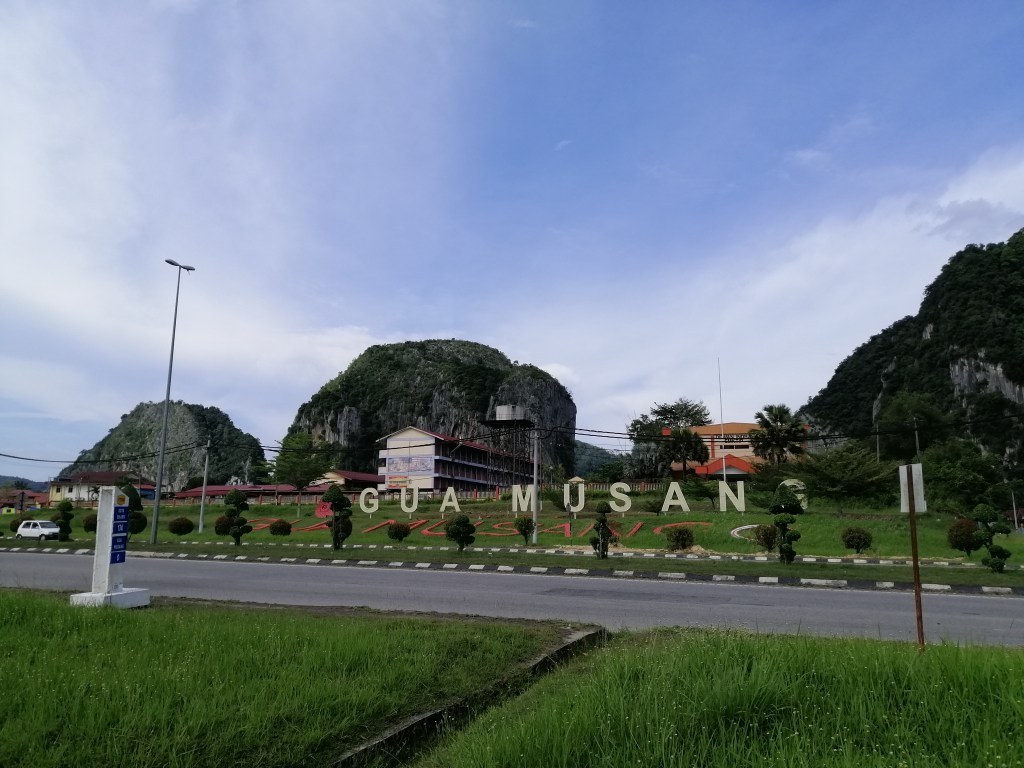


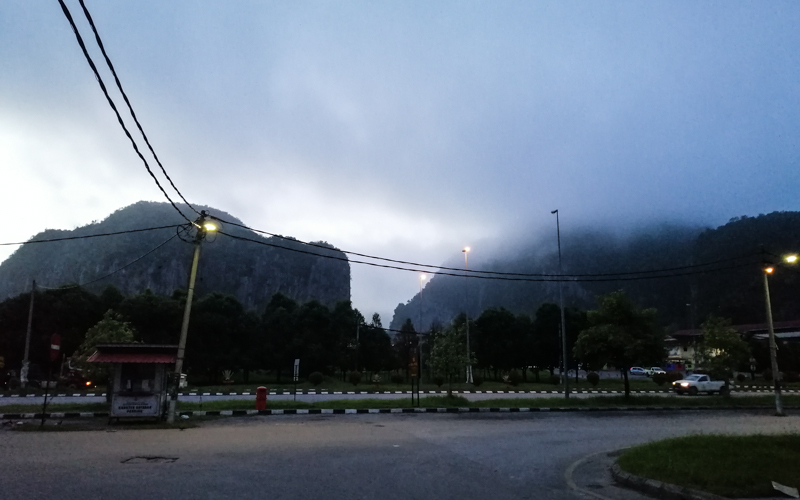

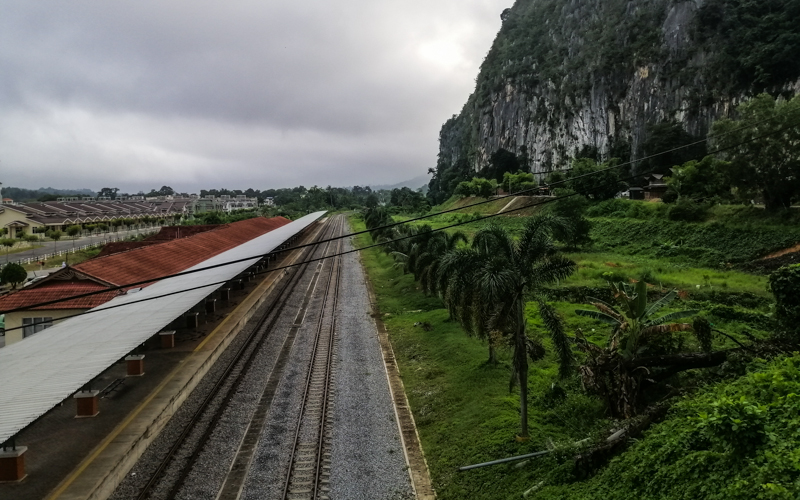
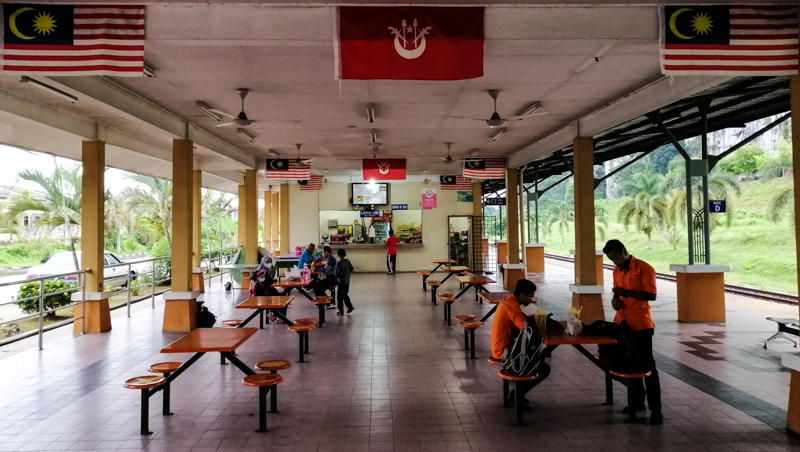
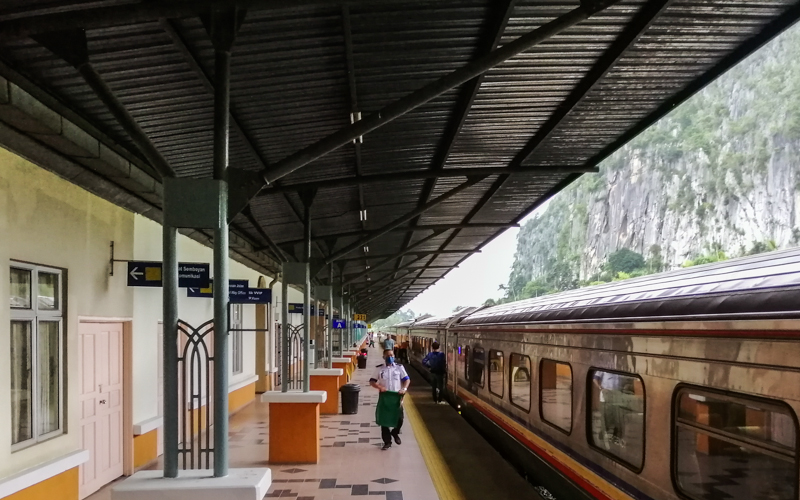


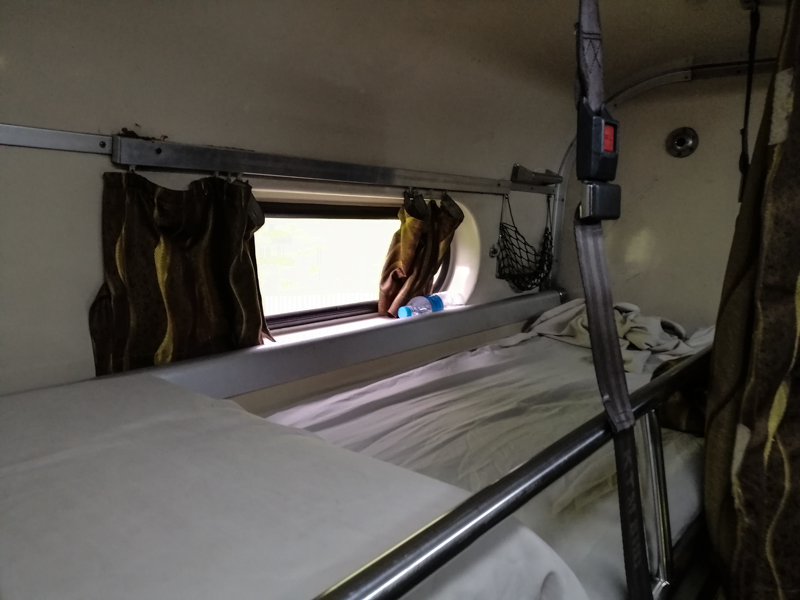





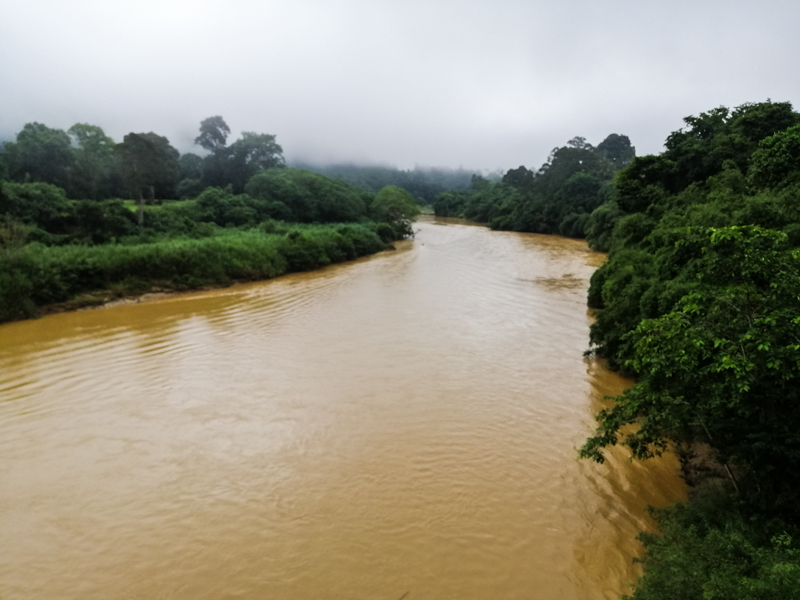
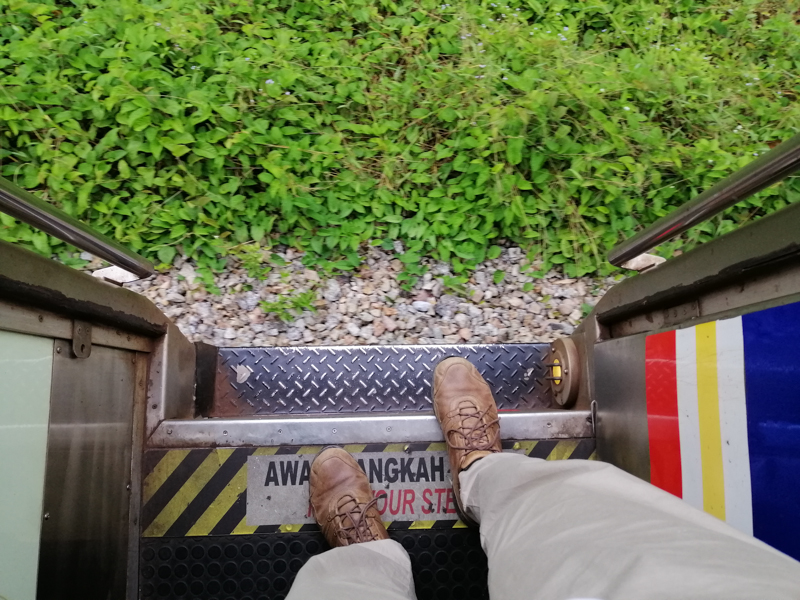
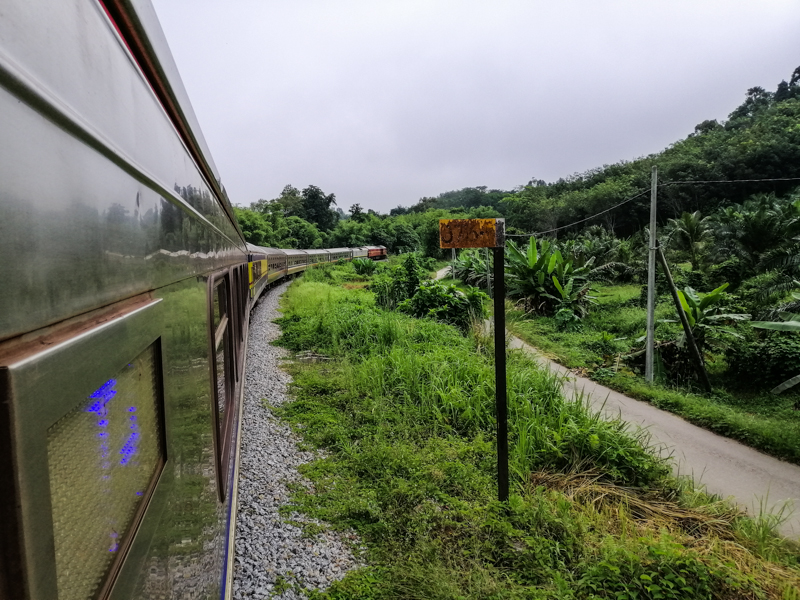
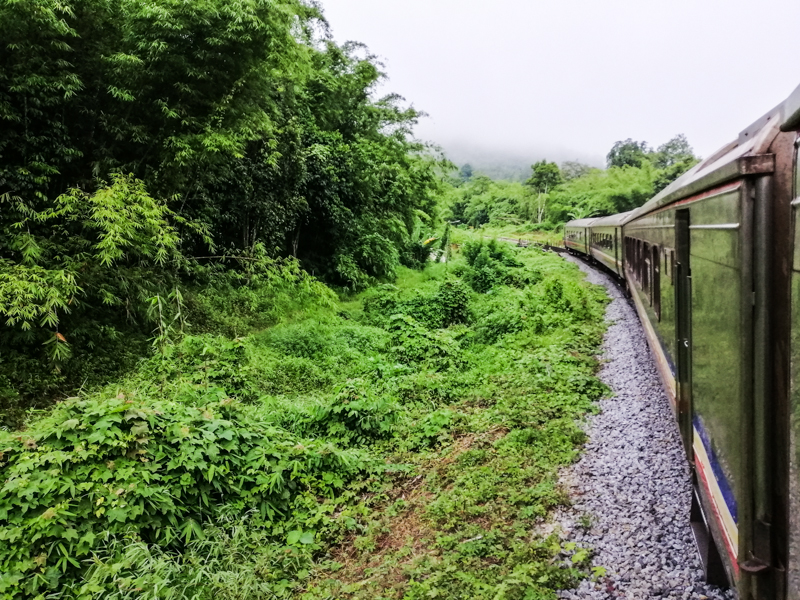
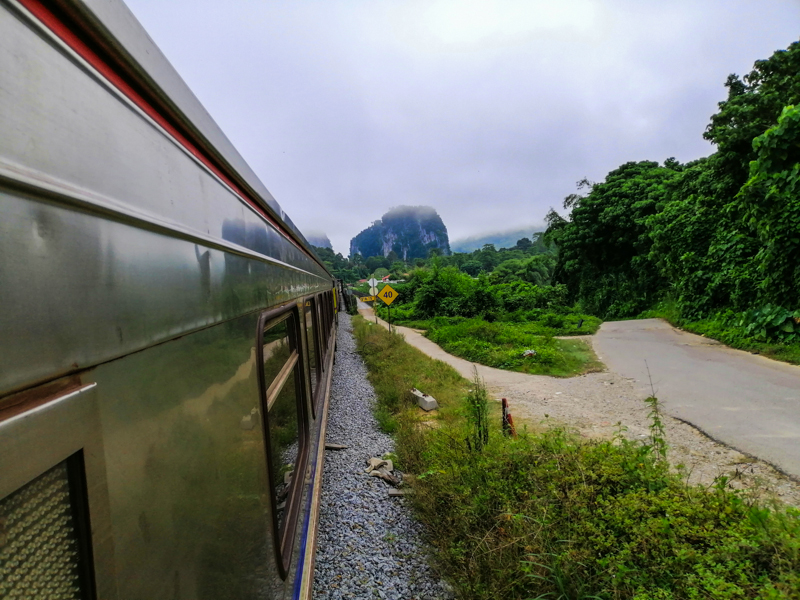
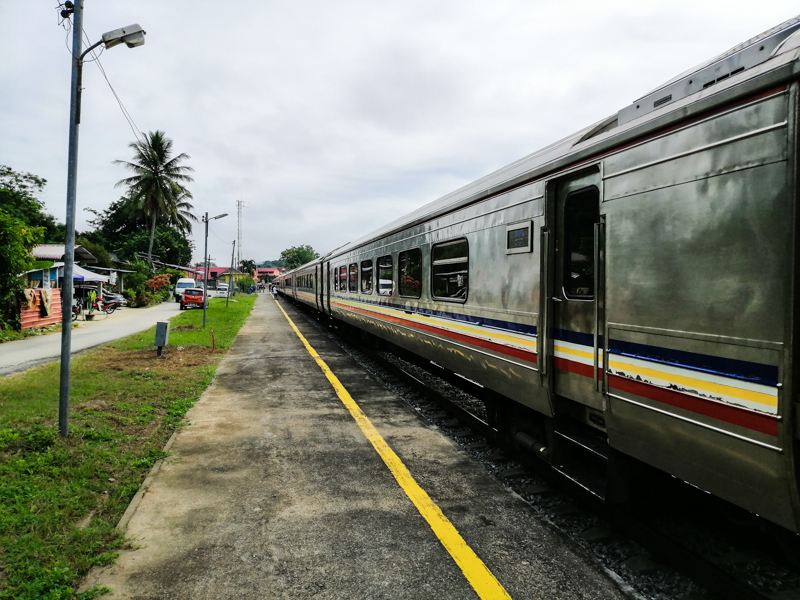
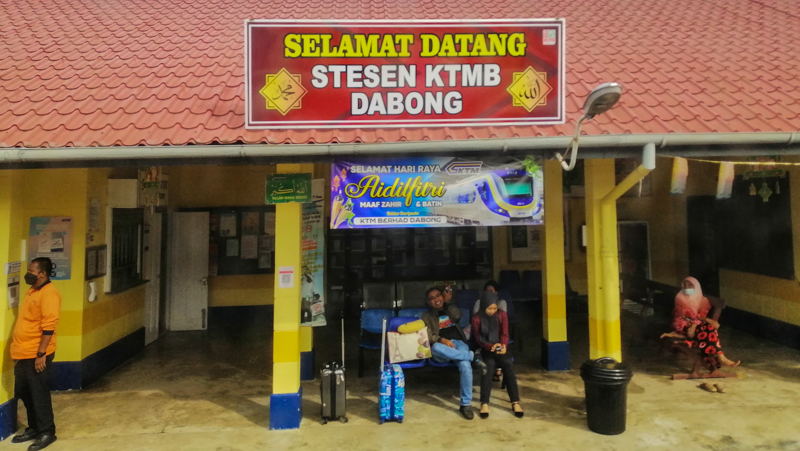

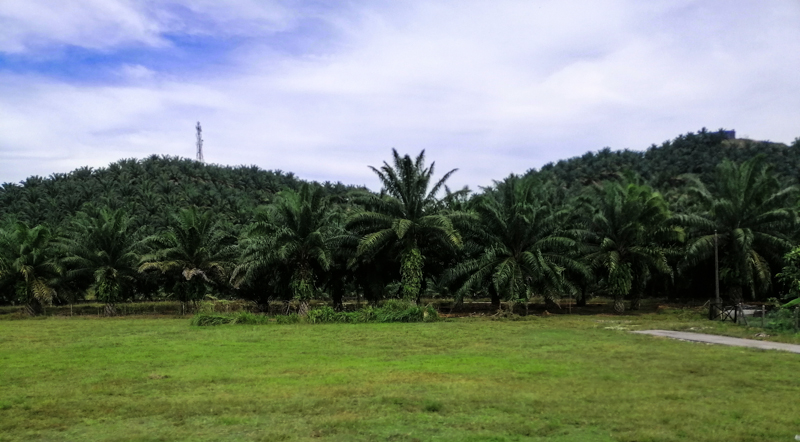
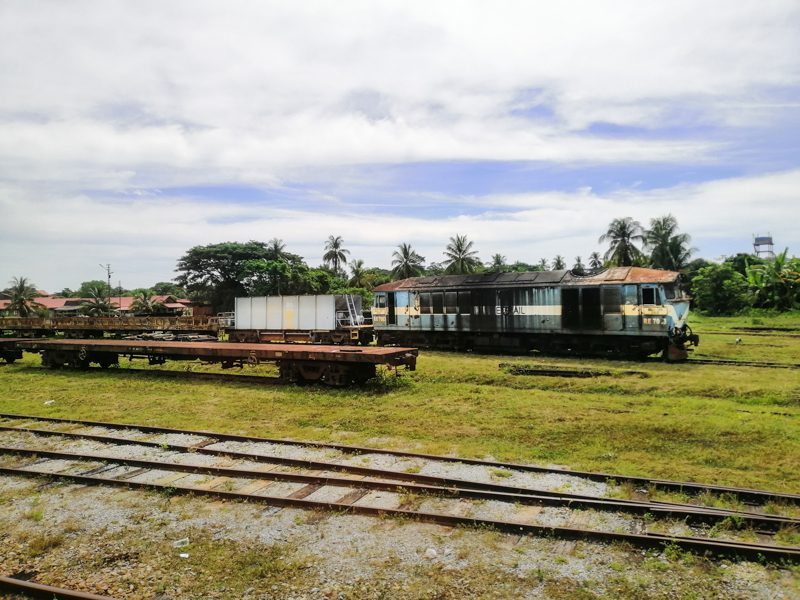
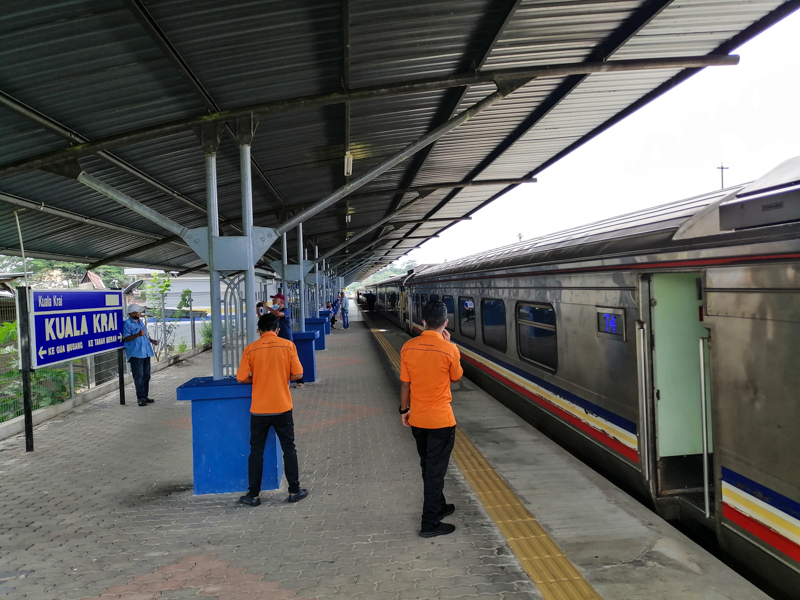



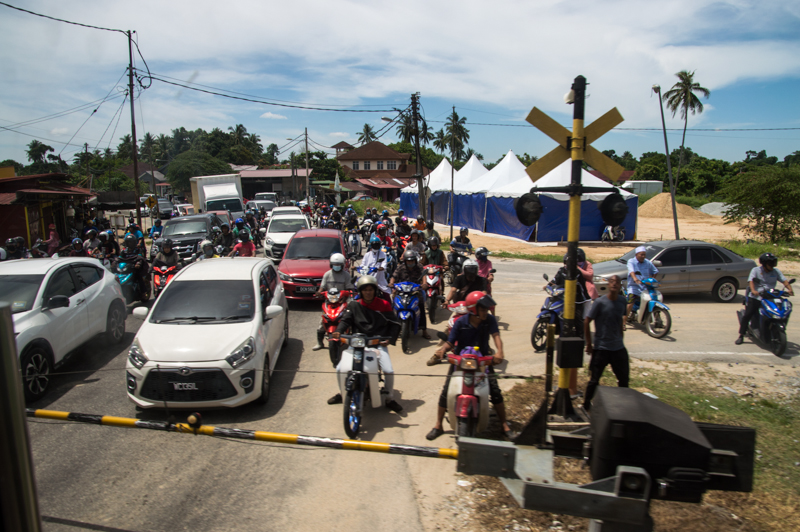


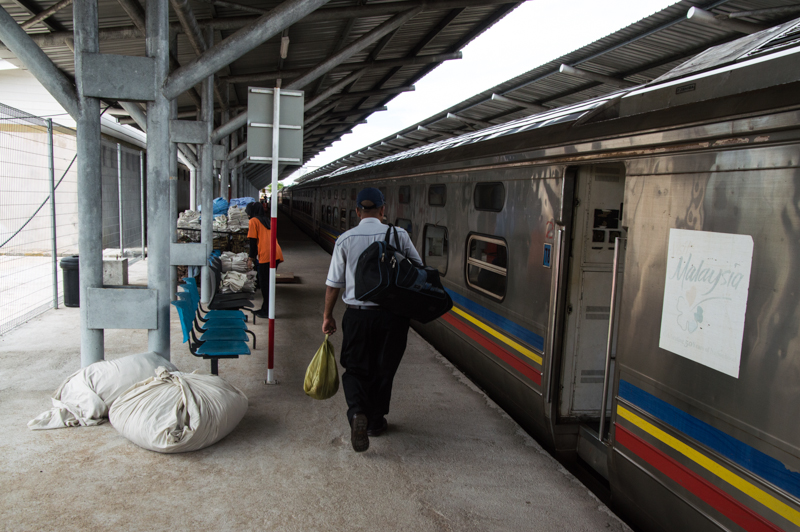
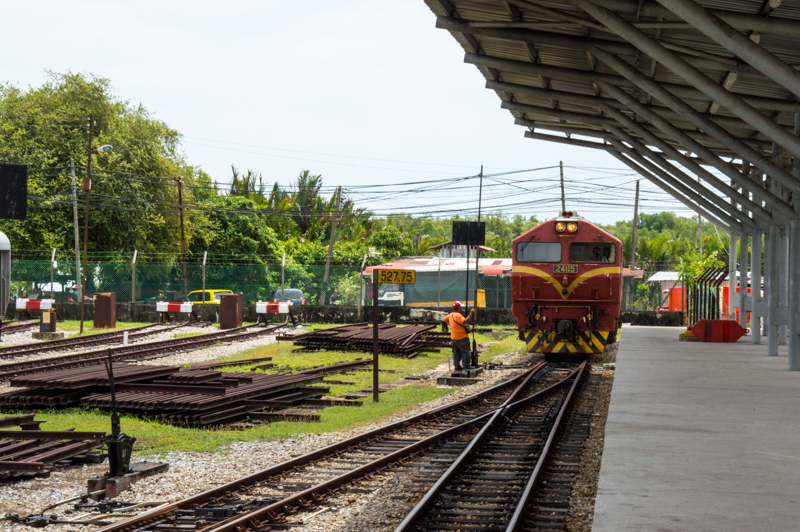
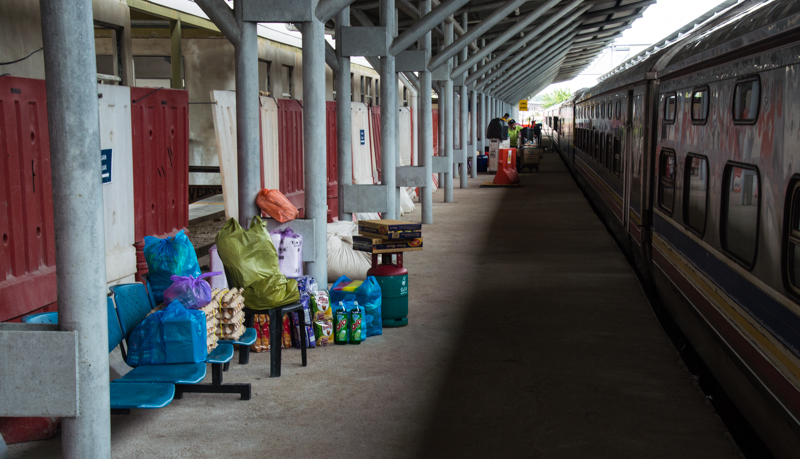

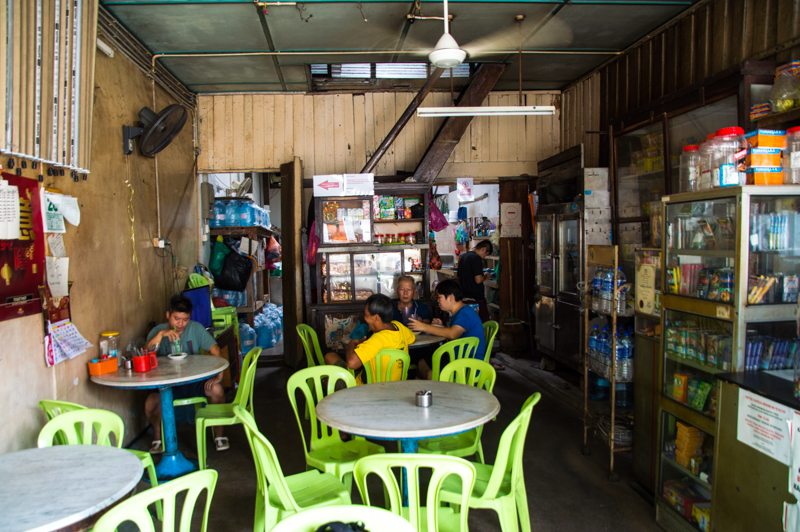

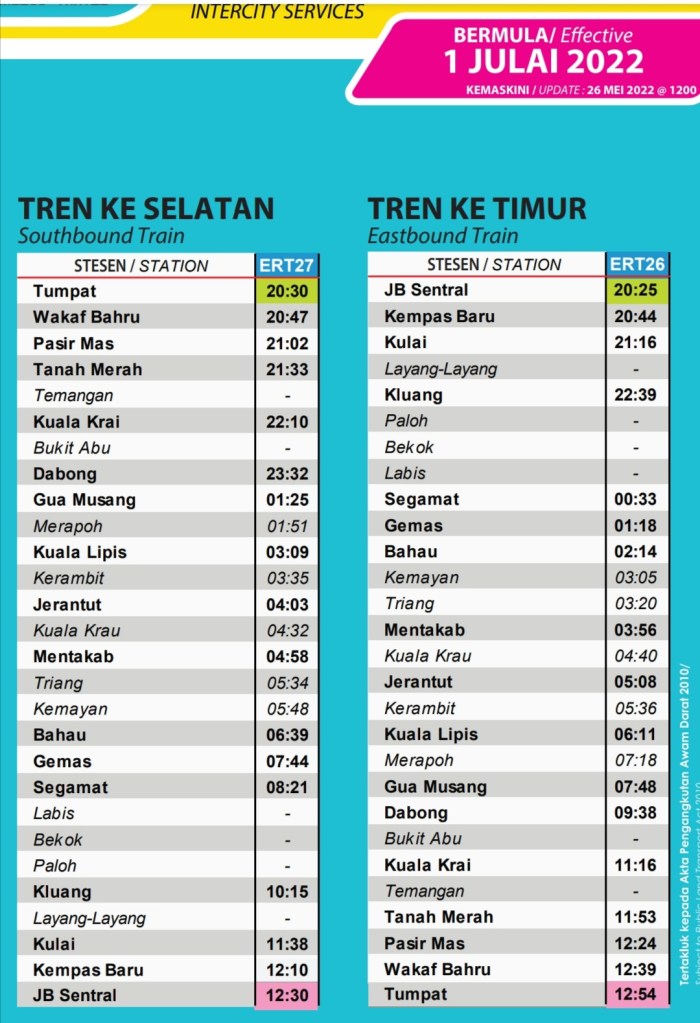



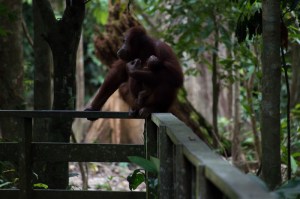
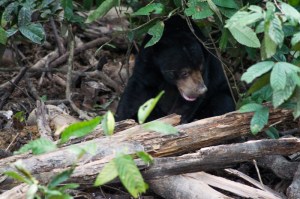 Close to the Orangutan Center is the Bornean Sun Bear Conservation Center. Malayan sun bear are the smallest bears in the world. Again, like in the orangutan center, it is about rehabilitation, reintroduction and education. Most bears are brought into the center escaping capture and hunting. Poaching is a major concern. The bears are in an enlarged enclosure and watching them in a ‘natural’ environment is great. They seem to get on with their normal business – foraging for food. Magnificent animals though.
Close to the Orangutan Center is the Bornean Sun Bear Conservation Center. Malayan sun bear are the smallest bears in the world. Again, like in the orangutan center, it is about rehabilitation, reintroduction and education. Most bears are brought into the center escaping capture and hunting. Poaching is a major concern. The bears are in an enlarged enclosure and watching them in a ‘natural’ environment is great. They seem to get on with their normal business – foraging for food. Magnificent animals though.
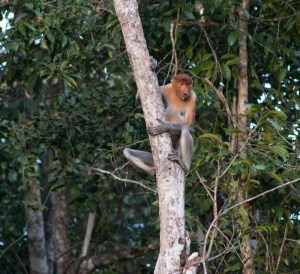
 After lunch we headed to Gomantong Caves (optional). It is known for its resident, mainly, colony of the wrinkle-lipped free-tailed bats. It was an interesting walk through the forest aided by wooden steps to get to the cave entrance. this is Simud Hitam Cave. It was dark and had a strong odor of bat droppings (guano). These make great organic fertilizers. Aided by torch and head lights, we managed to make our way slowly. I could see the floor moving – giant cockroaches and spiky (centipede-like) insects. Above, chatter from bats. The entire wooden walkway is slippery from water seeping through the limestone. In the middle, a shaft of light and greenery. An exposed section and an outlet for bat to enter and exit. Permanent ropes hung from the ceilings. These are used to collect swiftlet bird’s nest high on the walls. A dangerous and arduous job to collect them. Any false move, a 90m fall into the guano heap below. At the entrance, an owl was perched on a tree branch waited patiently in anticipation. In the skies above, falcons swirled. Why? Well, like us, they too are waiting for the daily dusk exodus of bats from the caves. Unlike us, they want to feast on them. Finally, the exodus began in batches. I could only see them as black dots in the sky. They swayed like music cords. They were in their thousands. An impressive sight indeed.
After lunch we headed to Gomantong Caves (optional). It is known for its resident, mainly, colony of the wrinkle-lipped free-tailed bats. It was an interesting walk through the forest aided by wooden steps to get to the cave entrance. this is Simud Hitam Cave. It was dark and had a strong odor of bat droppings (guano). These make great organic fertilizers. Aided by torch and head lights, we managed to make our way slowly. I could see the floor moving – giant cockroaches and spiky (centipede-like) insects. Above, chatter from bats. The entire wooden walkway is slippery from water seeping through the limestone. In the middle, a shaft of light and greenery. An exposed section and an outlet for bat to enter and exit. Permanent ropes hung from the ceilings. These are used to collect swiftlet bird’s nest high on the walls. A dangerous and arduous job to collect them. Any false move, a 90m fall into the guano heap below. At the entrance, an owl was perched on a tree branch waited patiently in anticipation. In the skies above, falcons swirled. Why? Well, like us, they too are waiting for the daily dusk exodus of bats from the caves. Unlike us, they want to feast on them. Finally, the exodus began in batches. I could only see them as black dots in the sky. They swayed like music cords. They were in their thousands. An impressive sight indeed. From Sandakan we headed to the wonderful Rainforest Discovery Center close to Sipilok Orangutan Sanctuary. This is a great way to explore the Borneo Rainforest. Not only at ground level but also with an aerial experience via the several canopy walks. Seeing eye level of treetops is amazing. A bird’s eye view of the forest below. however, with our guide’s schedule, we managed about 1.5 hrs.
From Sandakan we headed to the wonderful Rainforest Discovery Center close to Sipilok Orangutan Sanctuary. This is a great way to explore the Borneo Rainforest. Not only at ground level but also with an aerial experience via the several canopy walks. Seeing eye level of treetops is amazing. A bird’s eye view of the forest below. however, with our guide’s schedule, we managed about 1.5 hrs.
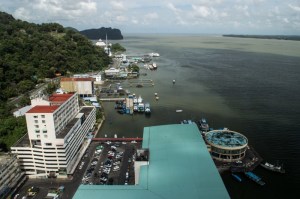


 A great way to experience this old town is walking the Sandakan Heritage Trail (about 2hrs) – we started at the old town’s 100 year old Masjid Jamek – a quaint square with William Pryer Monument and the Sandakan Heritage Museum – a steep climb on the a rather unkempt 100 steps staircase through a forest surrounding – sipped tea amidst great sea views at English Tea House with an English colonial architecture – Agnes Keith Memorial, then called Newlands. Once occupied by American author, Agnes Newton Keith, amongst which wrote the Land Below The Wind in 1939 – little remains of an old staircase to nowhere – pay respects at Kun Yum Temple (Goddess of Mercy Temple) – Saint Michael’s and All Saints Church – Sum Sing Kung (Temple of Three Saints), opposite the town field and back to town. A short ride to Puu jih Syh Temple, high on a mountain, provides wonderful views of rustic Sandakan and its coast.
A great way to experience this old town is walking the Sandakan Heritage Trail (about 2hrs) – we started at the old town’s 100 year old Masjid Jamek – a quaint square with William Pryer Monument and the Sandakan Heritage Museum – a steep climb on the a rather unkempt 100 steps staircase through a forest surrounding – sipped tea amidst great sea views at English Tea House with an English colonial architecture – Agnes Keith Memorial, then called Newlands. Once occupied by American author, Agnes Newton Keith, amongst which wrote the Land Below The Wind in 1939 – little remains of an old staircase to nowhere – pay respects at Kun Yum Temple (Goddess of Mercy Temple) – Saint Michael’s and All Saints Church – Sum Sing Kung (Temple of Three Saints), opposite the town field and back to town. A short ride to Puu jih Syh Temple, high on a mountain, provides wonderful views of rustic Sandakan and its coast.

